Porsche 911 (992) (2019 – Present) Story & History
Type 992 – The 8th Generation Porsche 911
Porsche 911 992 Carrera Coupé/Targa/Cabriolet
Official photos: 2018 November 27 / Premiere: 2018 November 27 at Porsche Experience Center Los Angeles / Market launch: 2019 (as a 2020 model)
The design of the 992-generation 911 is closer than ever before to the 993-generation that ceased production in 1998. The majority of porschephiles agree the 911 design reached its peak with the 993. The front lid now has the groove in the middle (not so embossed as on the 993, but still) and the lid’s front edge is straight, not curvy as it has meanwhile been on the 997 and 991 generations. While the 992 got good design stuff from the 993, its overall stance – its proportions and size – are naturally closer to the 991.
The curvy shape of the fenders, especially at the back, is closer to the 993 than ever before. The 993 was followed by the 996-generation which got its aerodynamic design from the Boxster, so it was sleek and didn’t look as good as it should have. The majority of Porsche fans are not racing drivers, so they are more interested in better looks than in better aerodynamics. The wheel arches have protruded again ever since the 997 generation was launched in 2004. In 2011, the 991-generation 911 once again got wider fenders, but the 992 even tops that. While the 992’s rear end width stayed the same as on the widebody 991, at the front, the body width was increased by 1.8″/45 mm, making room for the wider front track. The rear end now also has the same width across all engine versions. That is really good news for the people who prefer sports cars with rear wheel drive, but at the same time want the wide body. All the versions also have the 911 trademark rear lamp panel that during the 996, 997 and 991 generations was reserved only for the 4S version. The lamp panel design language is from the 971-generation Panamera (launched in 2016), but the upper edge of the lamps is completely straight. Straight rear lamp panel is another cool design feature from the air-cooled era nine-elevens!
The 997 was the last completely Porsche-designed 911 and Volkswagen bought Porsche when the designing of the 991 had started. So, the 991 was a mix product between Porsche and Volkswagen. This meant that in addition to the traditional Porsche option codes, the 991 already had a few Volkswagen build codes. The 992 is the first 911 designed completely under Volkswagen, so all its build and option codes have the Volkswagen format like the Cayenne and the Macan have had from the beginning.
New tech ads weight
The 992 engine has the compulsory particulate filter which adds around 10 kg/22 lb. The injection technology is new – efficiency has been increased by way of an improved injection process and a new layout for the turbochargers and charge air cooling system.
The PDK multi-clutch automatic transmission has 8 speeds. The first gear has a shorter gear ratio than before, which better matches lower gears to the turbocharged engines. The 8-speed PDK is 20 kg /44 lb heavier than the previous 7-speed PDK in the 991.
Cars with manual transmission come with rear differential lock and Sport Chrono package with automatic rev-match function. When the driver shifts down, this function automatically opens the throttle to increase the engine speed to match the gearbox speed.
The body is constructed to better safeguard the occupants in the case of an accident and is 12 kg/26 lb heavier despite the full aluminium outer skin. The larger wheels are heavier, too. All in all, the 992 with the PDK is approximately 55 kg/110 lb heavier than its predecessor.
The new cabriolet roof hydraulics reduce opening time to around 12 seconds and the new engine mounting position makes the cabriolet torsionally more rigid than its predecessor. This allows – for the first time – to offer PASM Porsche Active Suspension Management sport chassis for the 911 Cabriolet. The PASM package lowers the car by 10 mm, the springs are harder, the front and rear anti-roll-bars more rigid.
The standard moving rear spoiler is wider than before. It is nicest when flush with the body and not so nice when erected (still, nicer than the 991 Carrera rear spoiler in its upper position).
A new feature is the Wet Mode. As rain sensor would not provide adequate information (the road is still wet after the rain), there are sensors in the wheel arch which detect how wet the road is. Wet road has been a rather big problem for the 911 since the 993 Turbo came with the very wide rear tyres which made the car aquaplane rather easily. Although aquaplaning cannot be minimized, the driver is now better informed.
The new optional Smartlift function allows the front end to be lifted automatically. The system saves the GPS coordinates of the current position at the push of the button and if the driver approaches this position from the same direction again, the front of the car will lift up automatically by around 1.6″/40 mm.
The interior is completely new, but classic from the first glance. The gear selector is very small and only acts to select forward or backward driving direction. The instrument cluster is similar to the latest Panamera – the central tachometer gauge is accompanied with digital screens on the left and right. The touchscreen now has a diameter of 10.9″. The car is permanently connected (while the GSM network is available) and the online navigation system is based on swarm intelligence. The new optional lightweight laminated noise-insulating glazing offers a weight advantage of around 4 kg/9 lb.
The Night Vision Assist with a thermal imaging camera is optionally available for the first time for the 911. At a distance of up to 300 metres, a thermal camera detects people and wild animals in the size of a deer or larger. The system is able to classify the relevant thermal source with the help of the camera and to distinguish an animal from a parked motorcycle with a warm engine, for example. The system highlights identified persons or large animals in yellow and displays them on the colour screen of the instrument cluster. If the system identifies a potential hazard based on the movement and position of the detected person or animal, the warning in the instrument cluster turns red and an audible warning tone sounds. In combination with the LED Matrix headlights, the detected person is also illuminated briefly three times.
Porsche 911 992 Turbo
Official photos: 2020 March 3 / Premiere: 2020, but no mass public event because of coronavirus pandemic / Market launch: 2020
The 2020 Porsche 911 Turbo is a brand new old-school car, a beautiful sight into the spirited past. In the past people were not yet thinking about saving their home planet, but from 2020 European Union has set the maximum average allowed carbon emission level at 95 g/km (9.5 kg/100 km) for new cars. The 911 Turbo has always beaten rivals with significantly better fuel mileage economy, but with more than 250 g CO2/km (25 kg/100 km), the 992 Turbo is still more than 2.5 times more polluting than EU expects from a brand new car launched in 2020. If there weren’t the Panamera and the Cayenne hybrids and especially the fully electric Taycan balancing out the carbon emissions of the Porsche sportscars, the fine for every new 992 Turbo sold in EU would be more than 15.000 euros.
Fastest launching 911 ever
Compared to the most powerful 911, the 991 GT2 RS, the 992 Turbo S has 37 kW less, but thanks to 4-wheel-drive the car is 0.1 seconds faster in the sprint. It is the fastest launching 911 ever built! The acceleration of the 992 Turbo S is absolutely insane. A few full-power launches from standstill and the car literally makes the passenger feel sick – you have to be an astronaut to stand the rocket ship G-forces!
Lightweight Design pack
The Lightweight Design package for the Coupé with the bucket seats, the omission of the rear seats and less insulation reduces the vehicle’s weight by around 30 kg/66 lb.
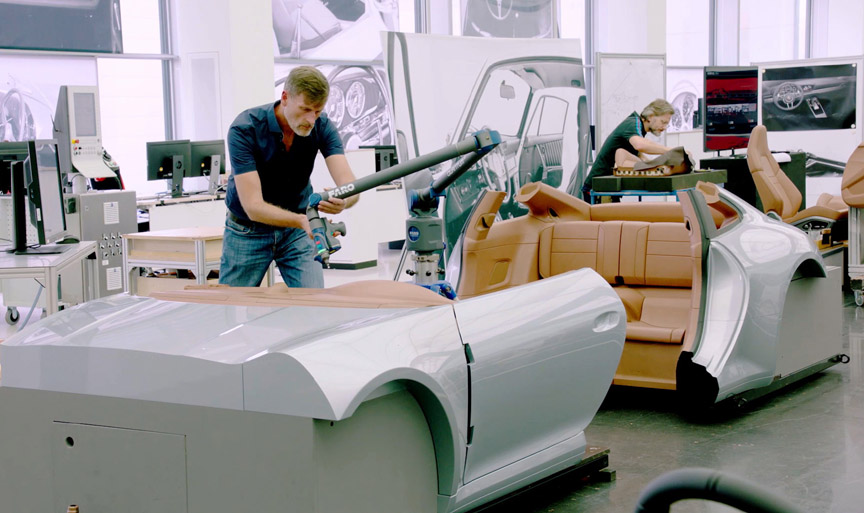
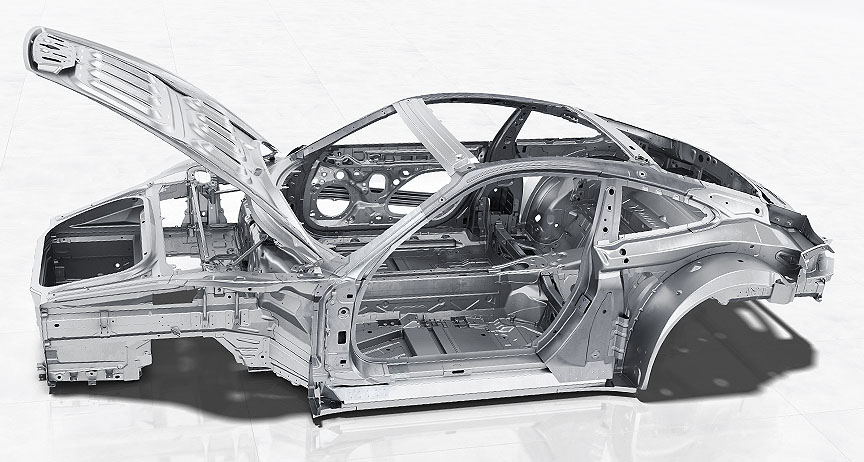
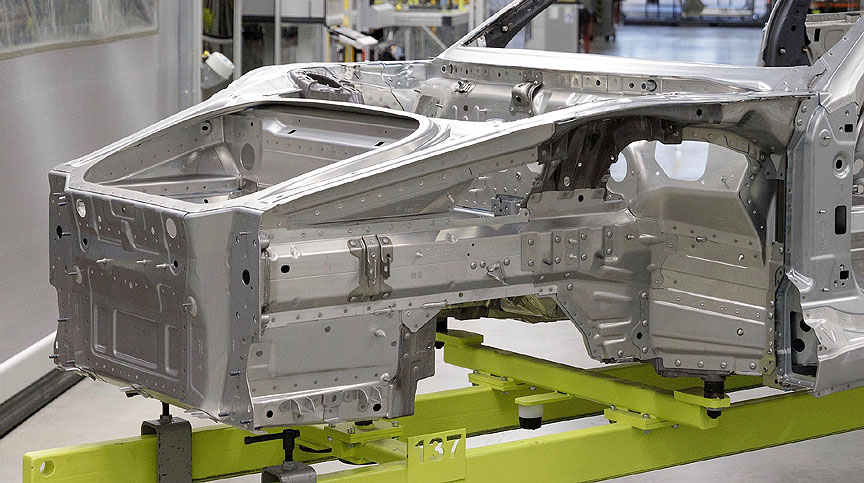
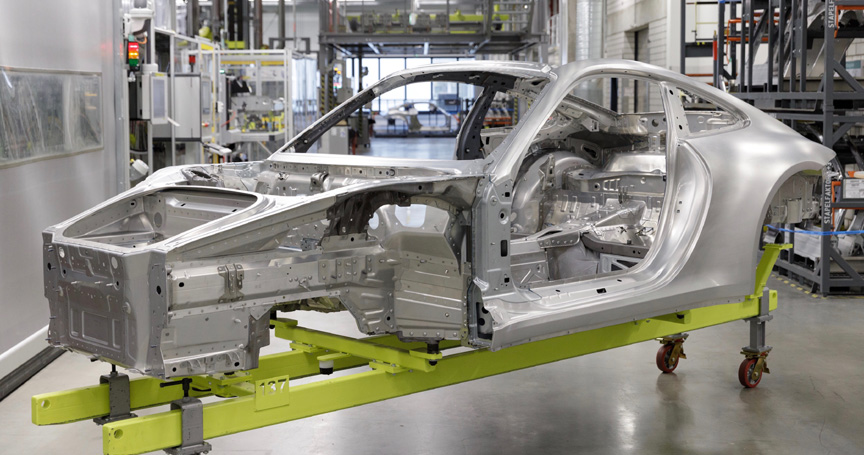
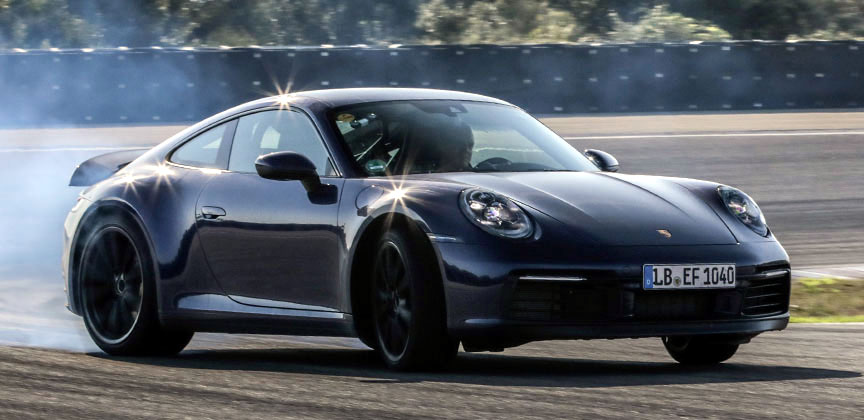
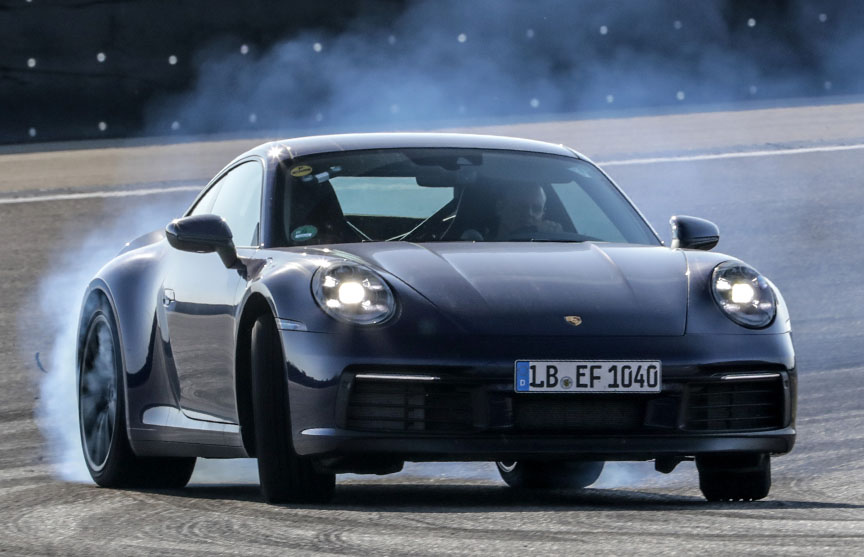
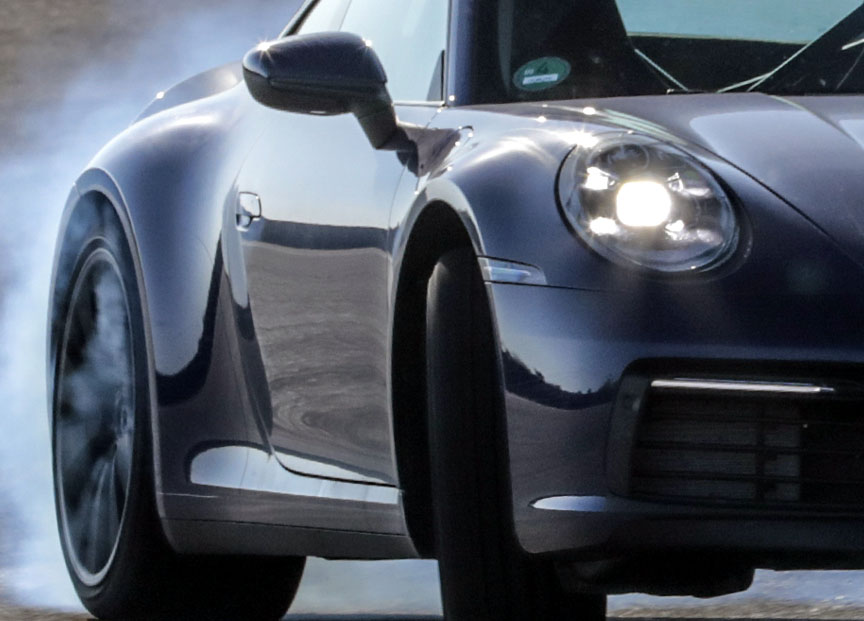
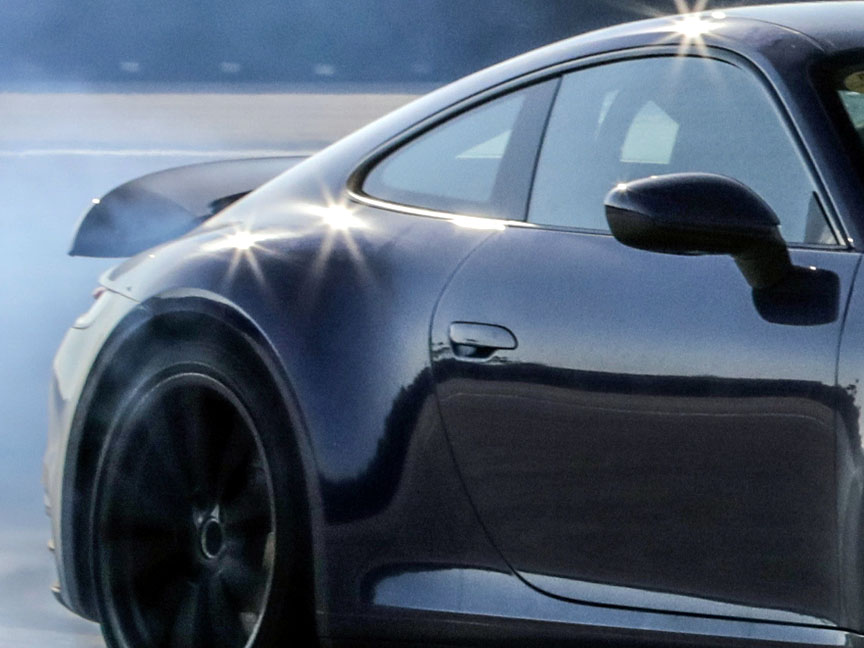
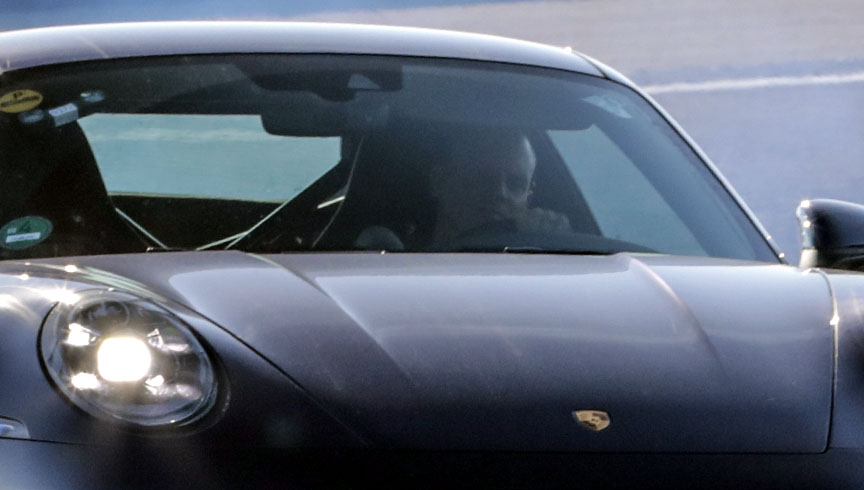
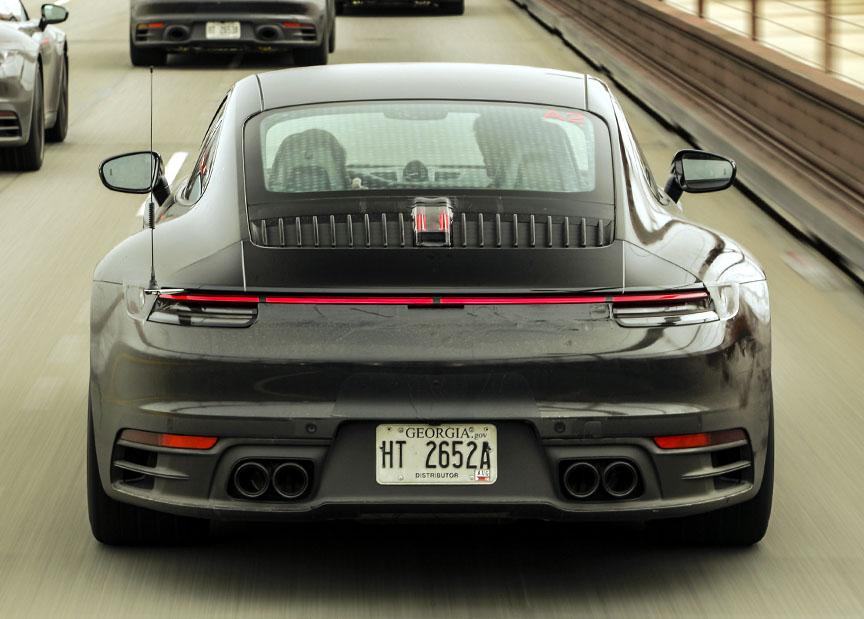
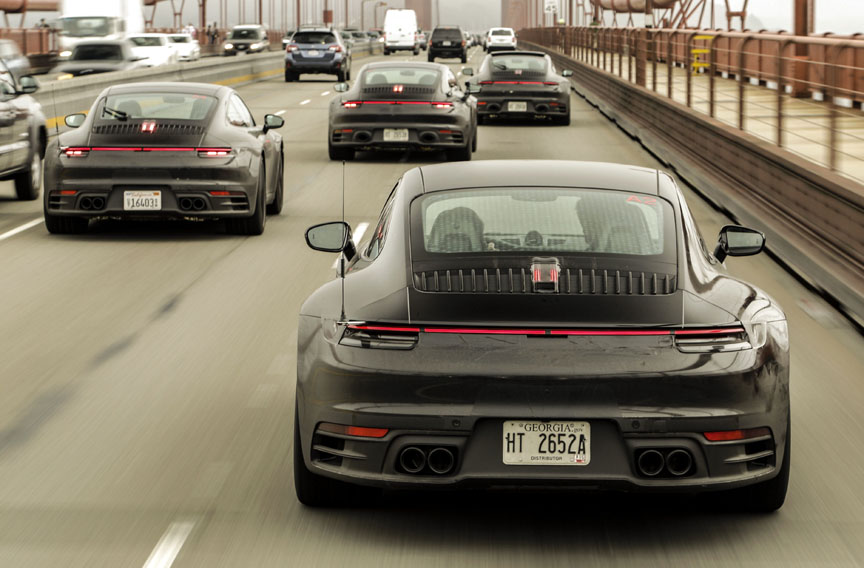
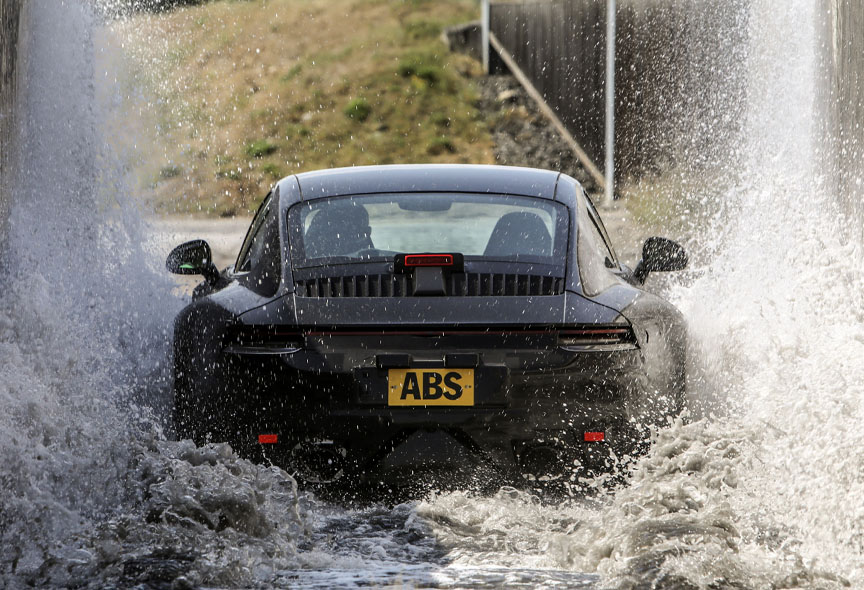
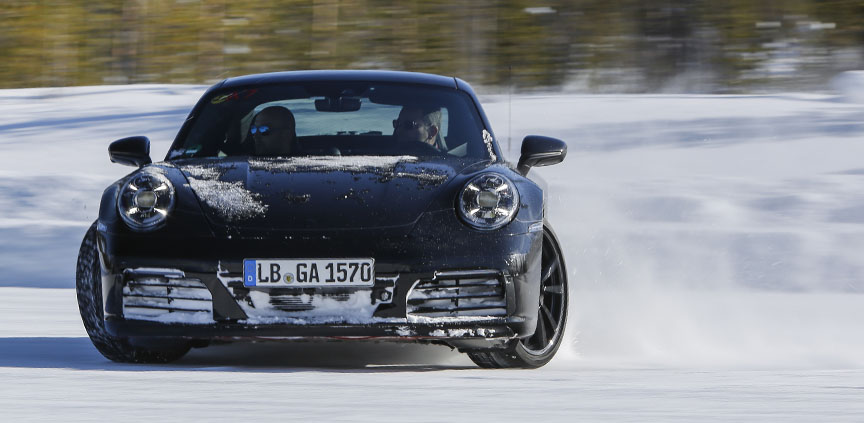
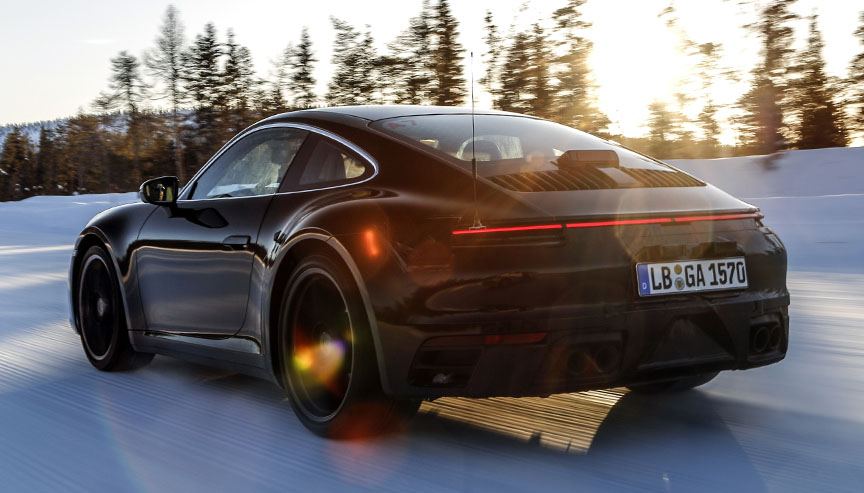
The 992 generation 911 was launched at the Porsche Experience Center Los Angeles in Carson on November 27, 2018.
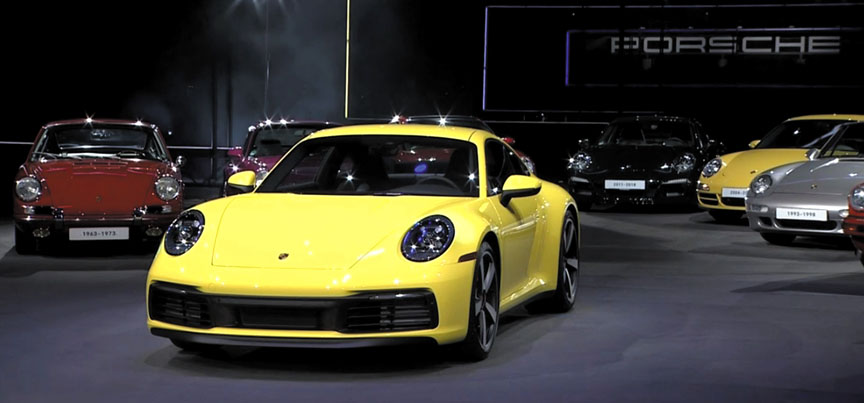
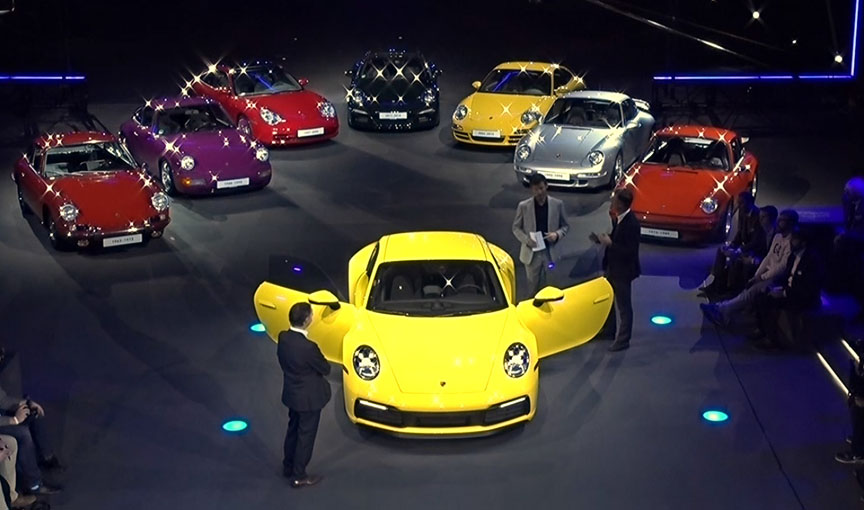
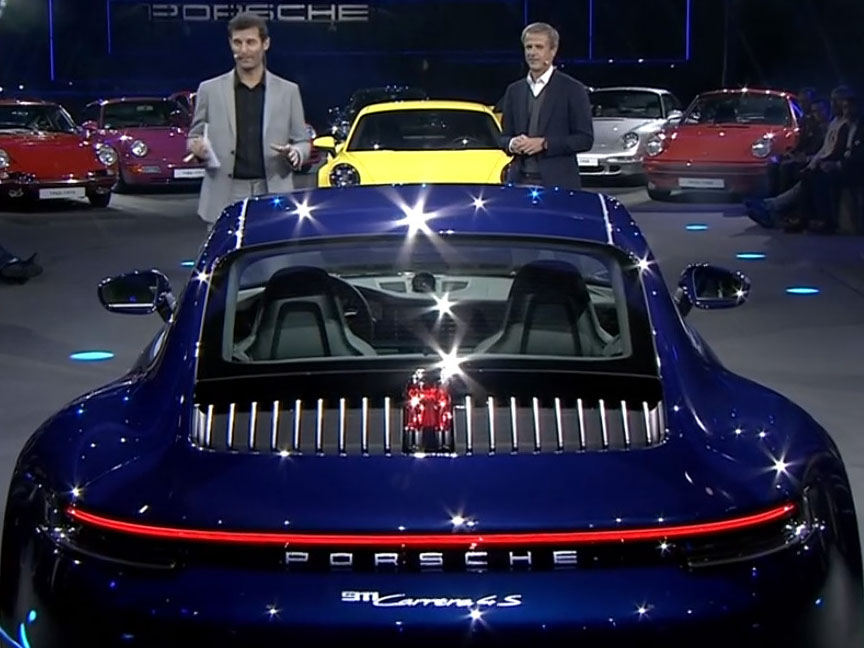
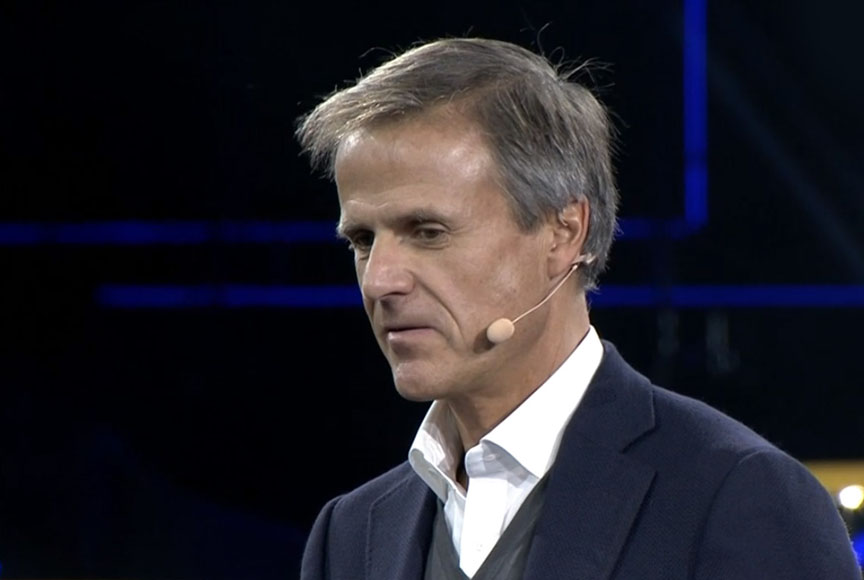
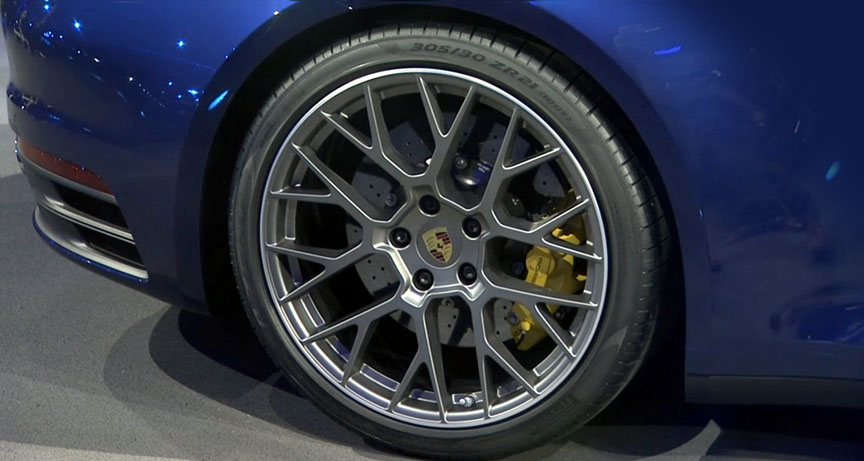
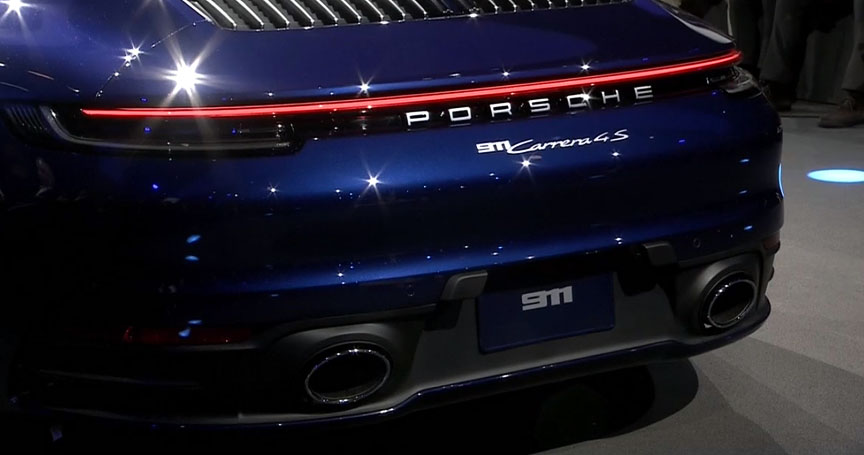
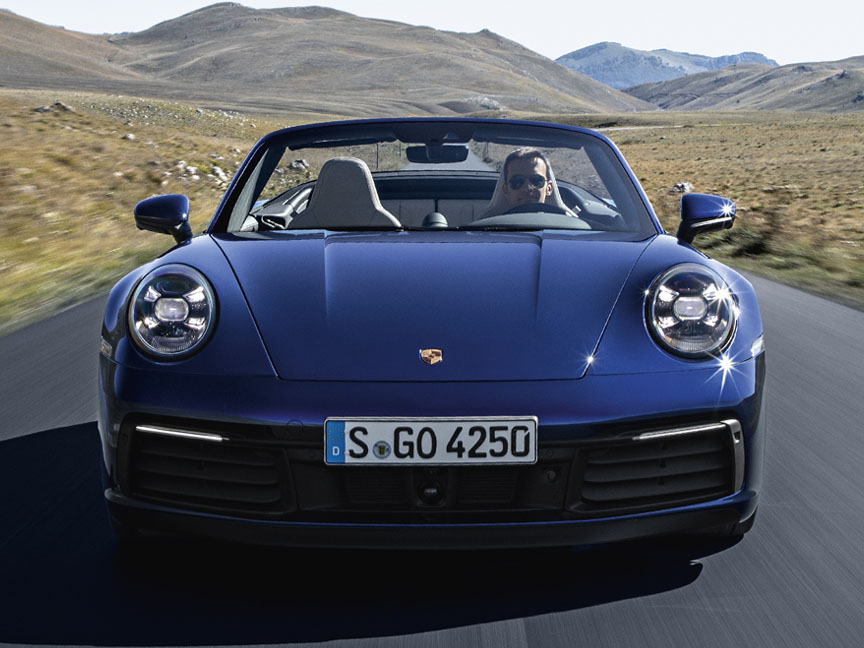
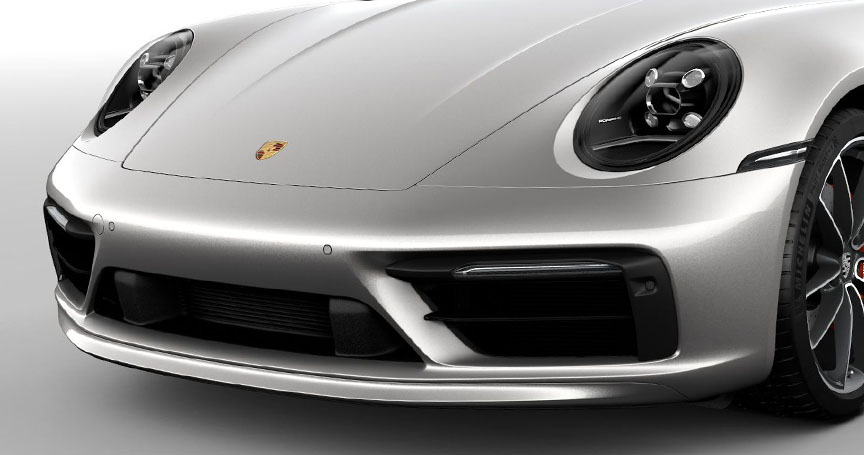
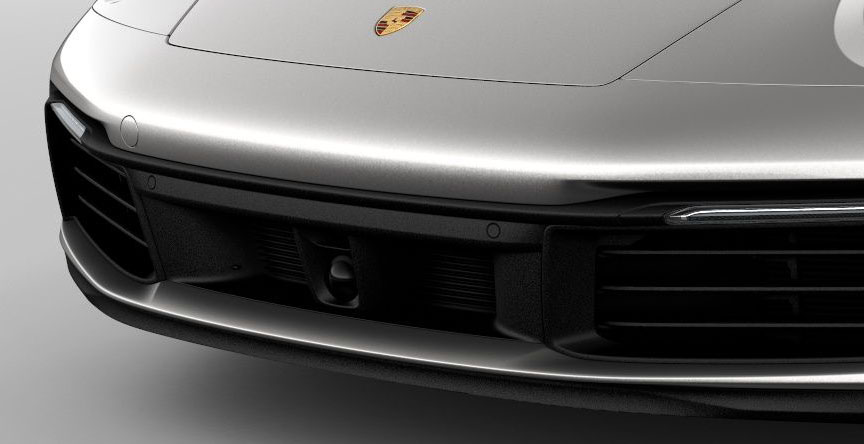
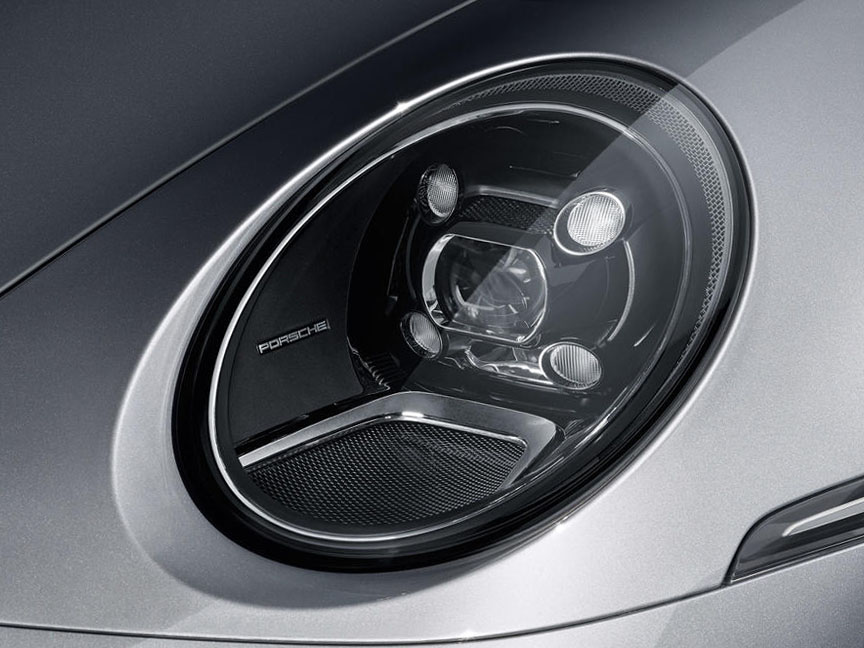
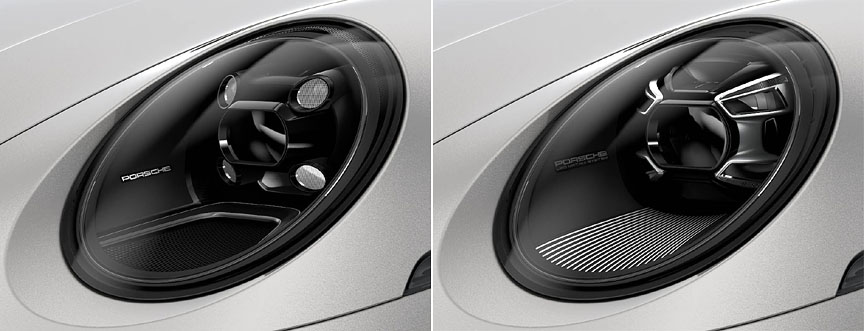
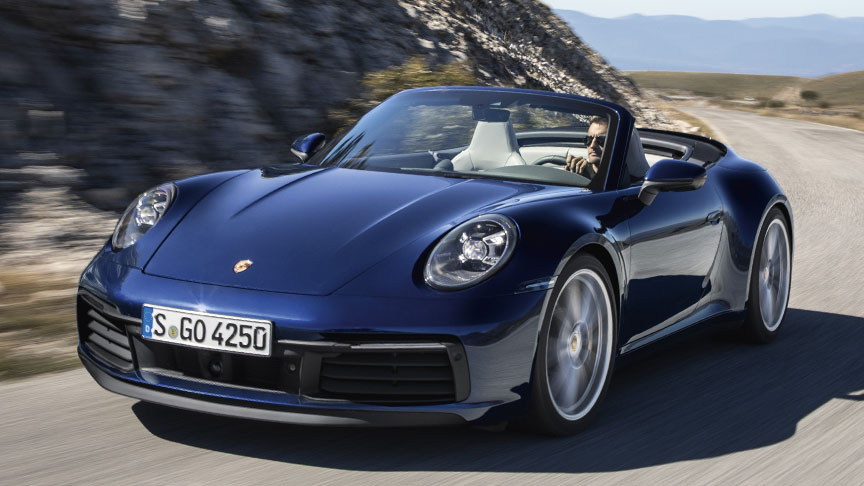
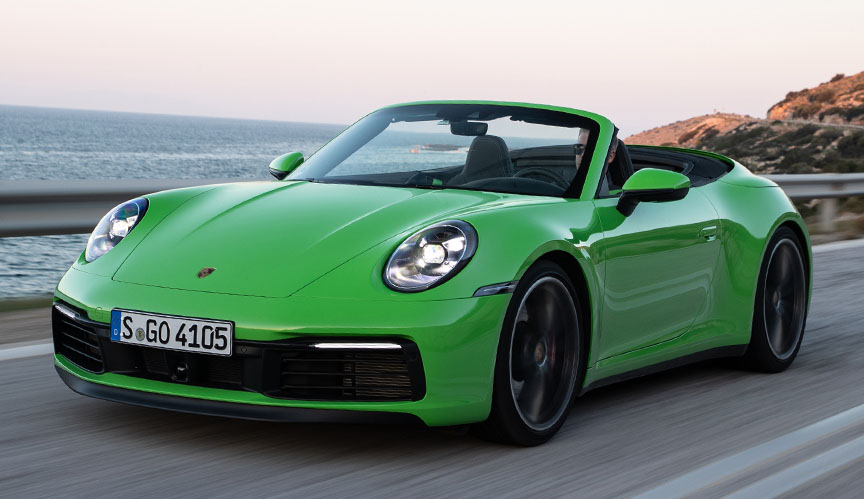
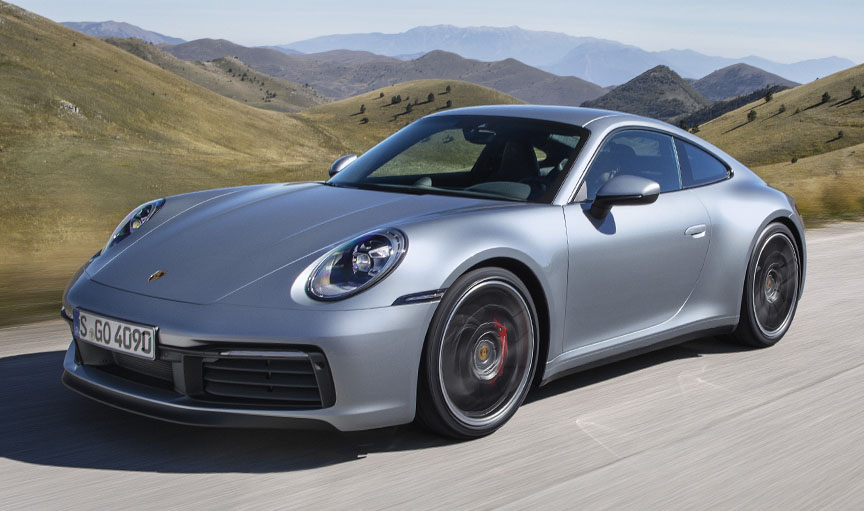
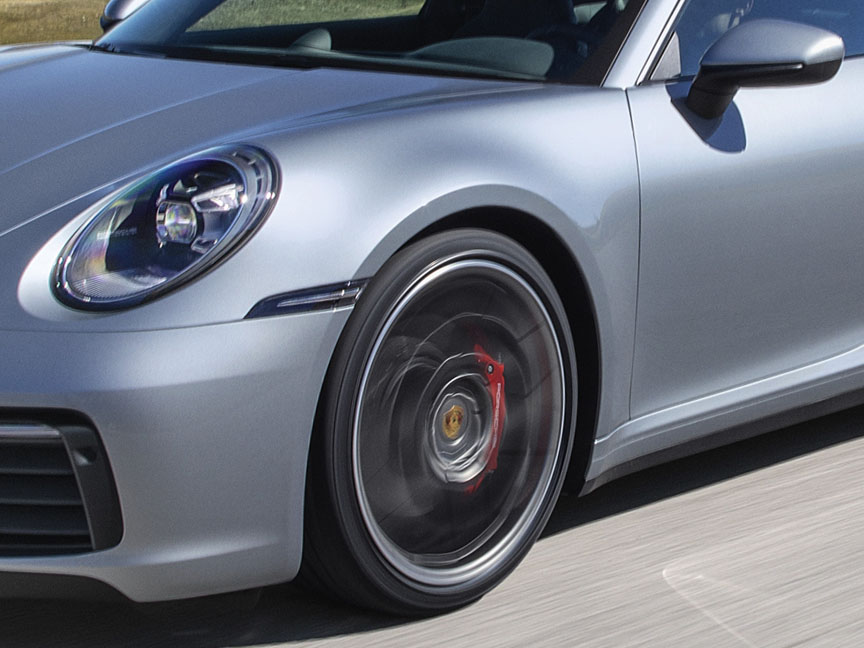
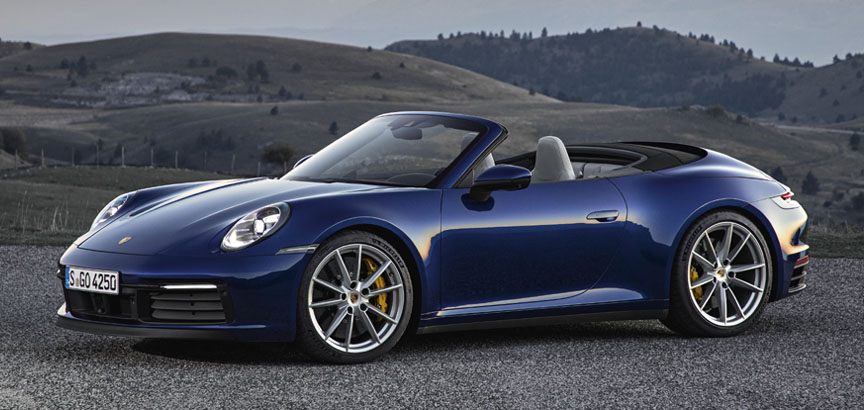
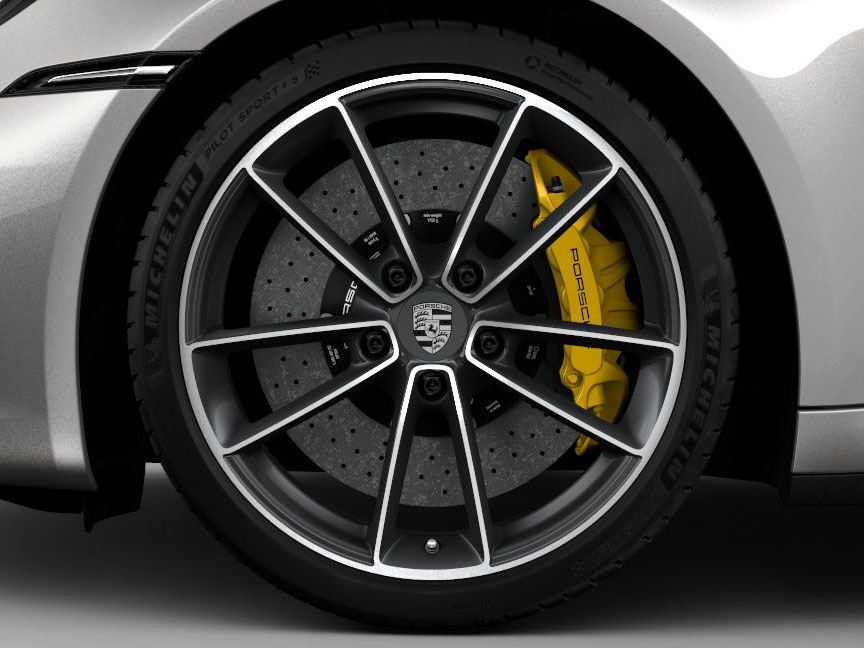
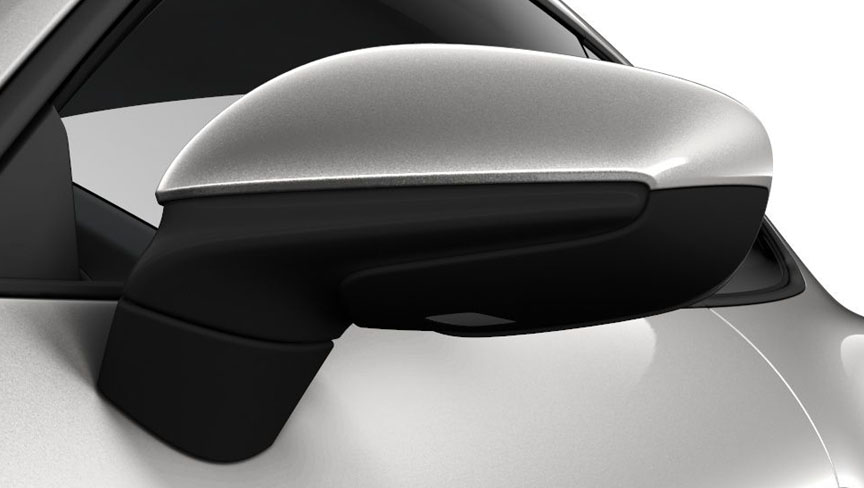
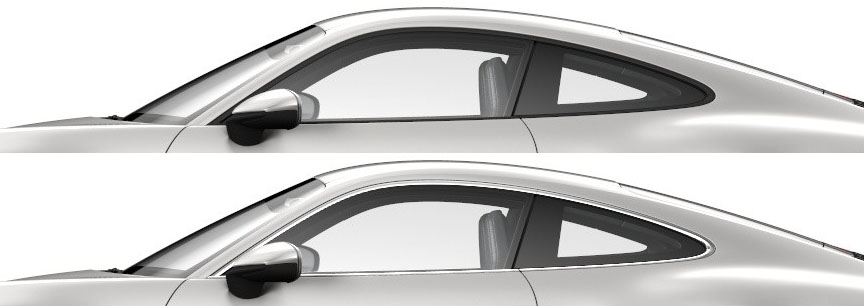
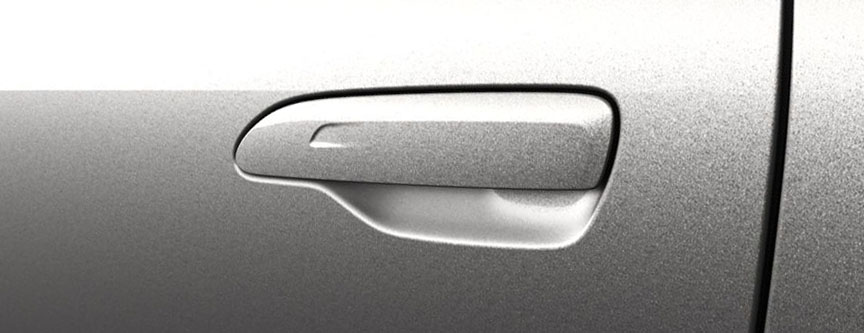
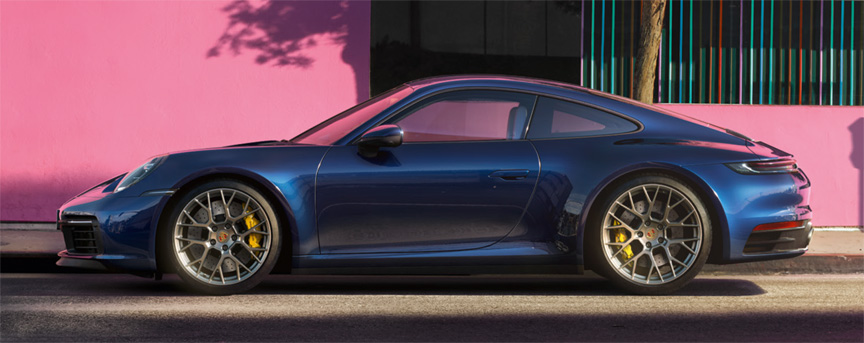
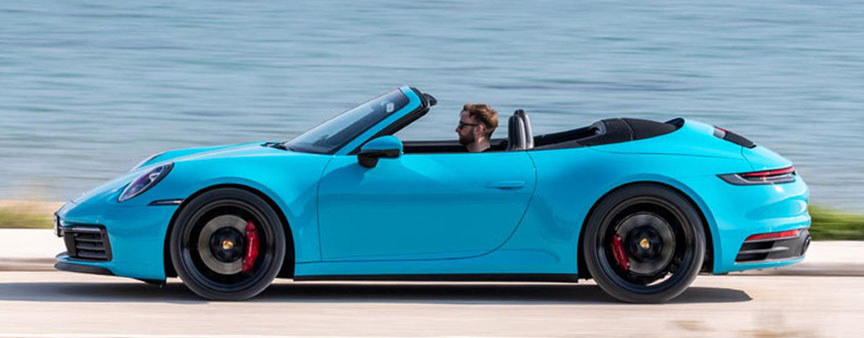
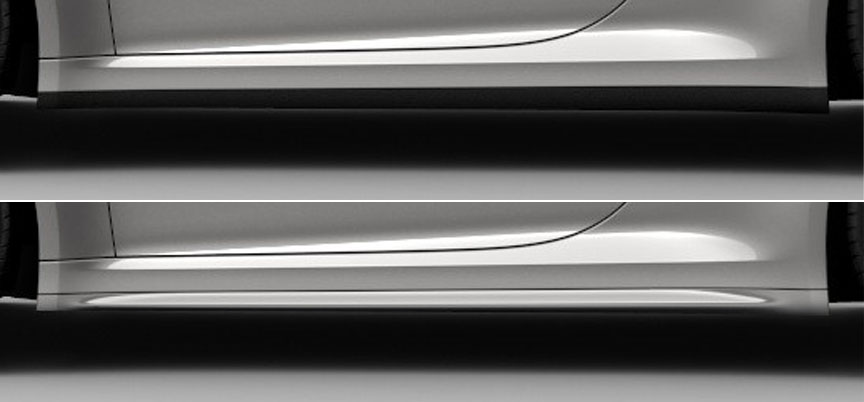

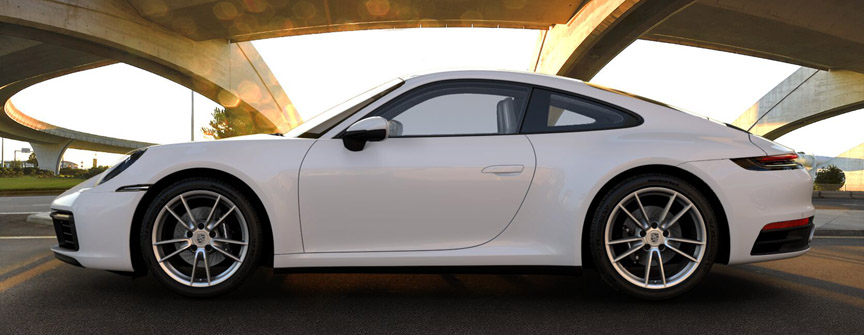
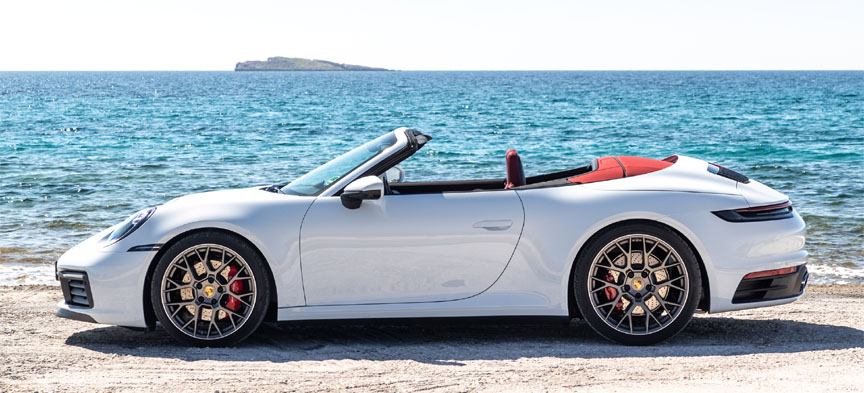

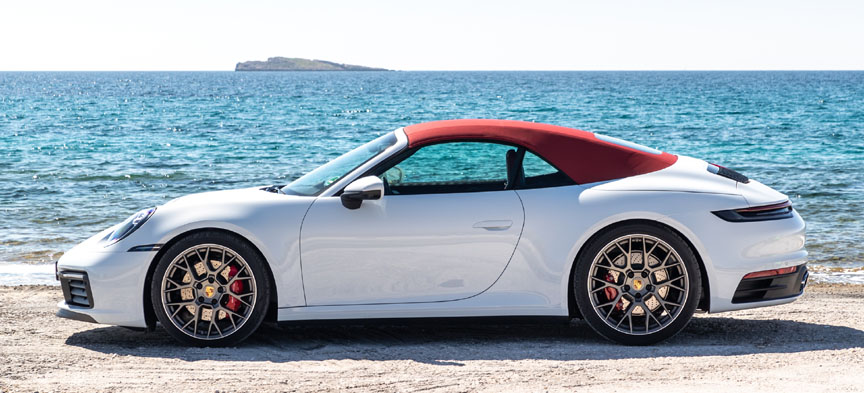

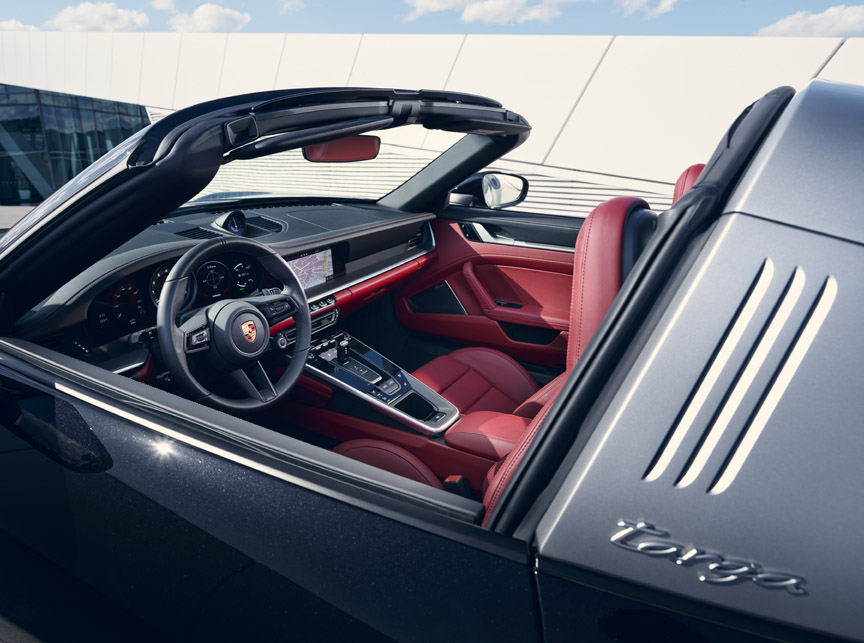
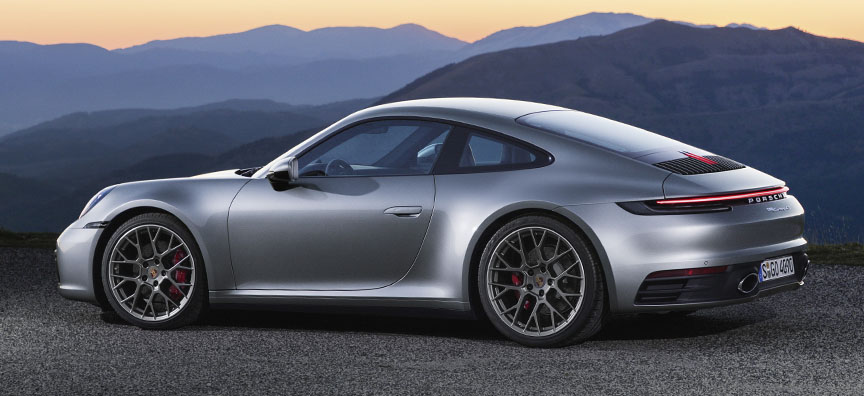
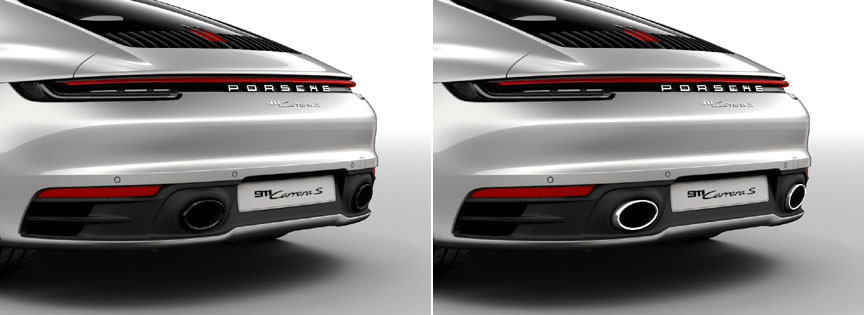
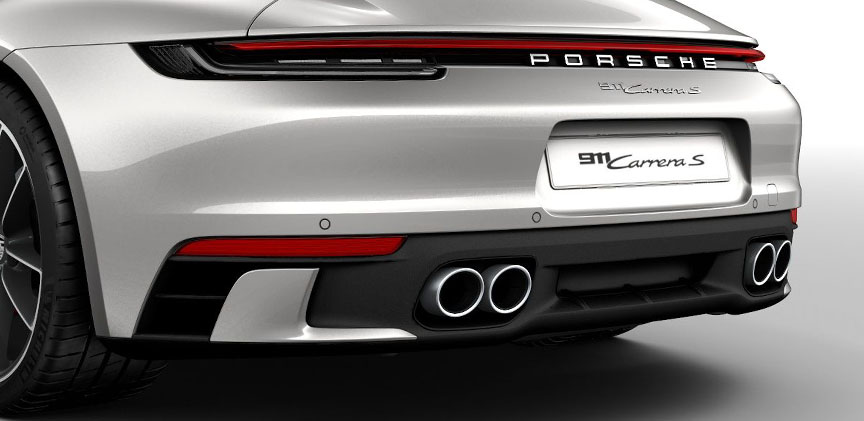
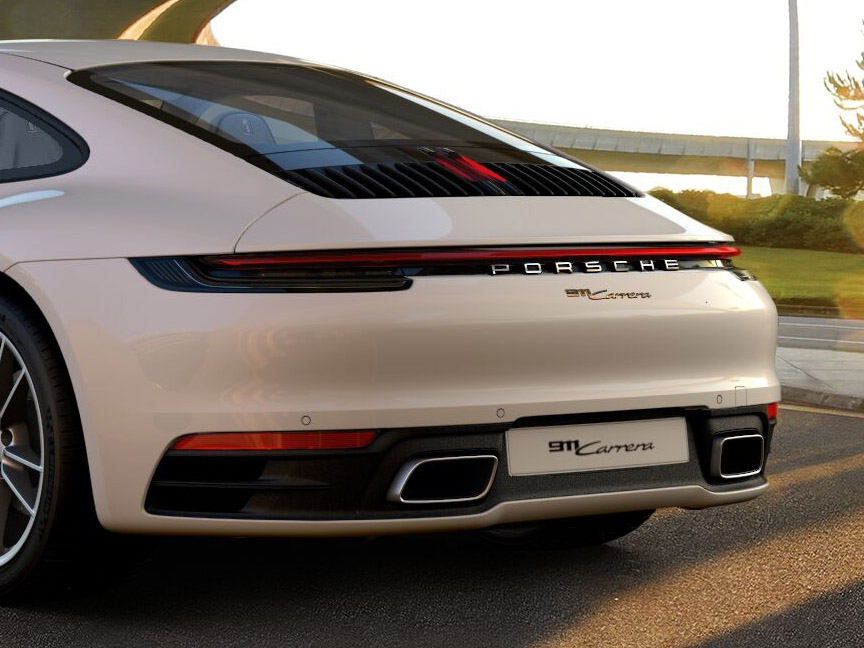
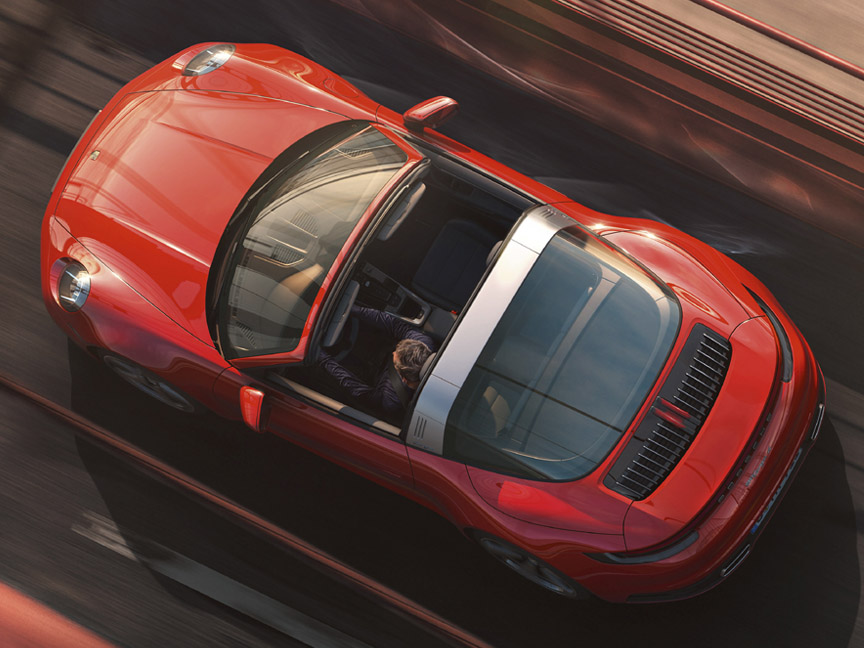
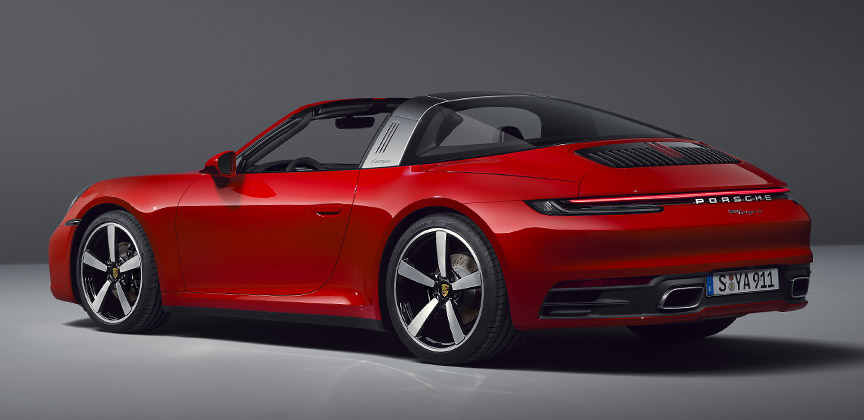
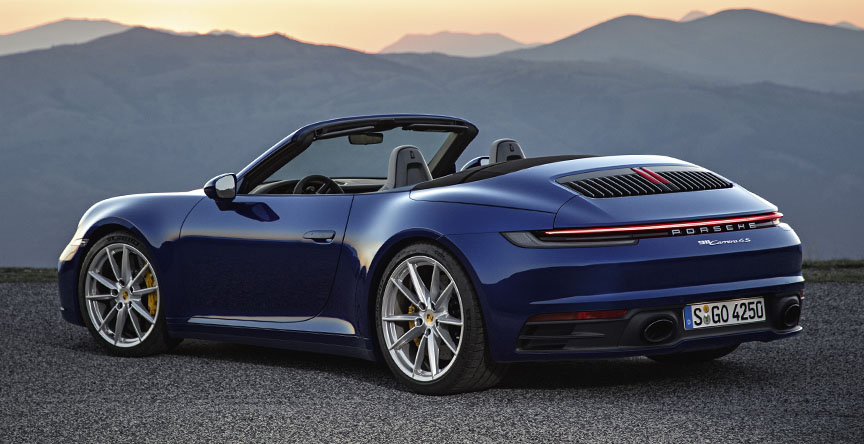
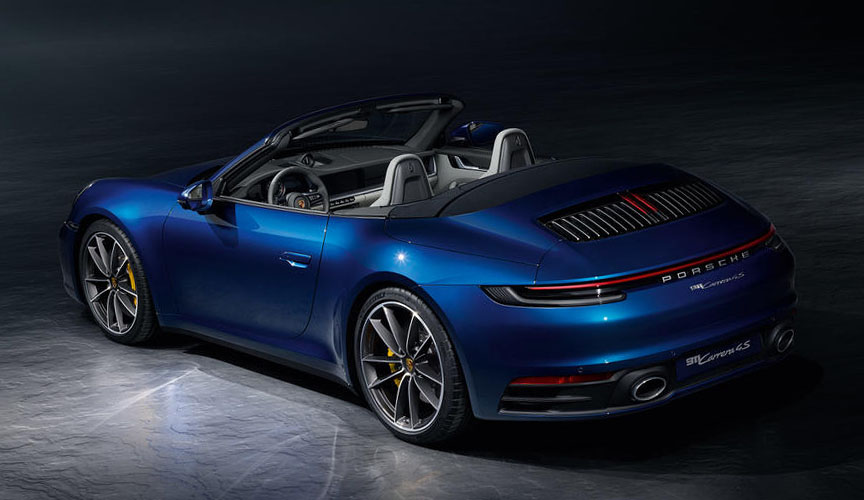
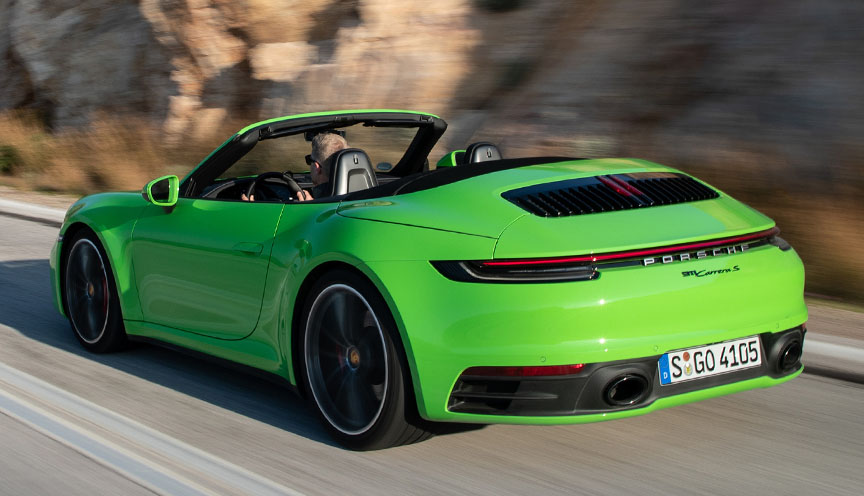
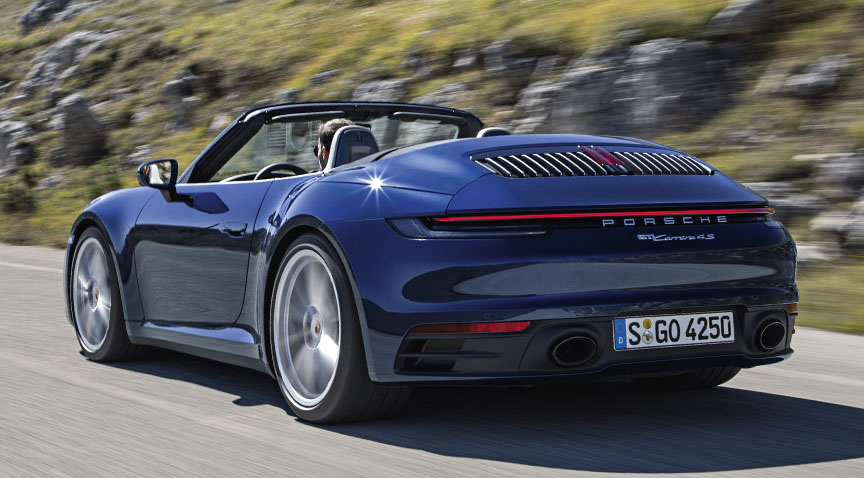
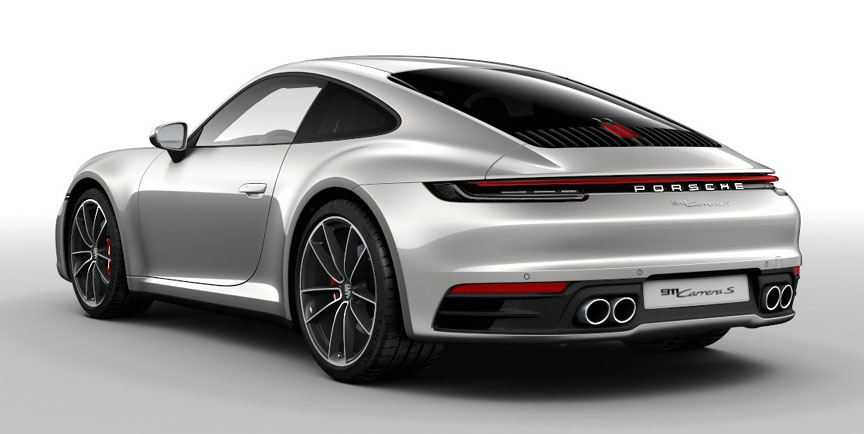
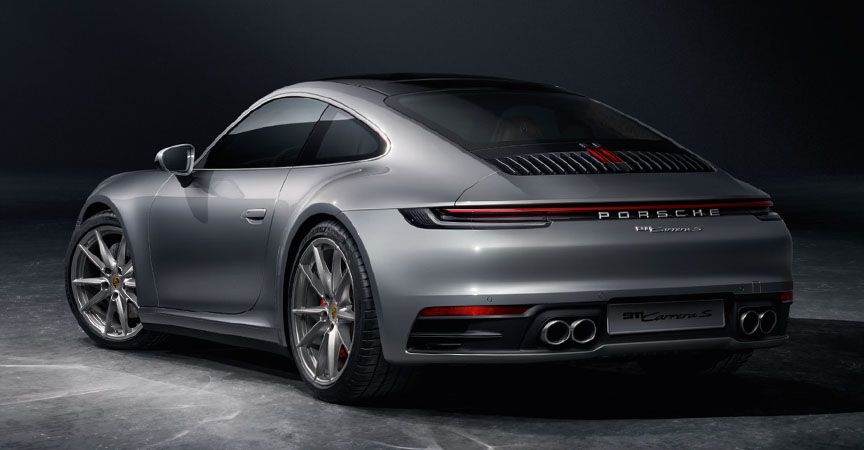
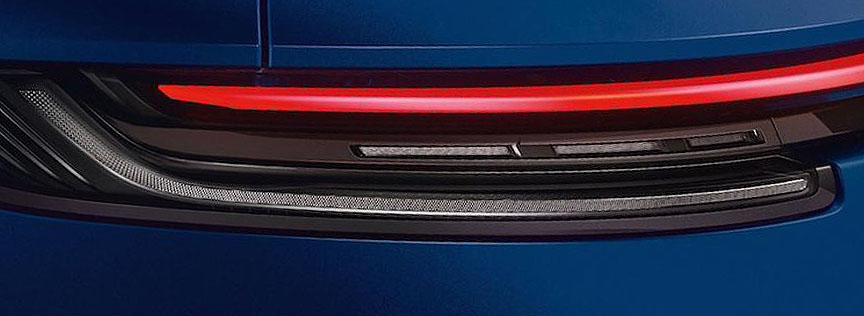
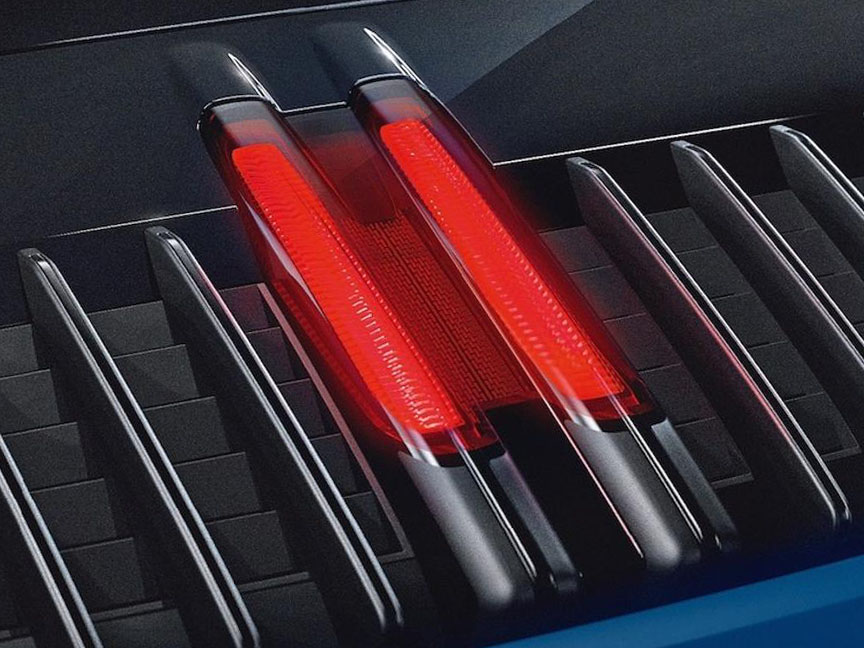
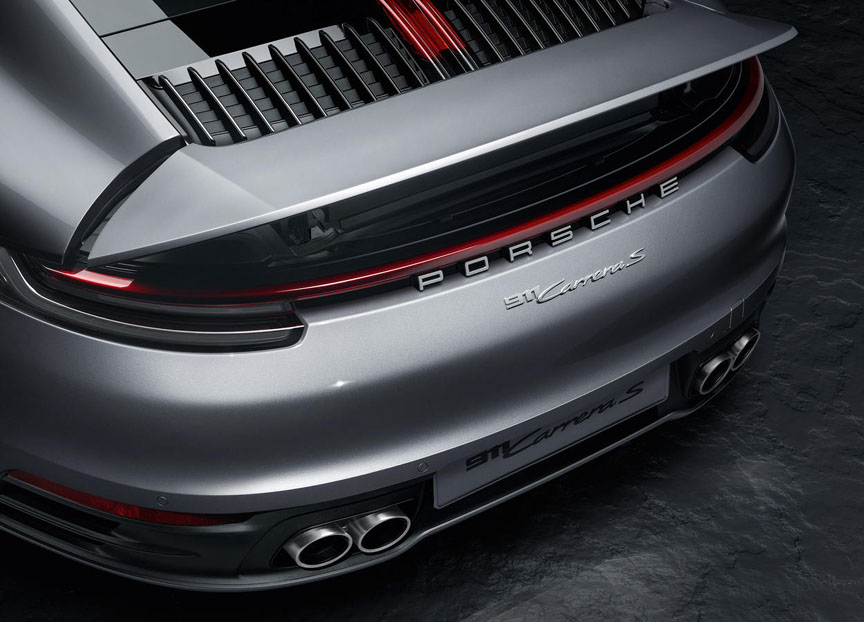
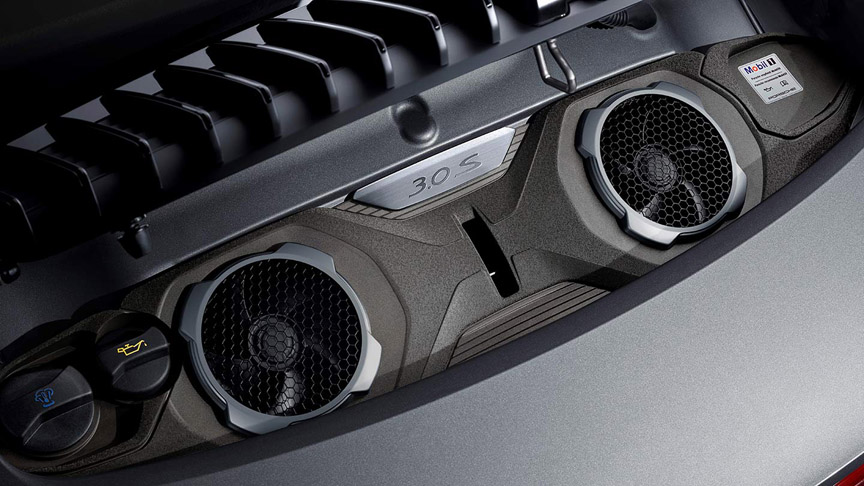
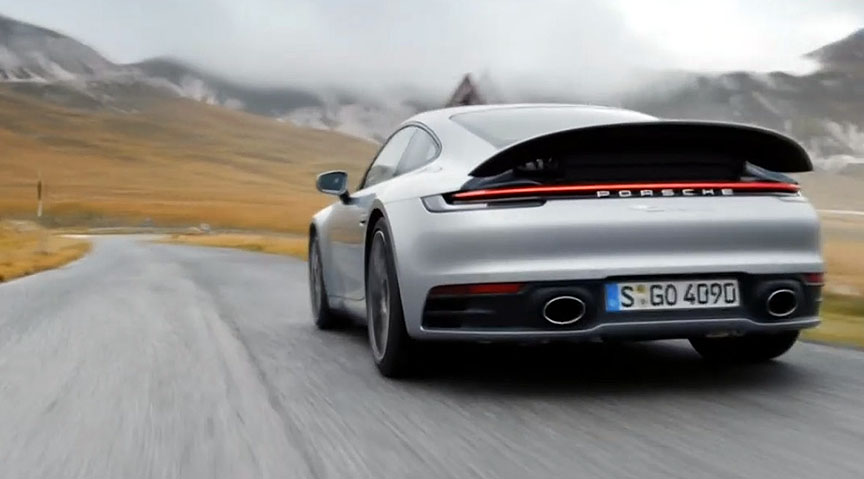

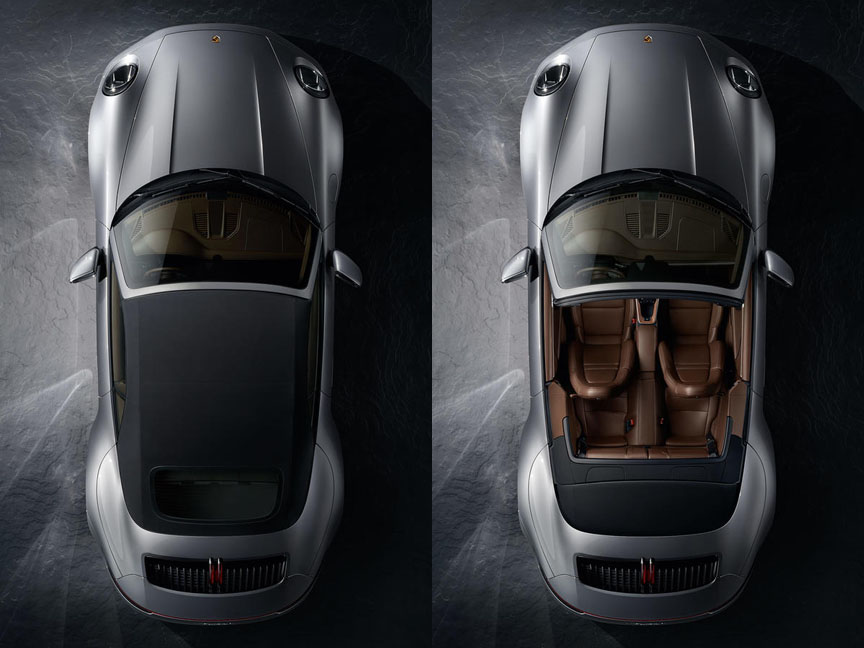
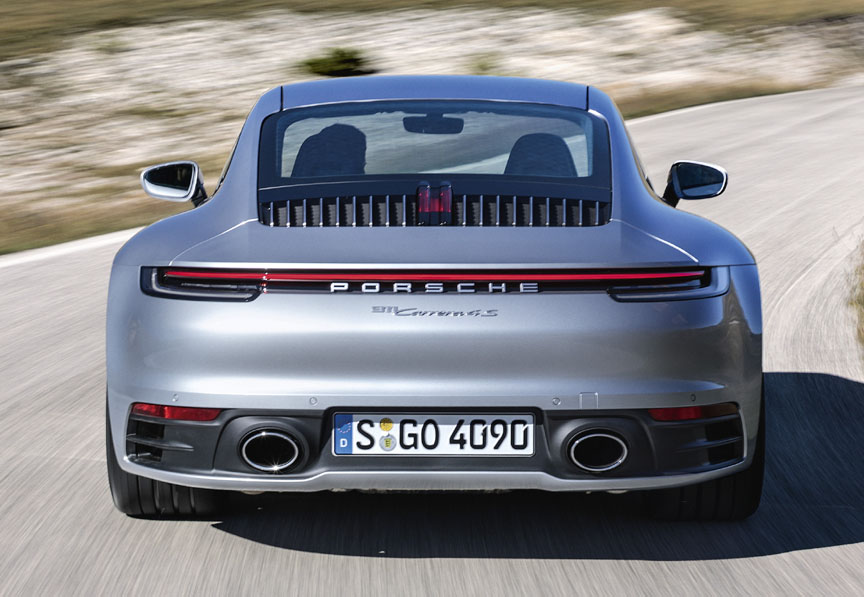
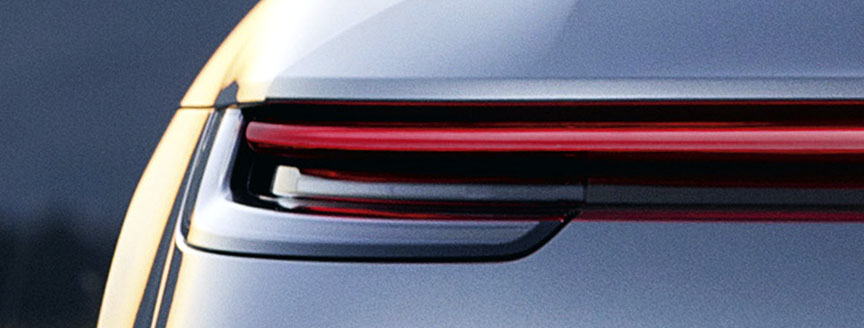
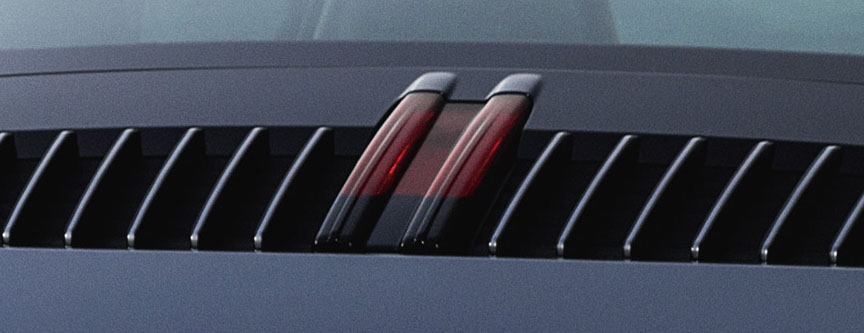


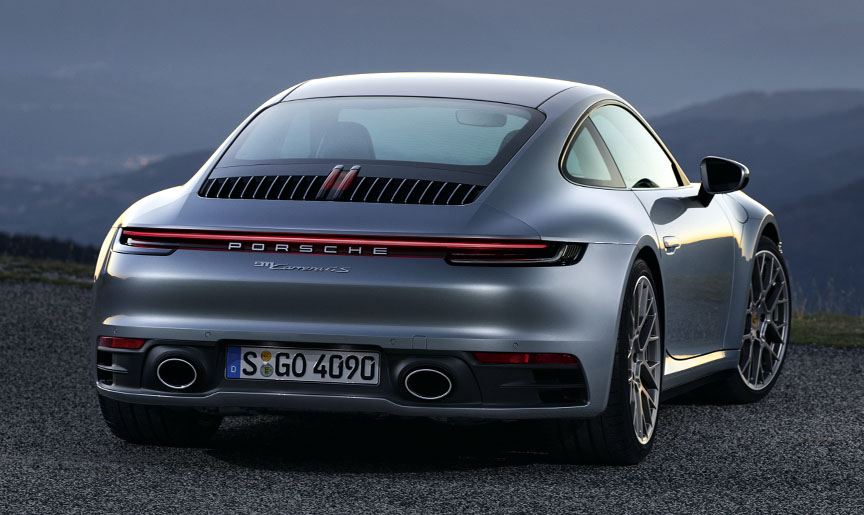
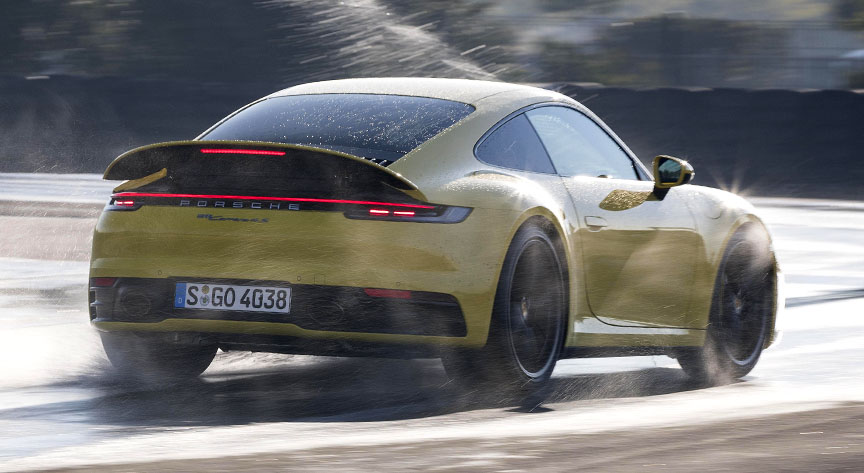
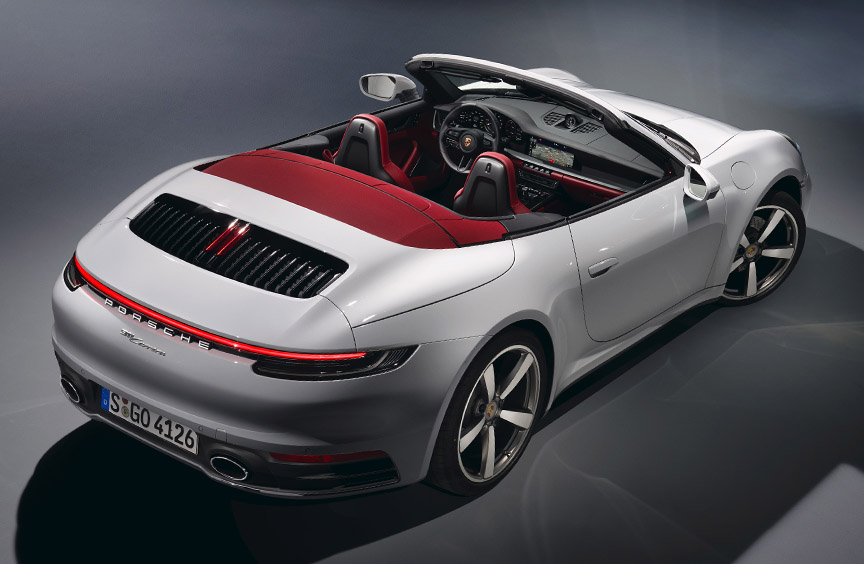

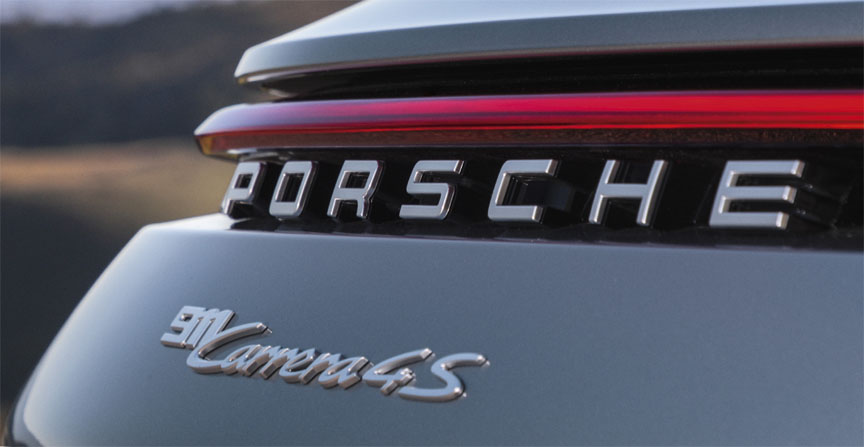
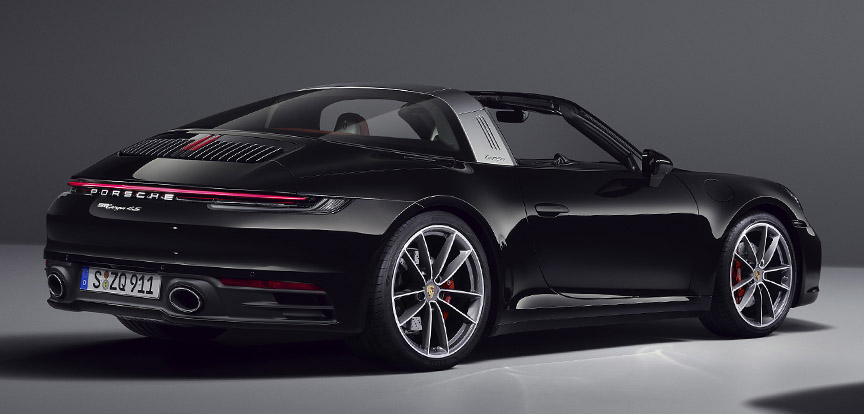
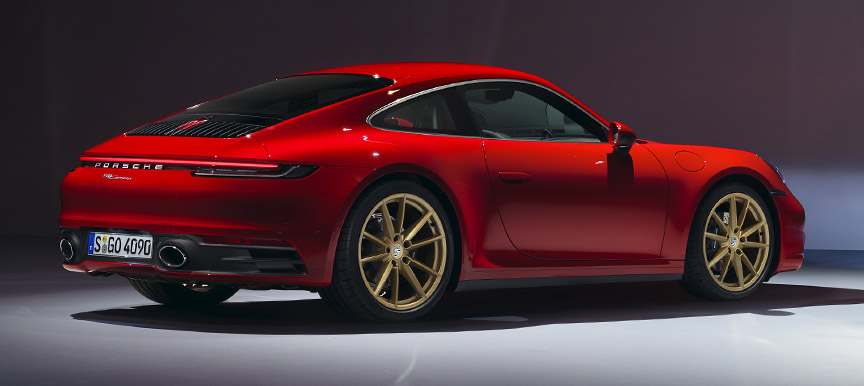

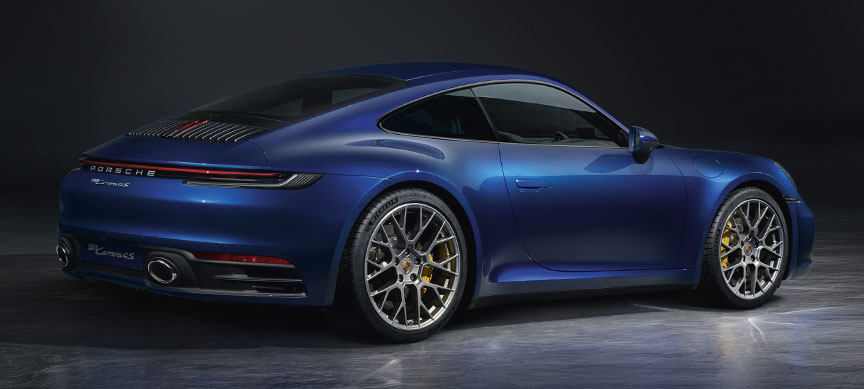
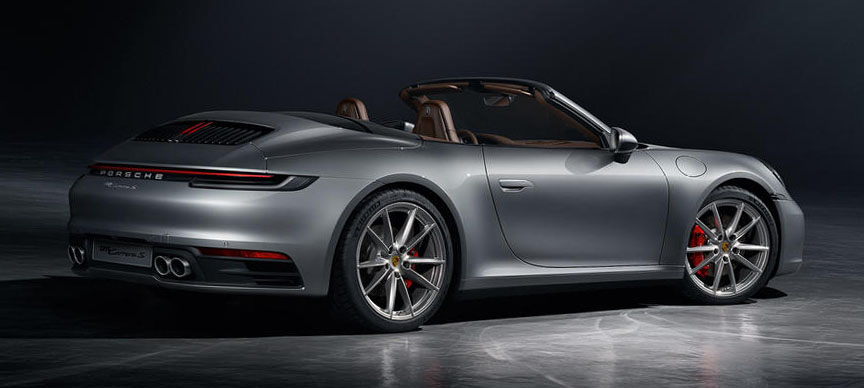
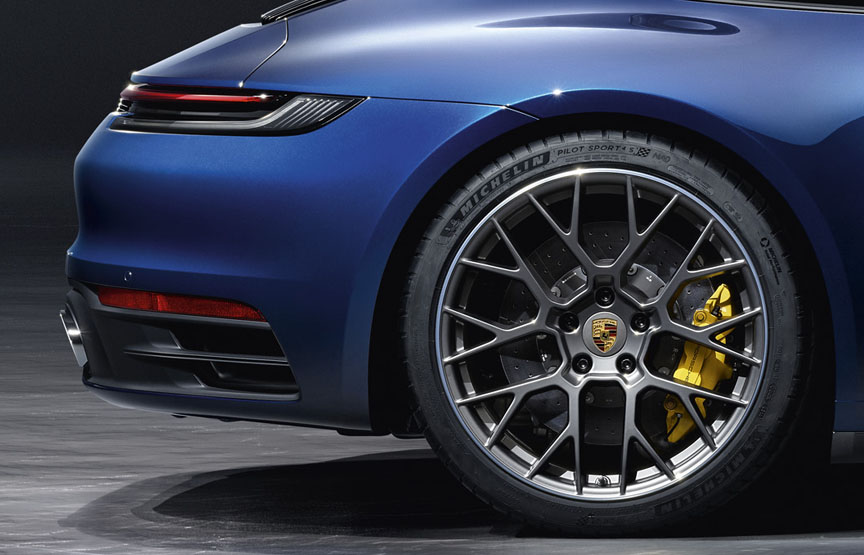
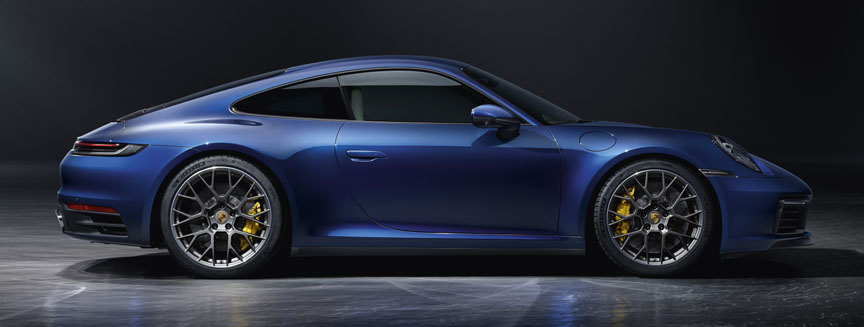
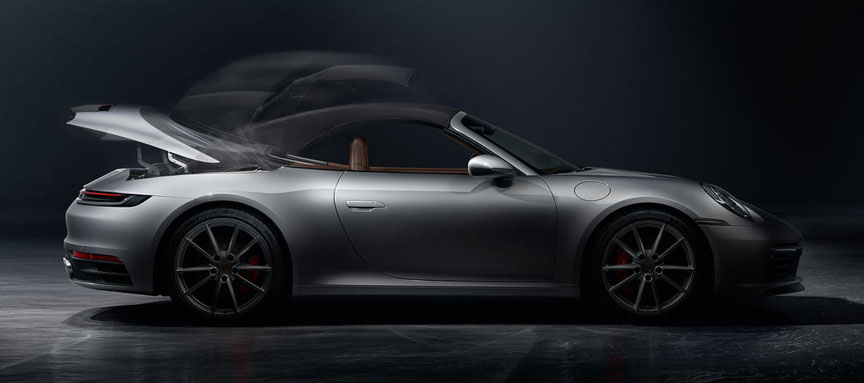
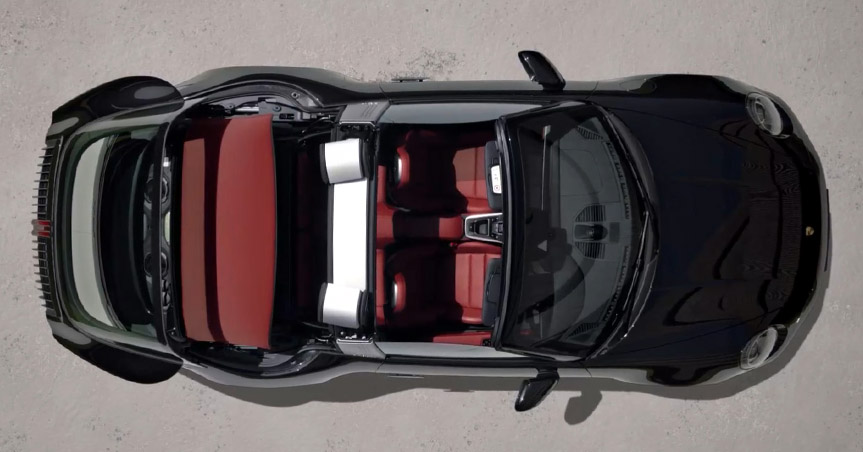
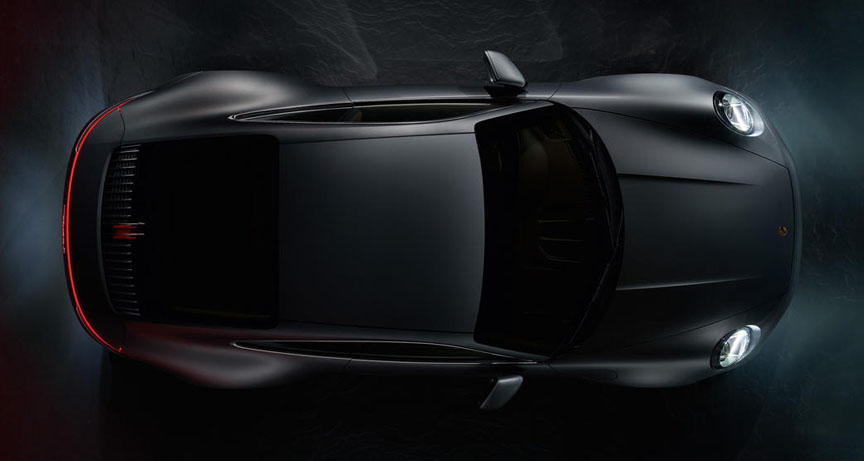
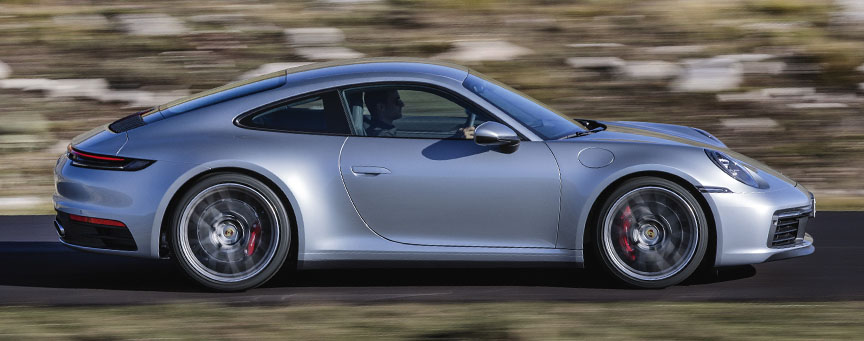
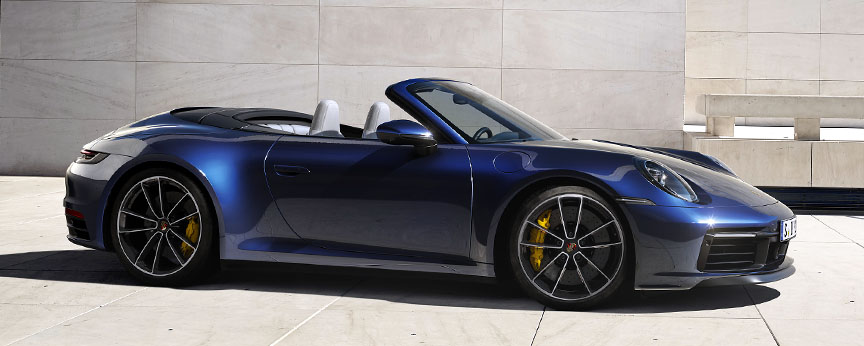
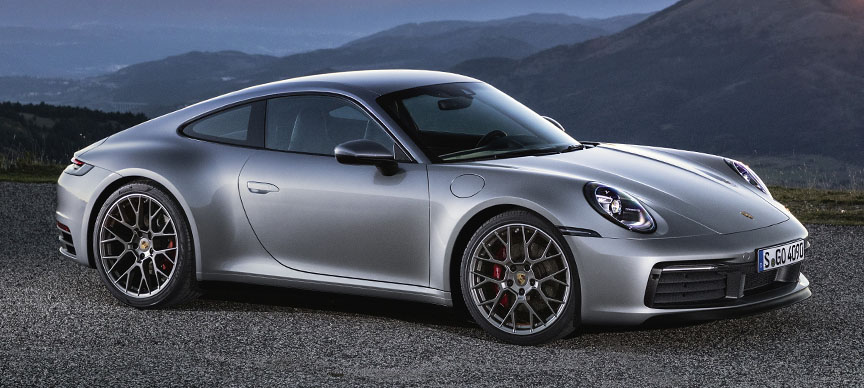
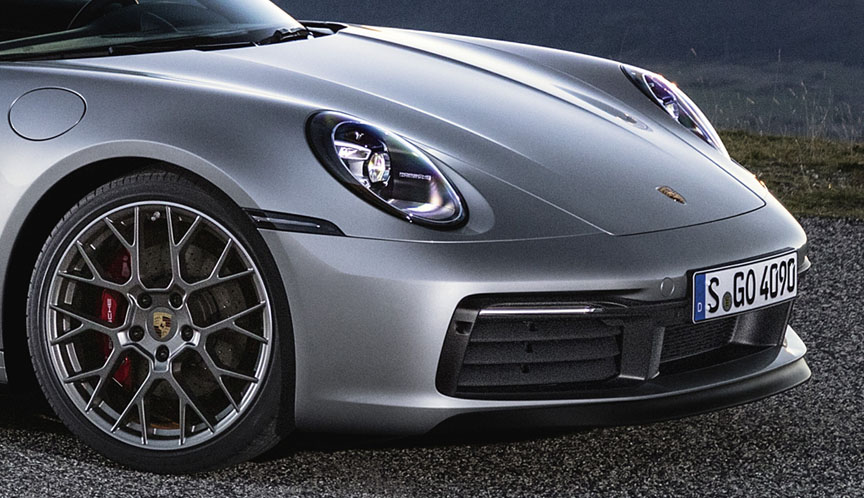
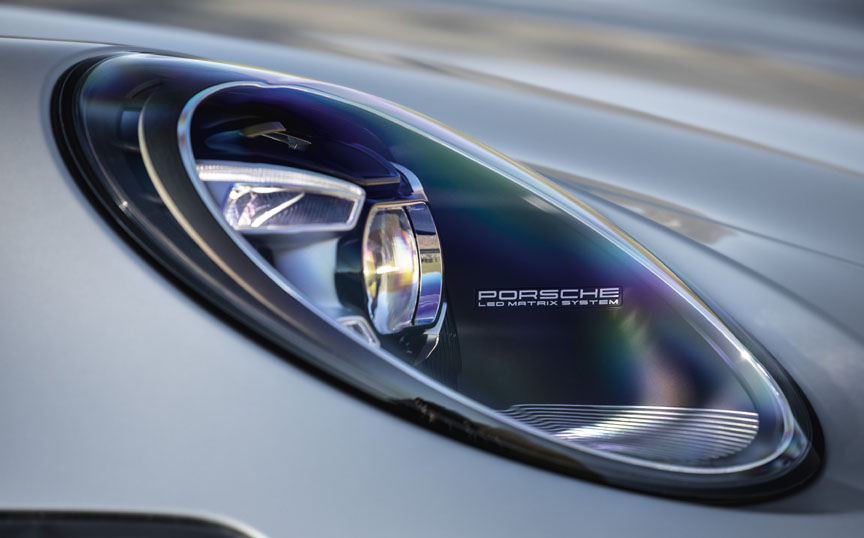
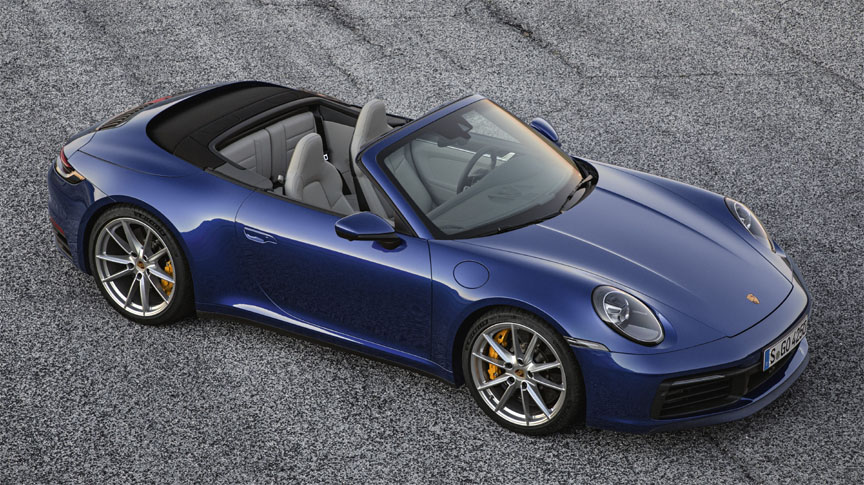
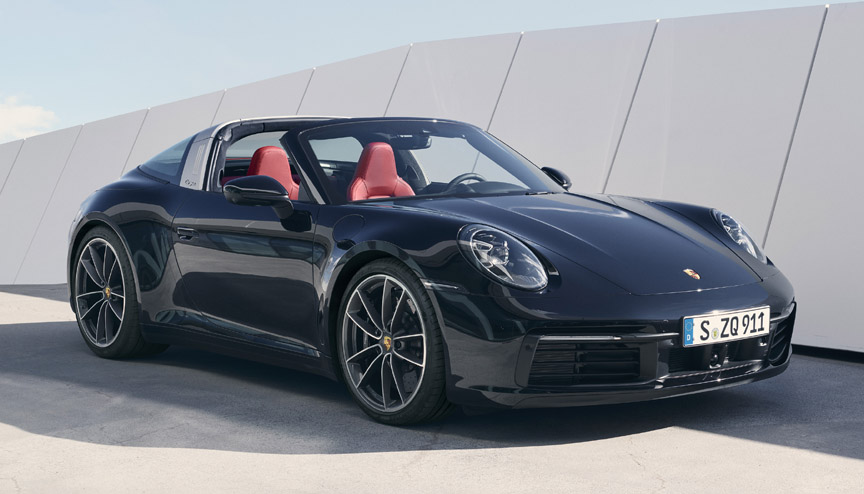
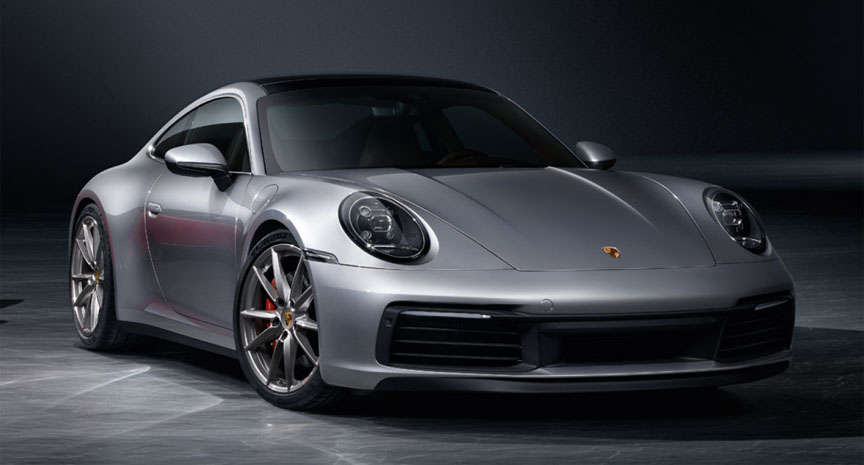
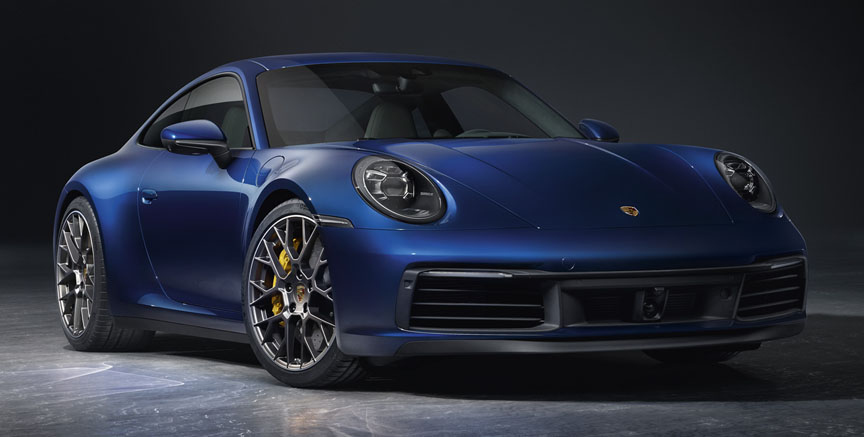
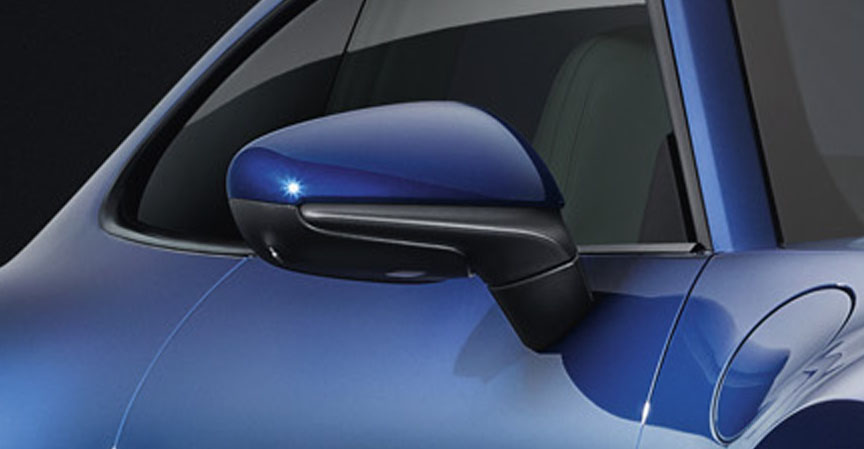
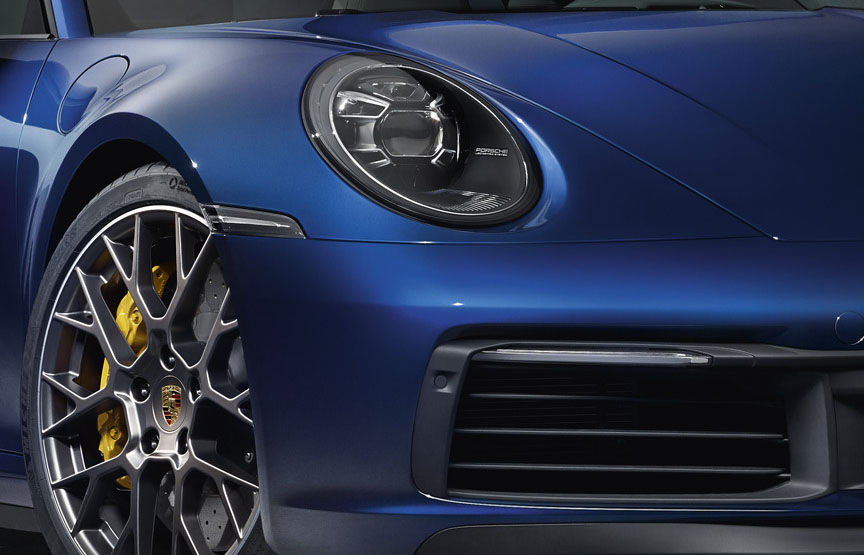
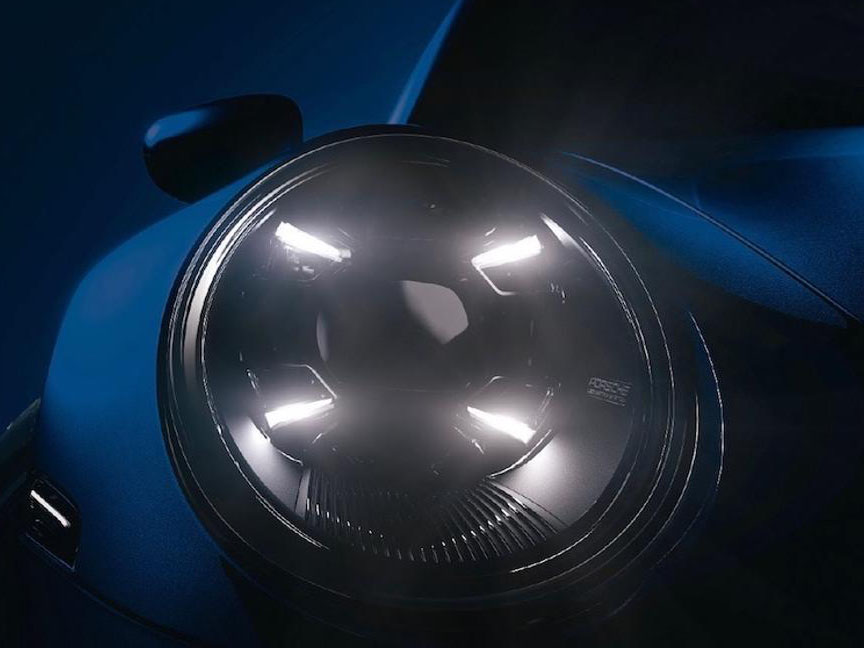
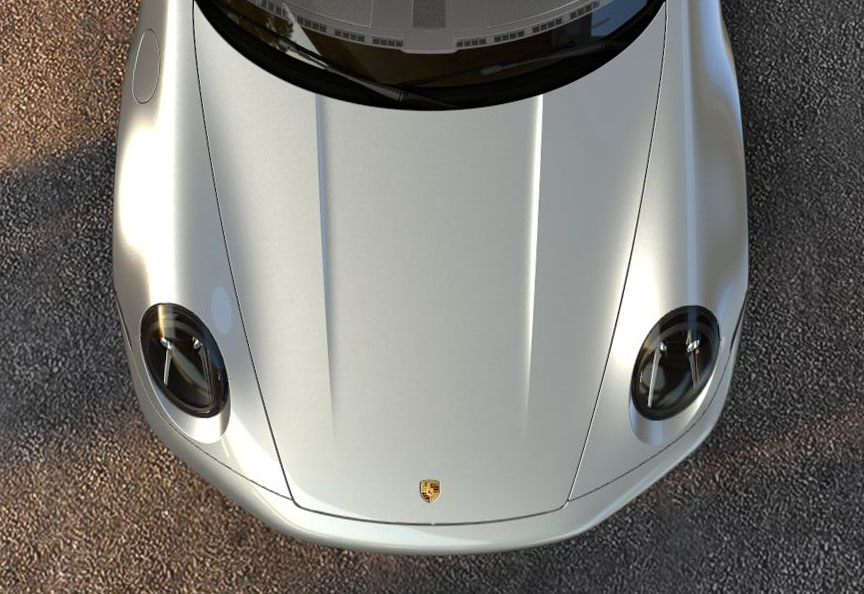
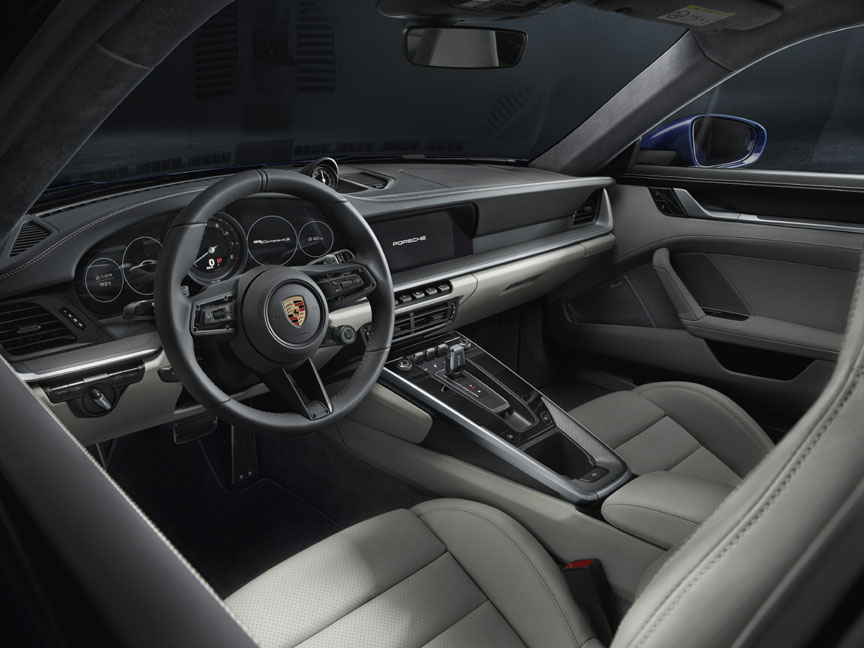
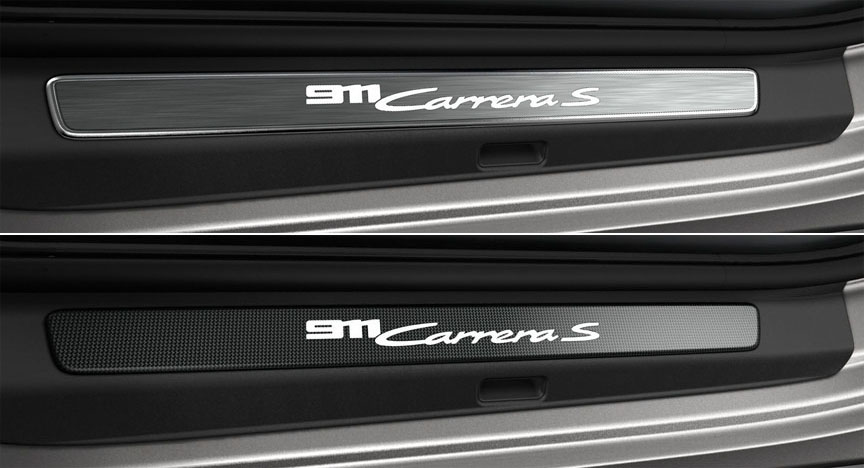
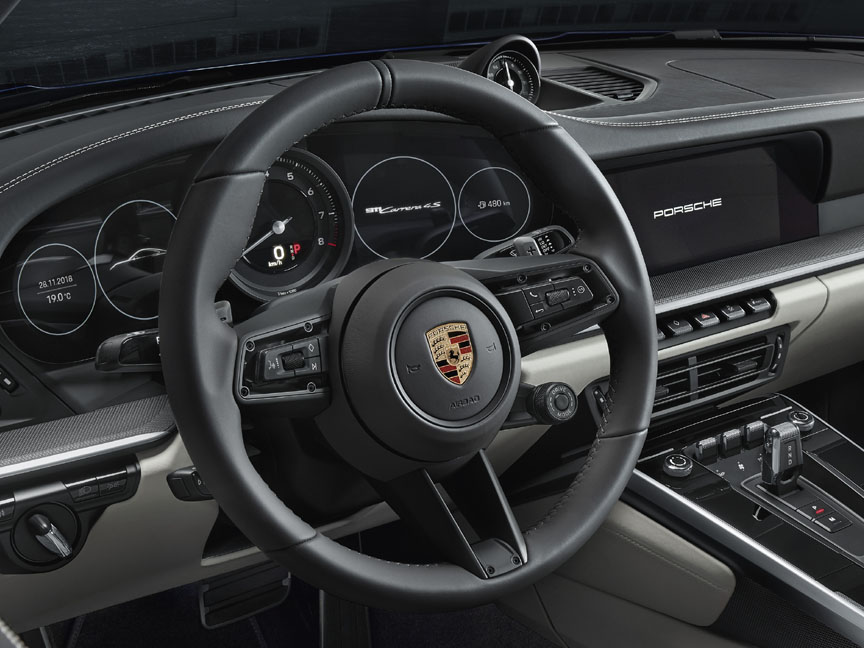
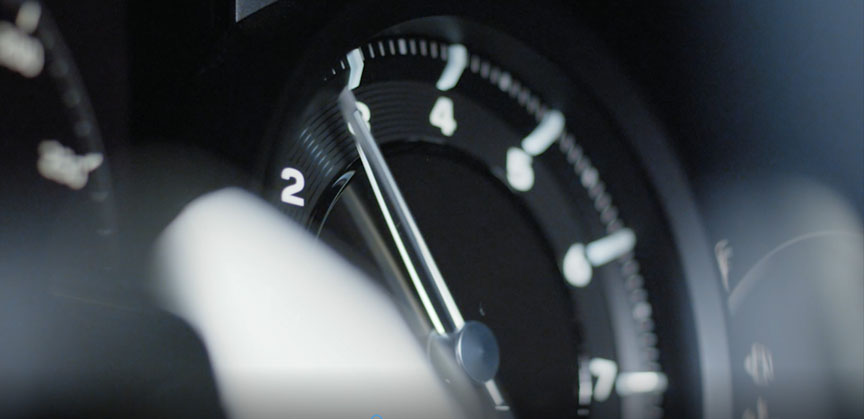
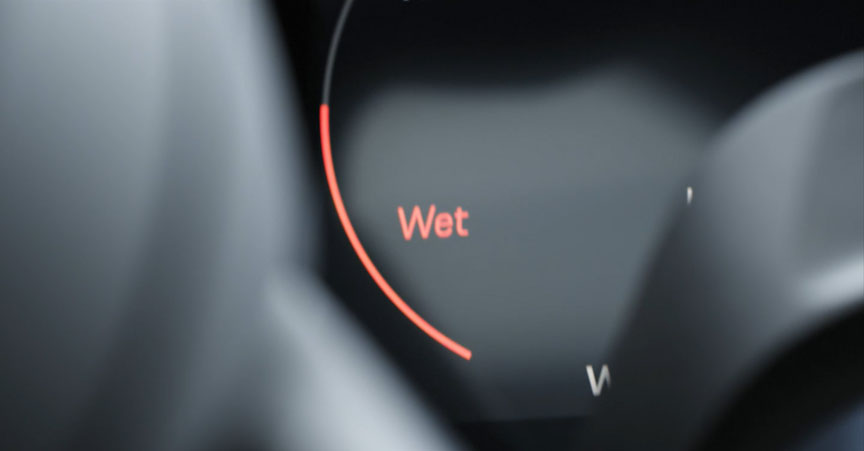
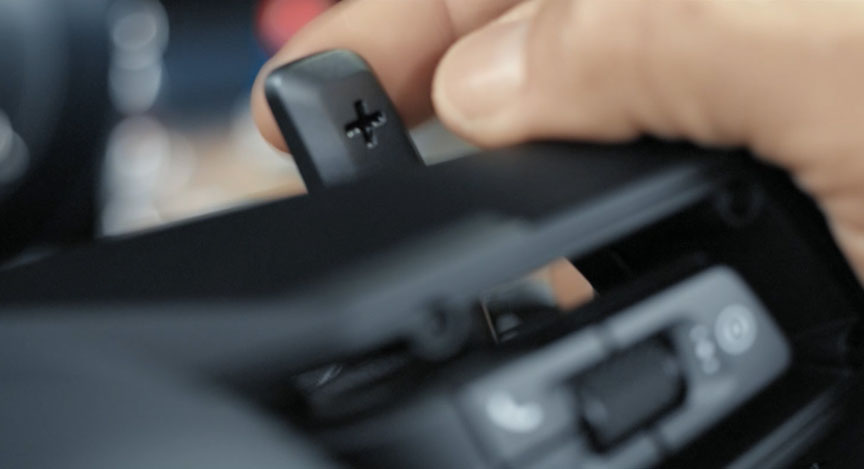
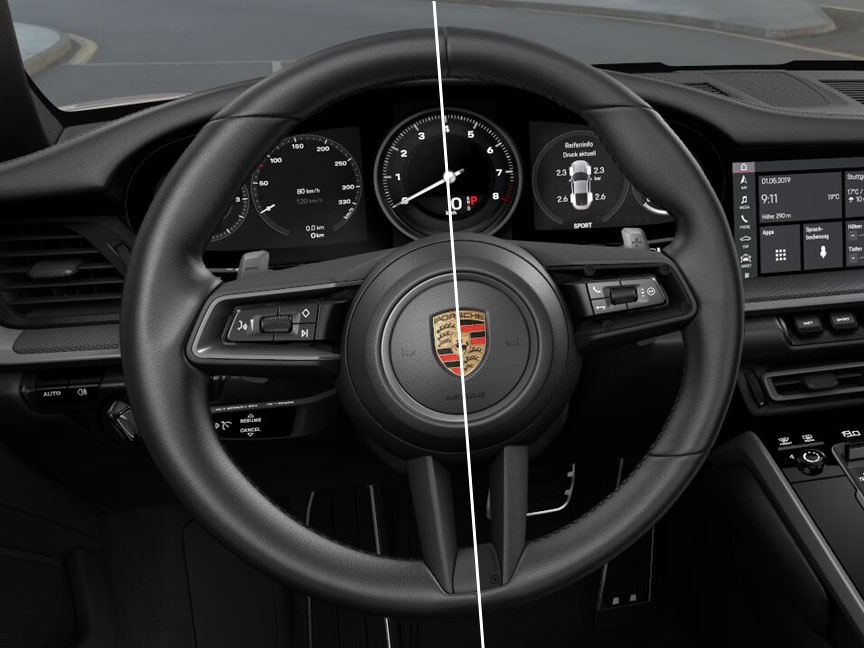
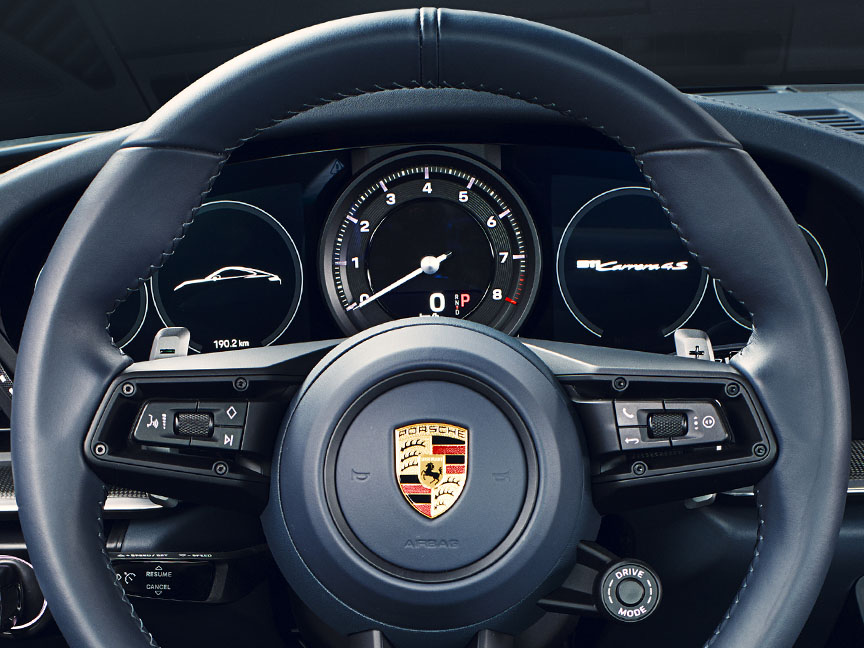
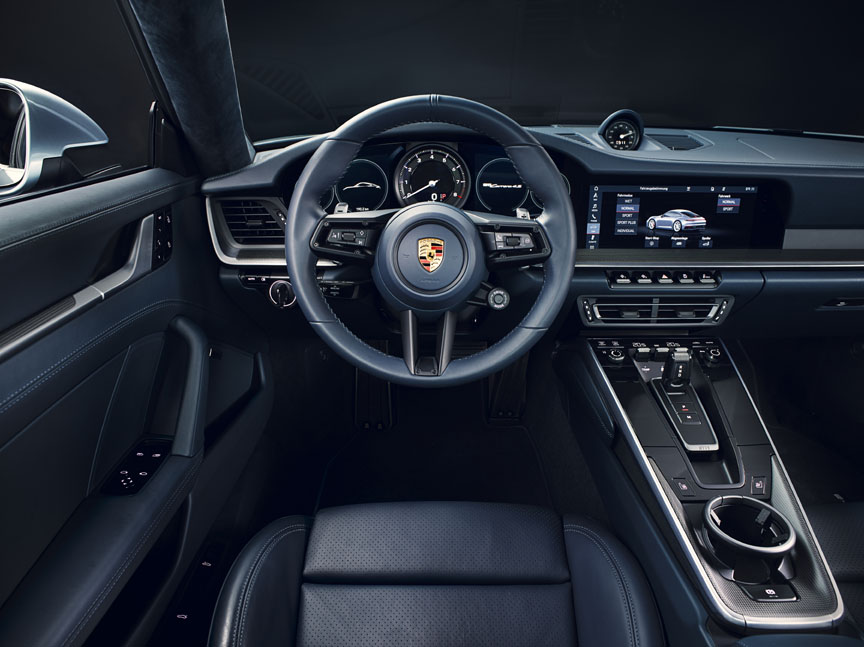
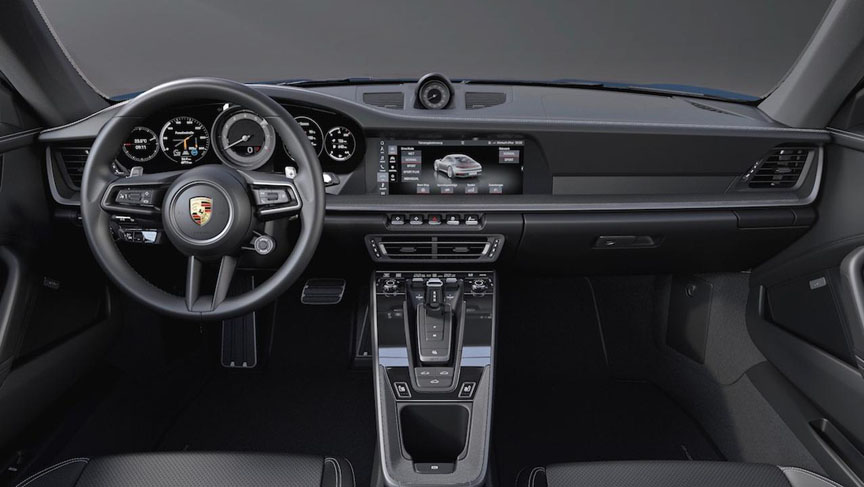
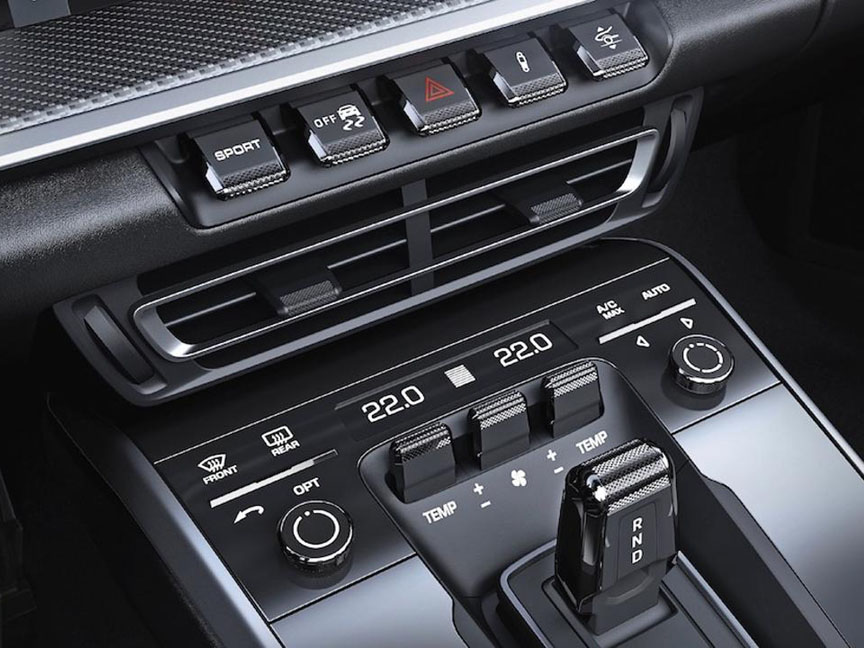
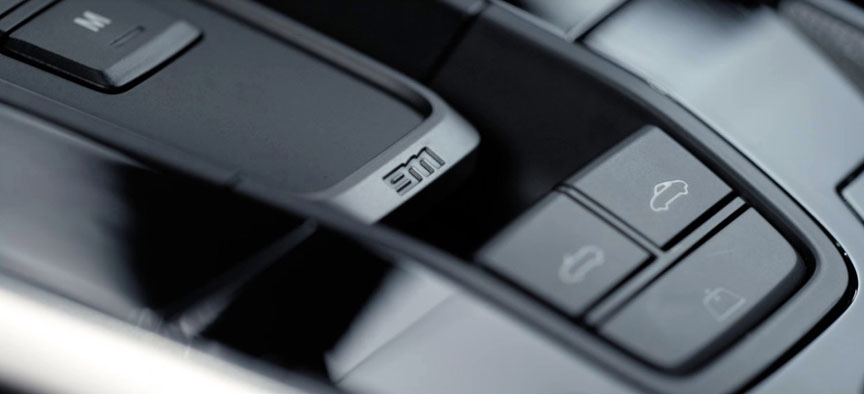
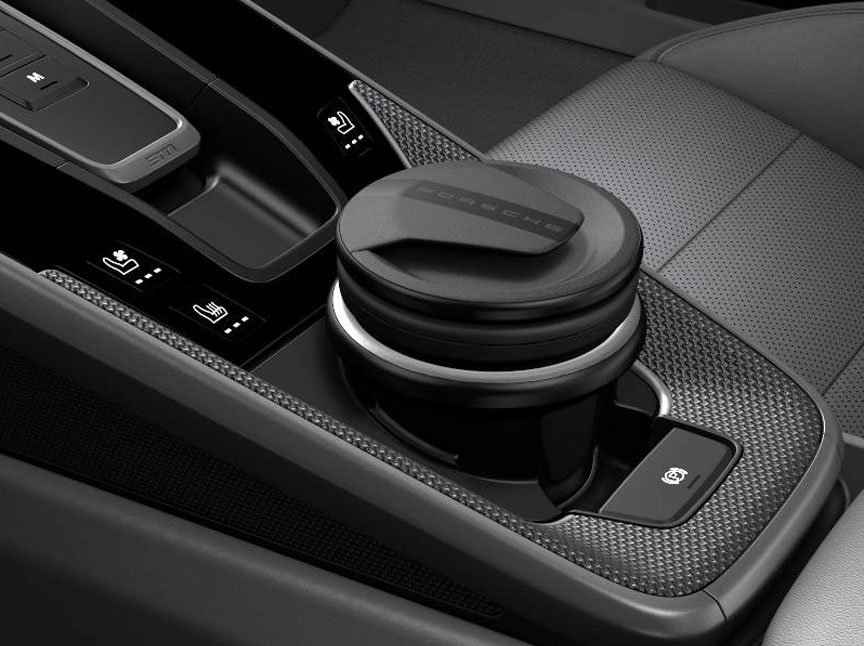
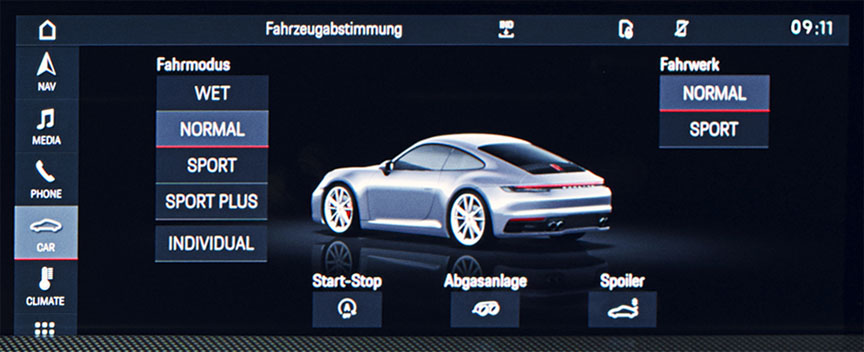
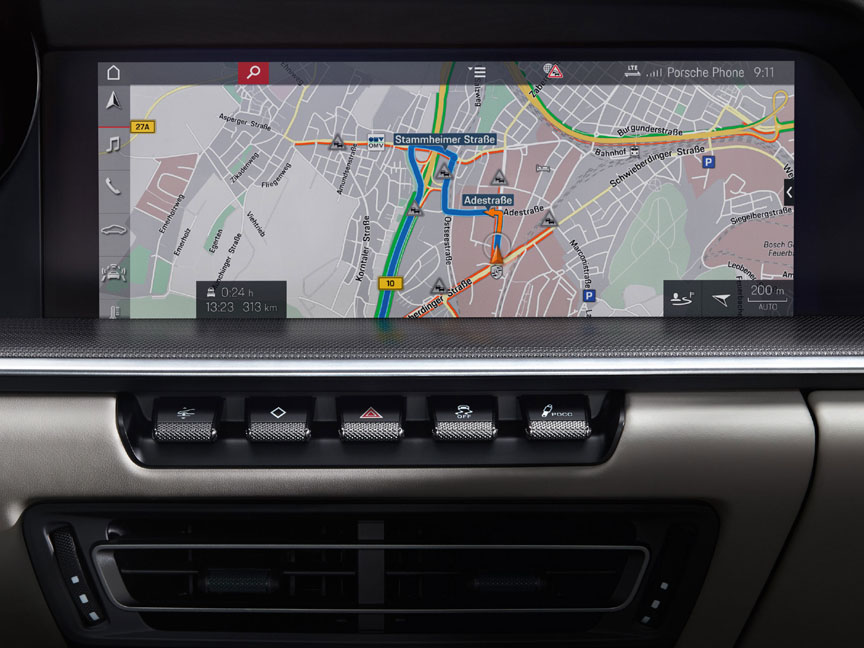
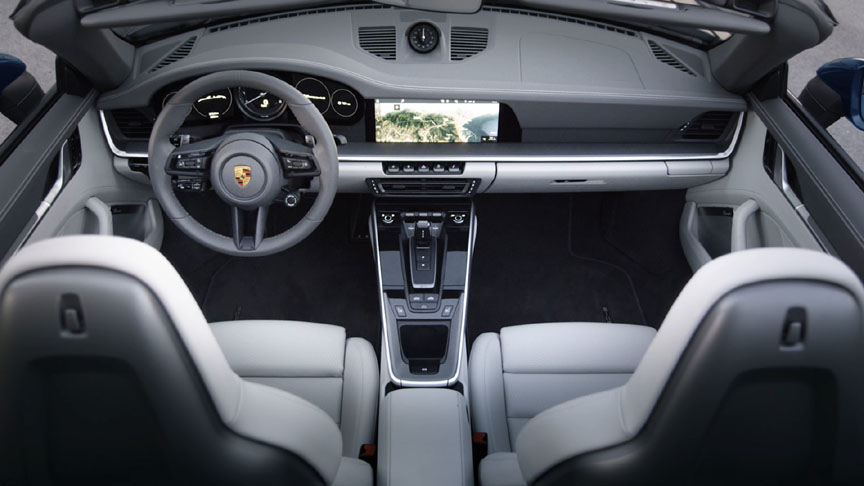
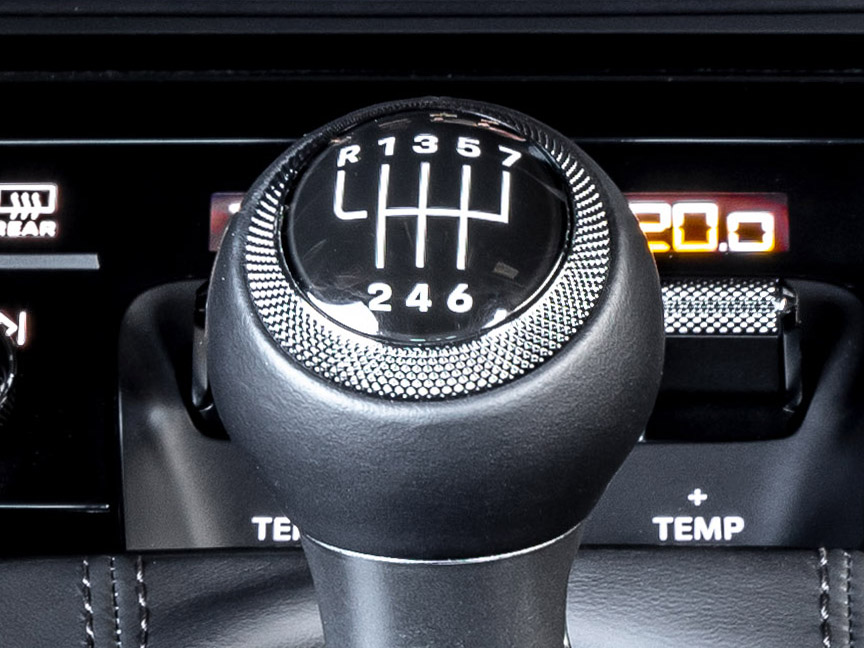
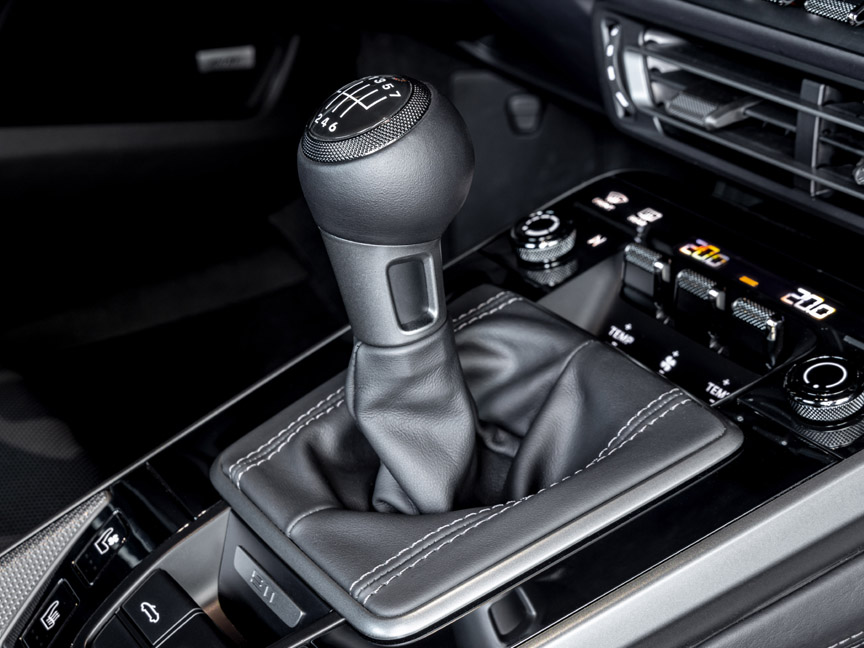
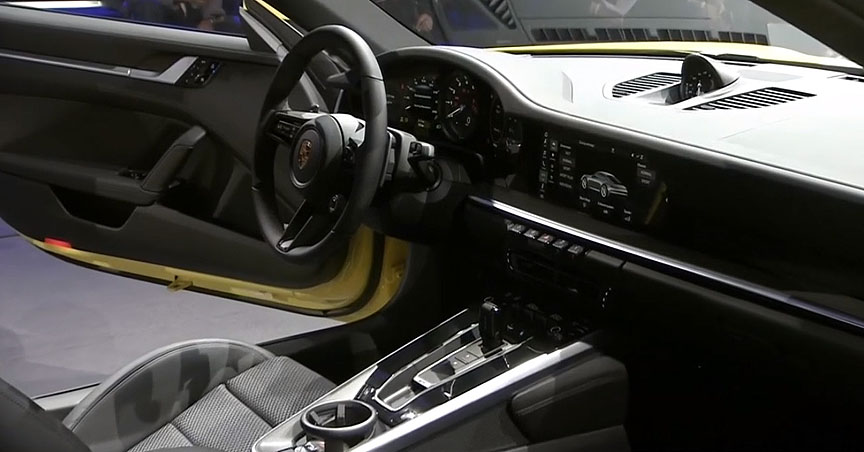
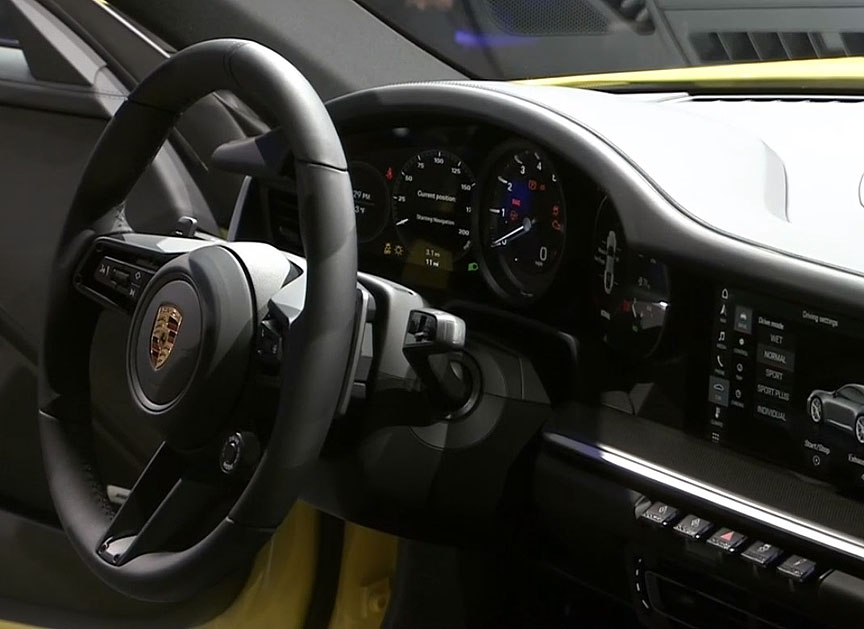
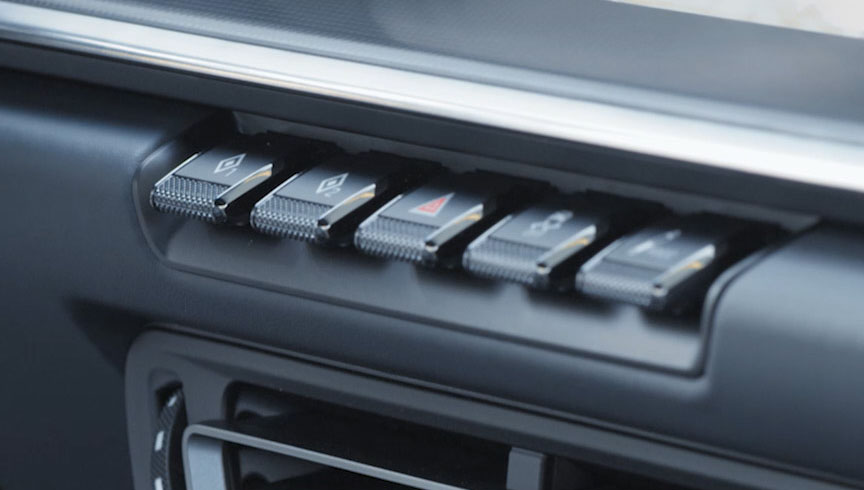
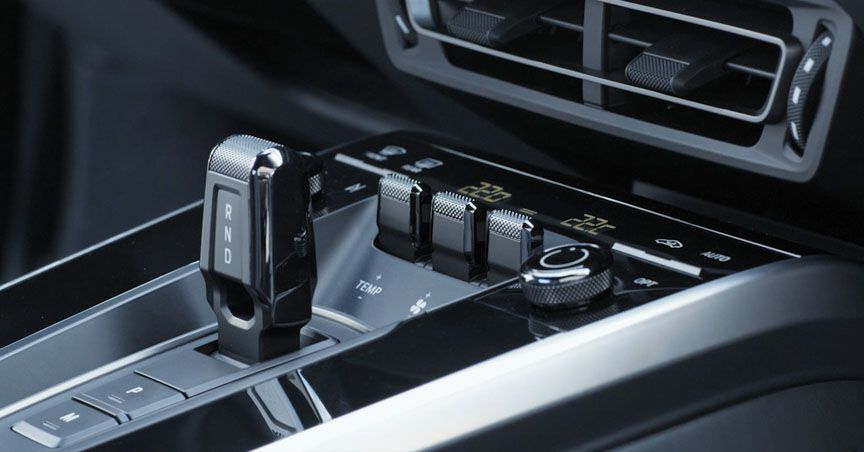
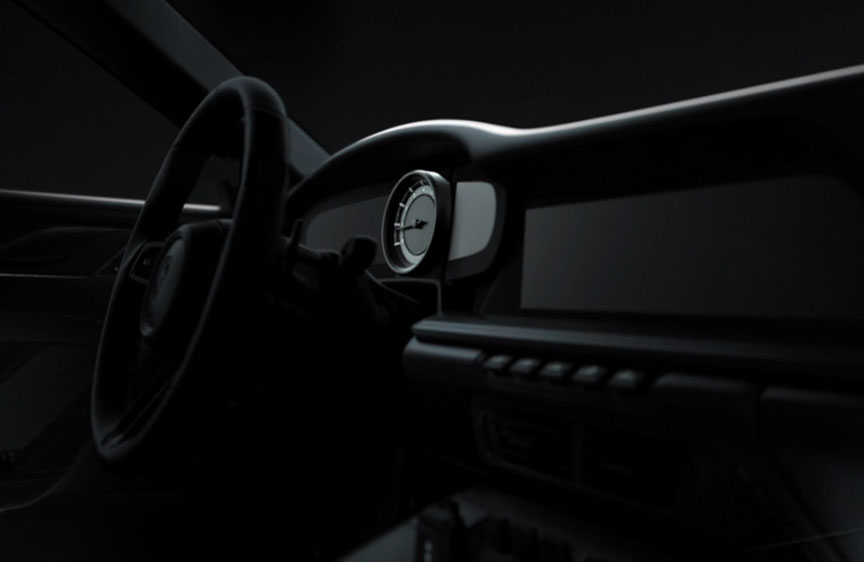
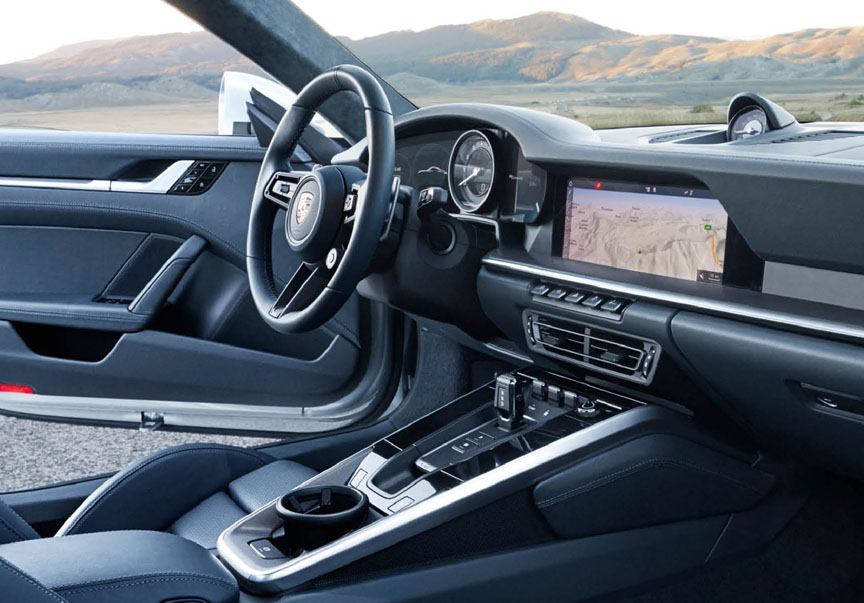
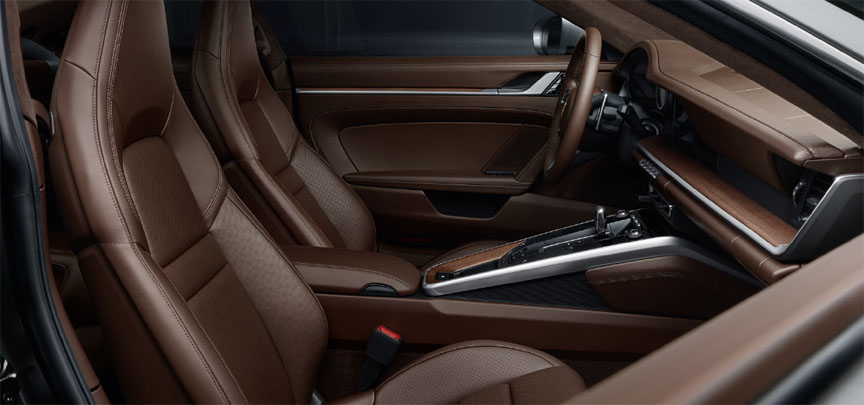
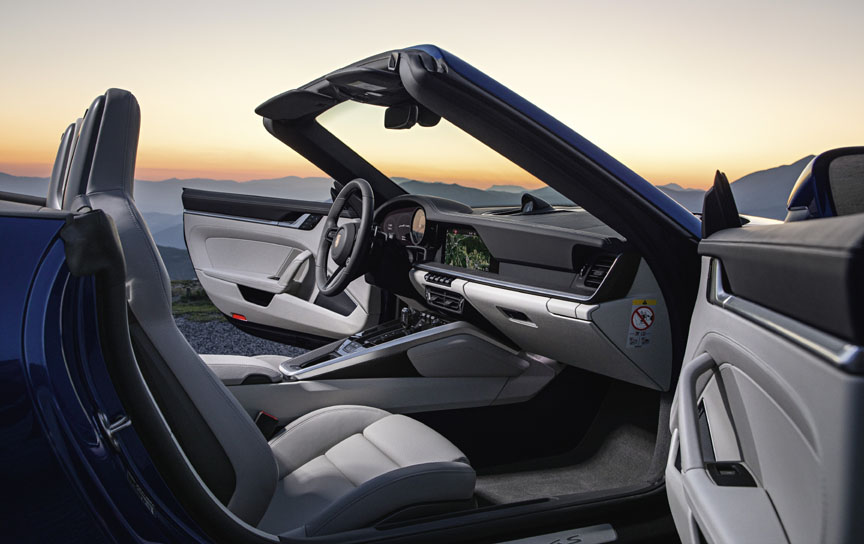
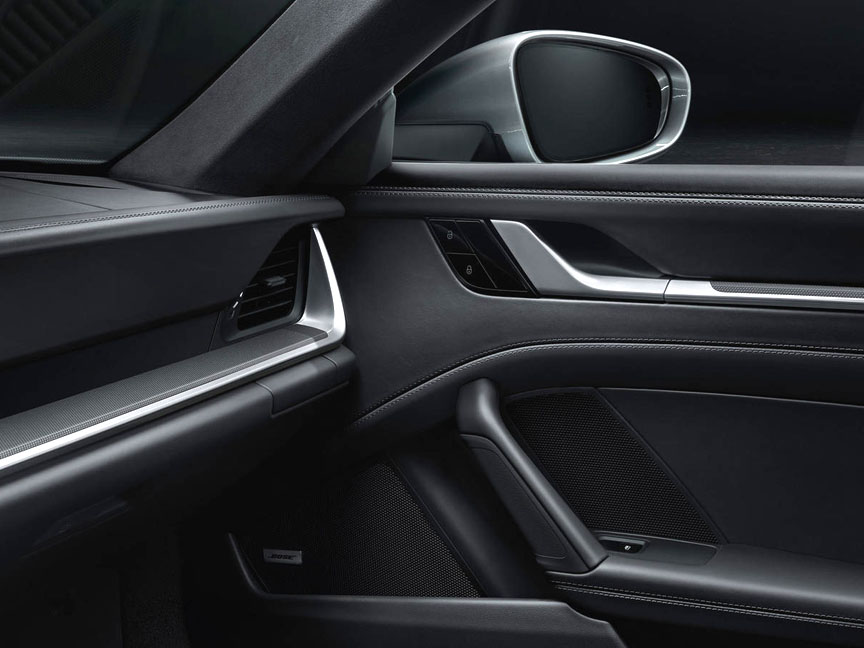
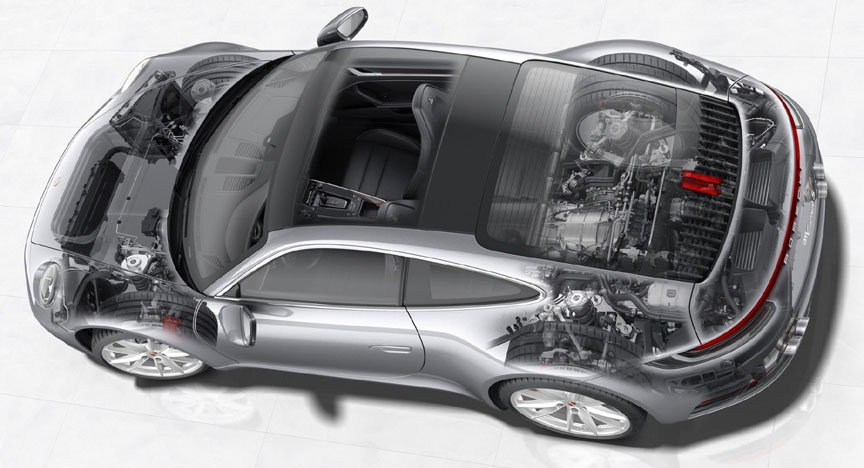
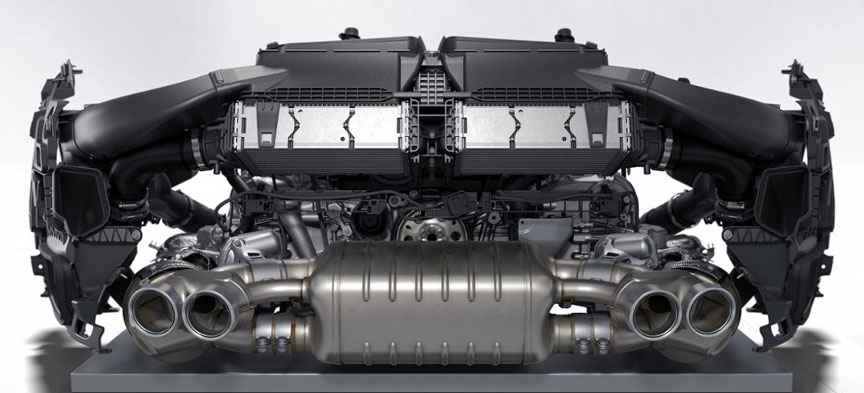
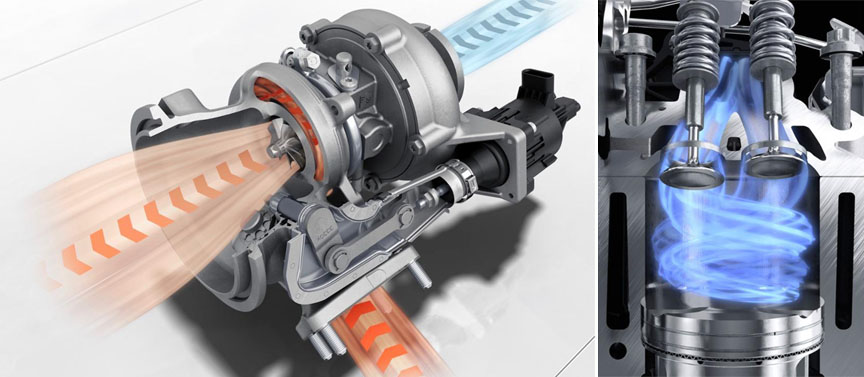
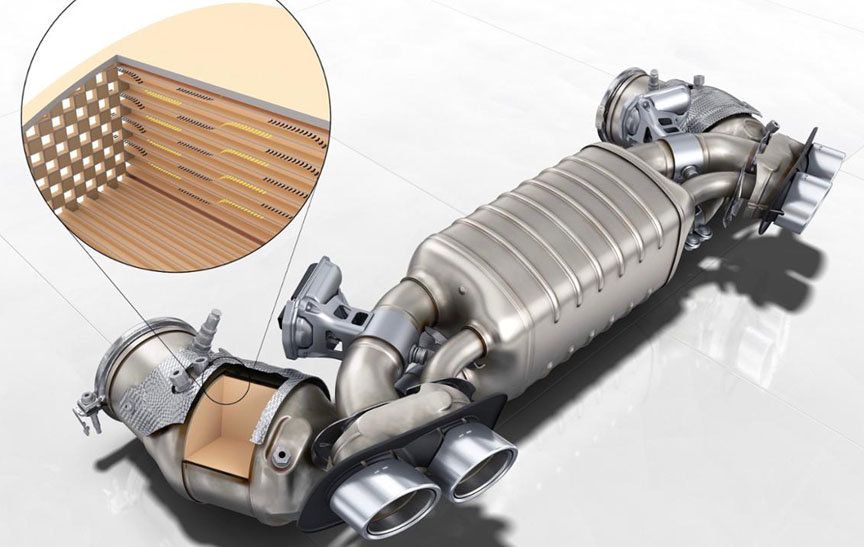
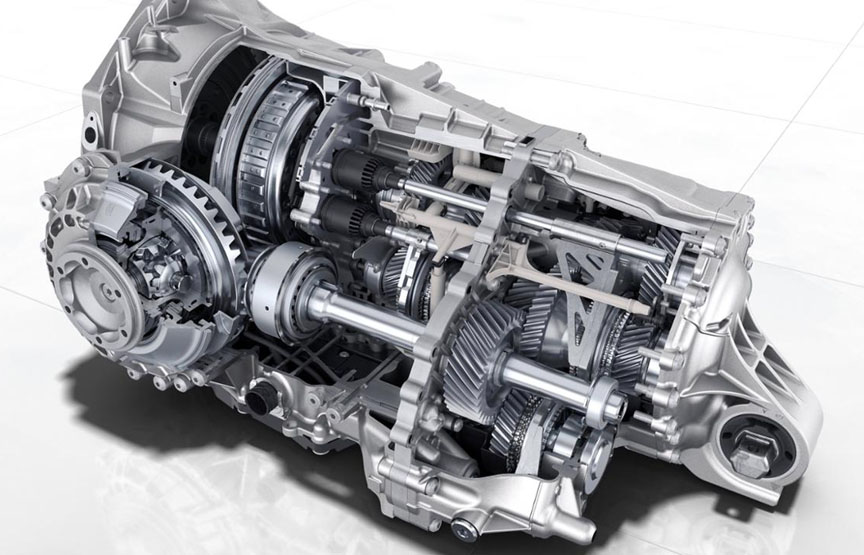
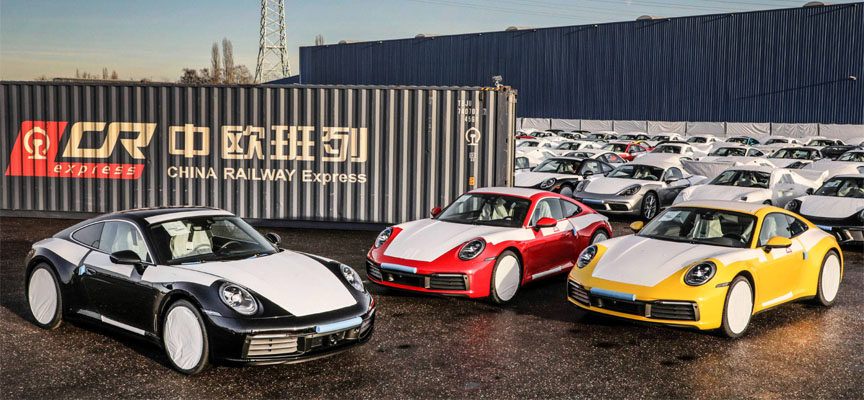
Heritage Design Edition
Porsche Exclusive created the Heritage Design Edition based on the Targa 4S.
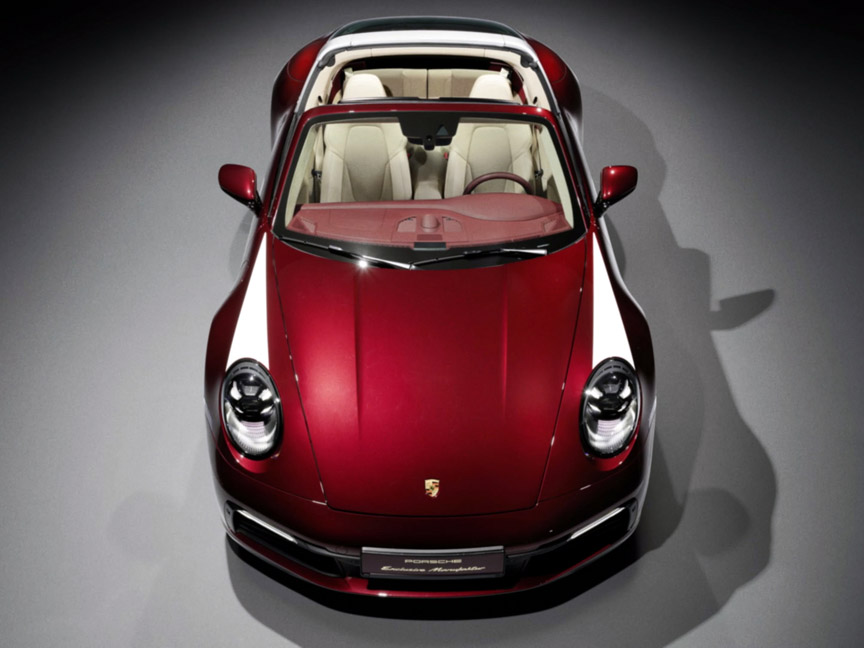
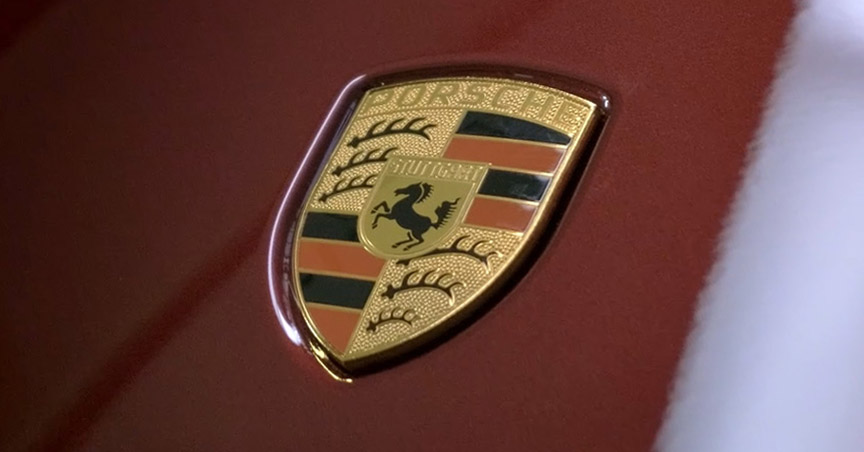
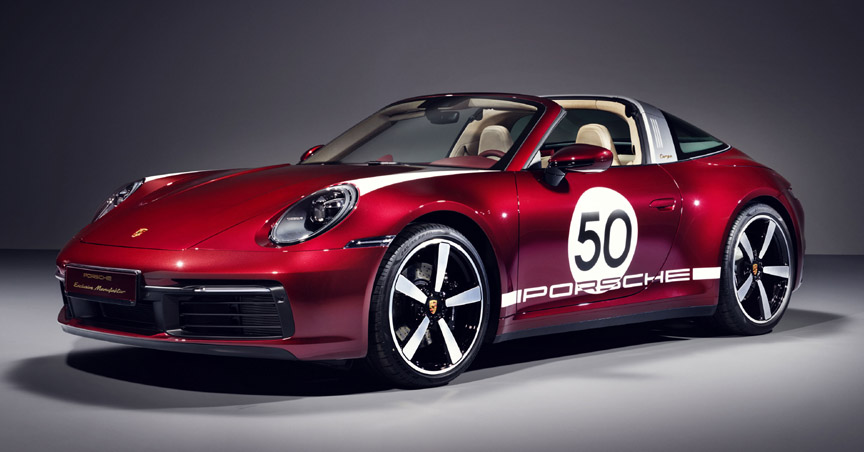
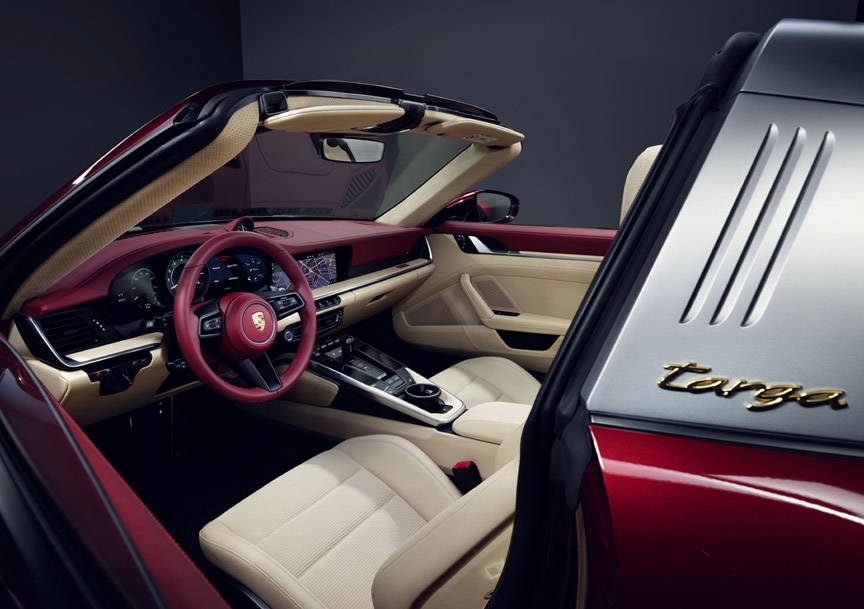
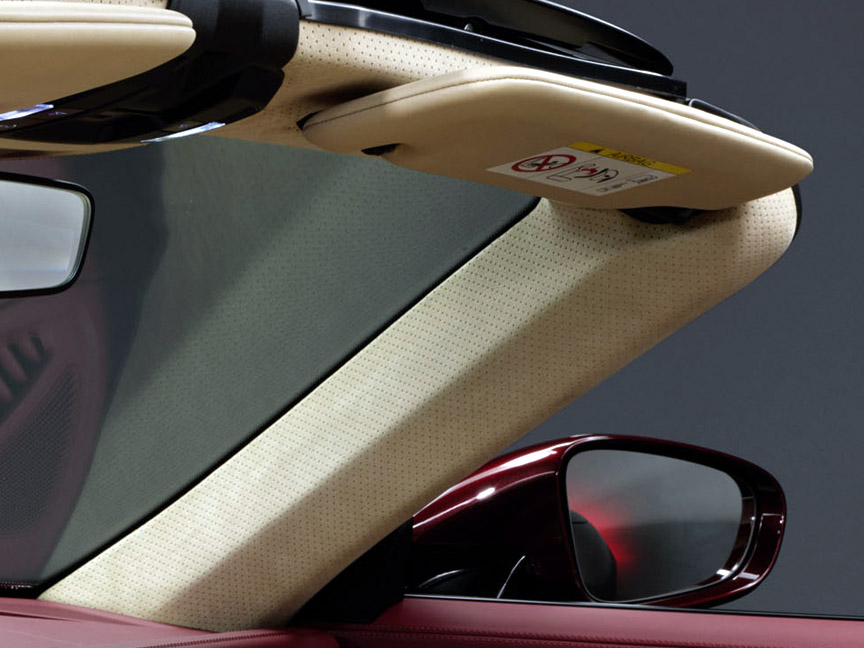
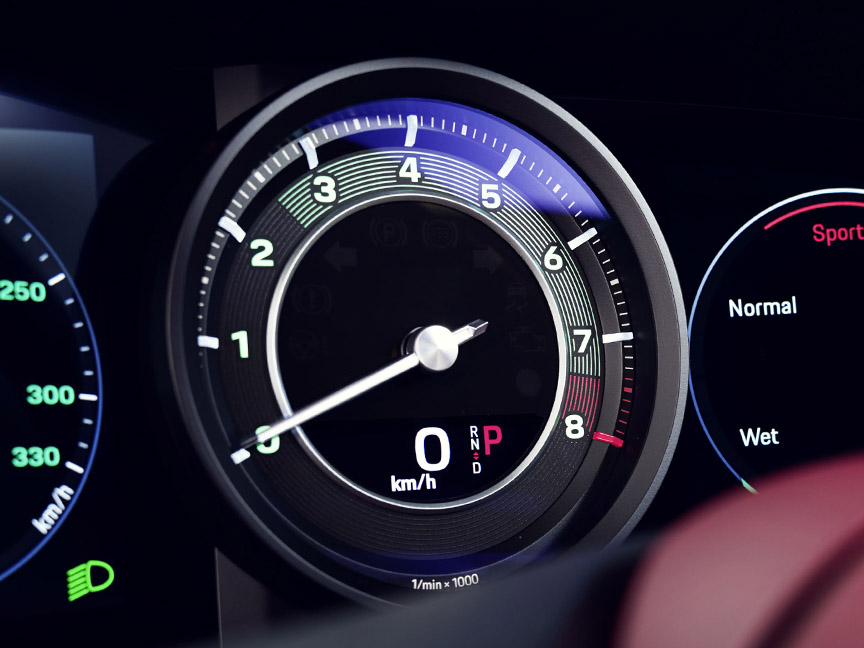
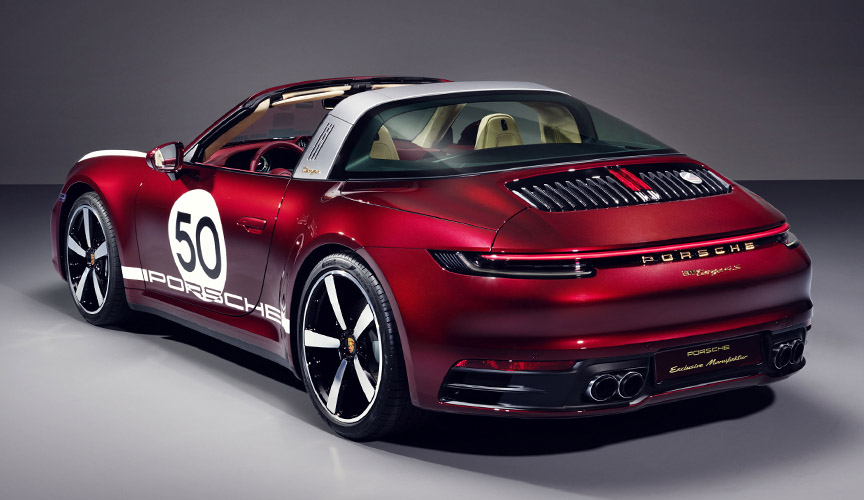
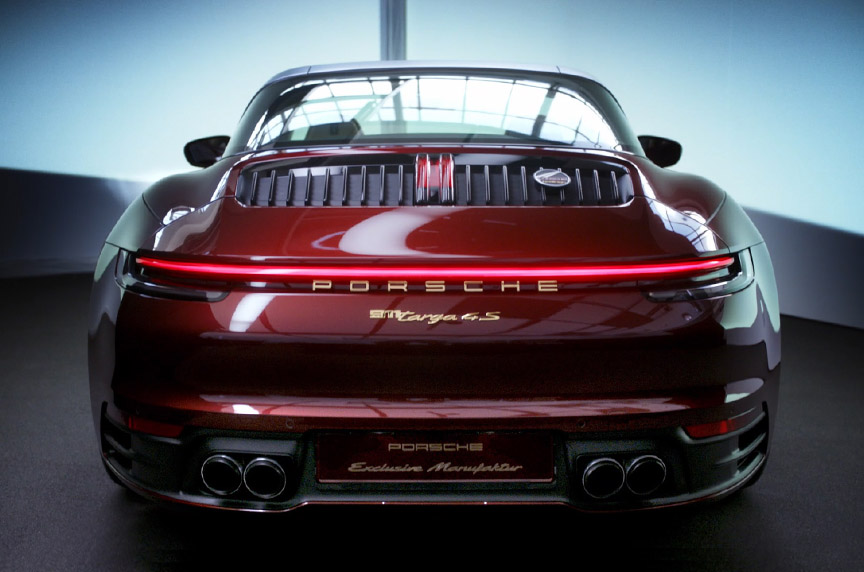
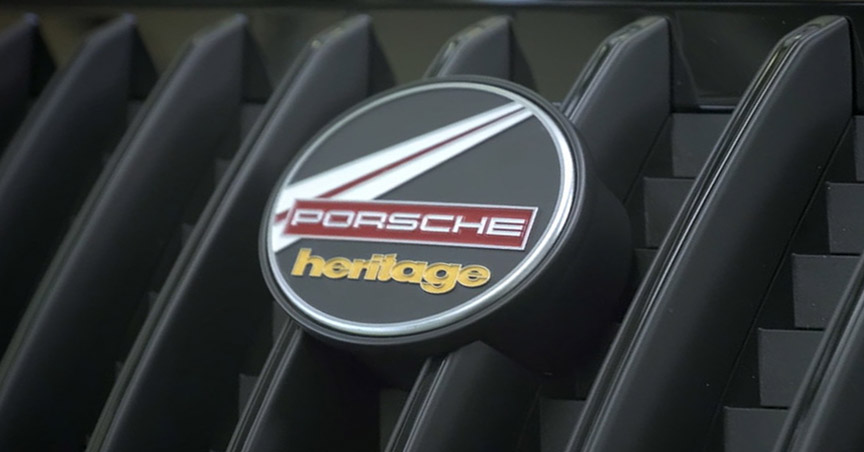
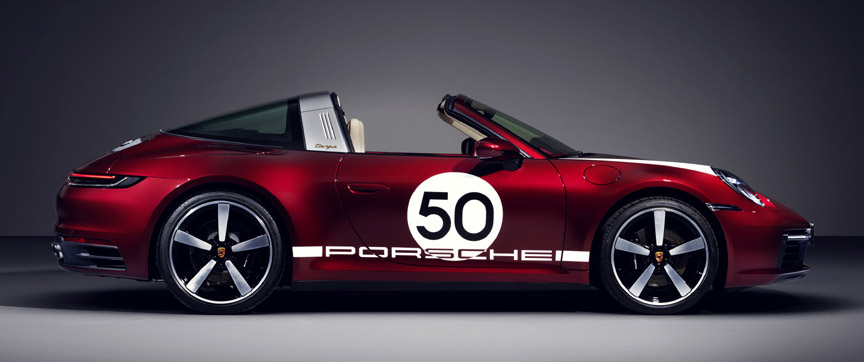
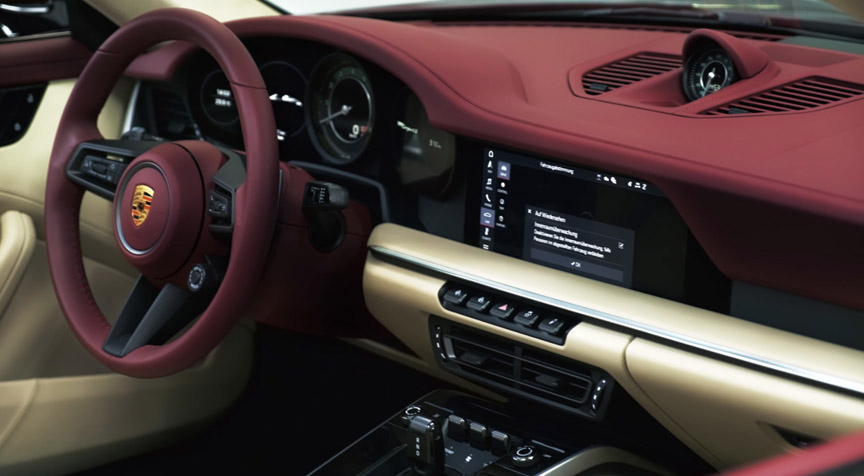
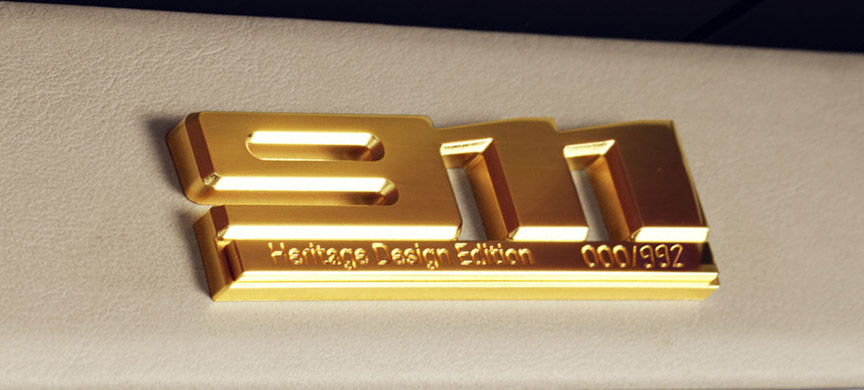
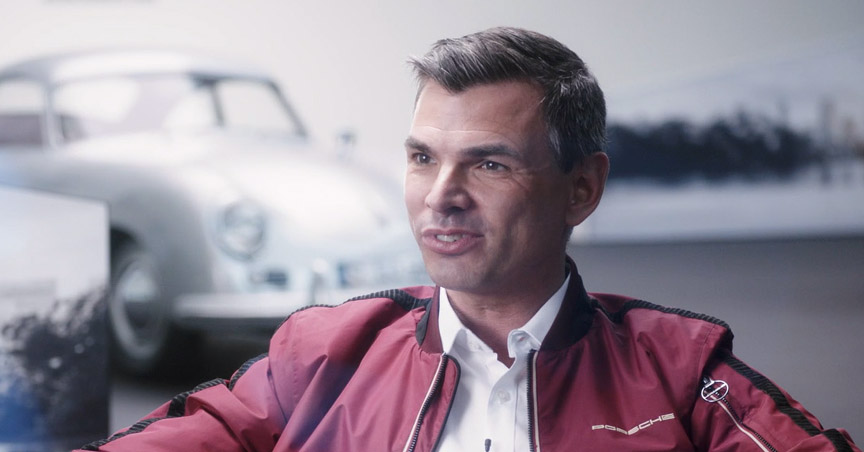
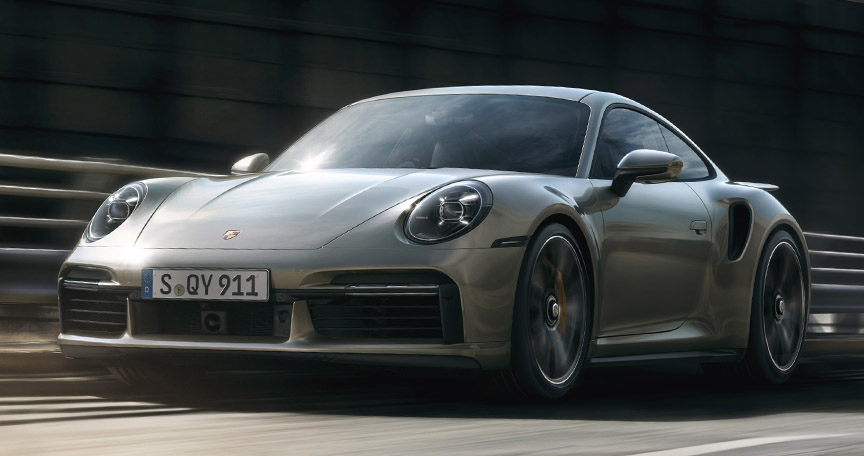
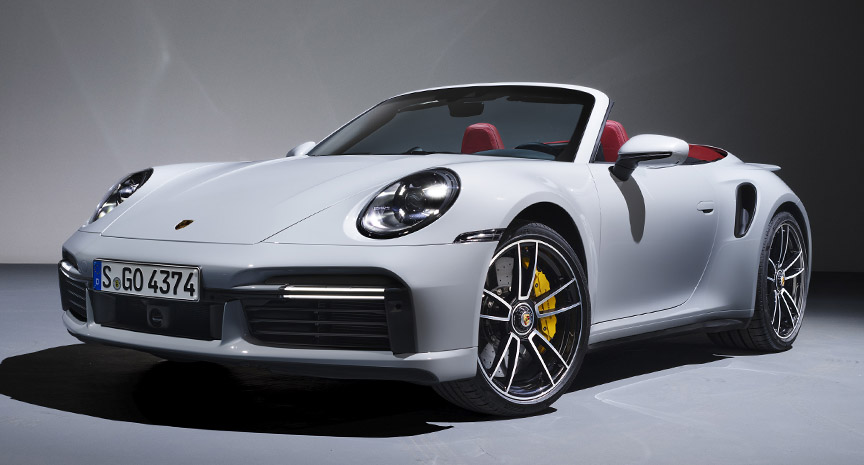
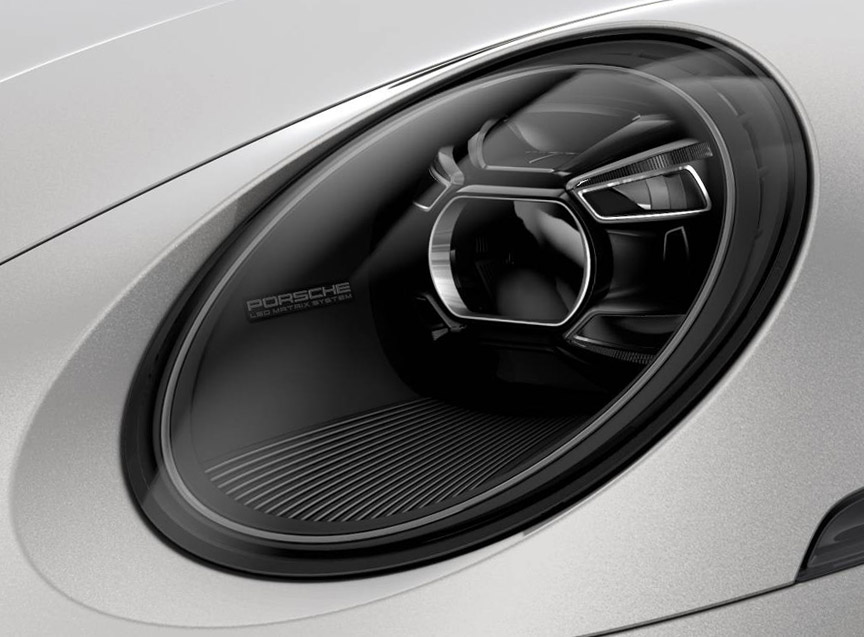
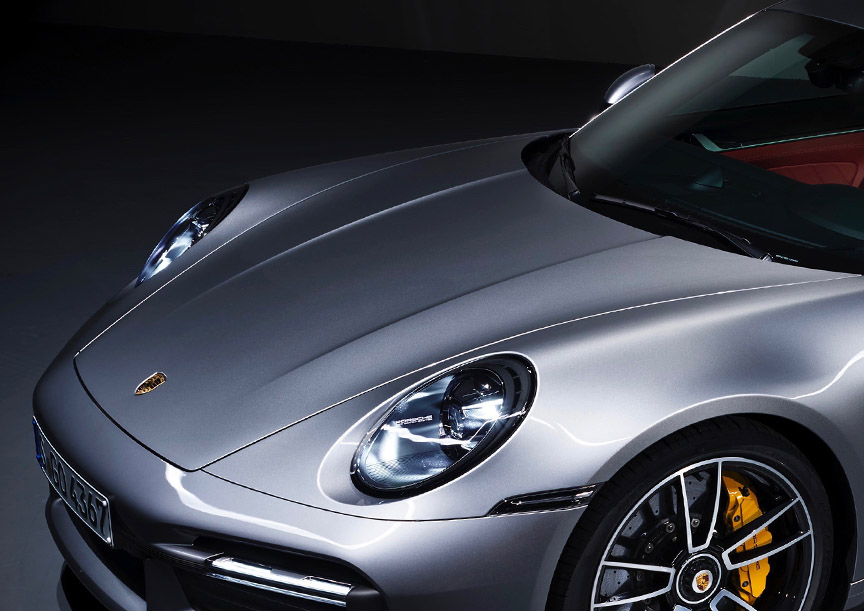
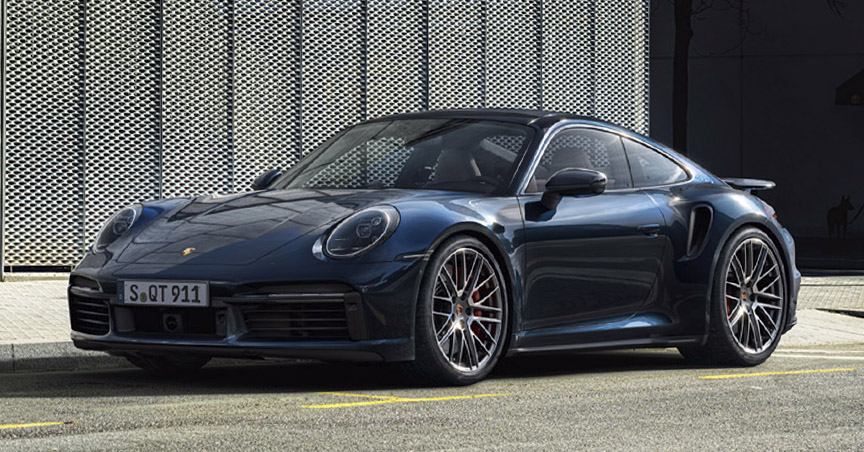
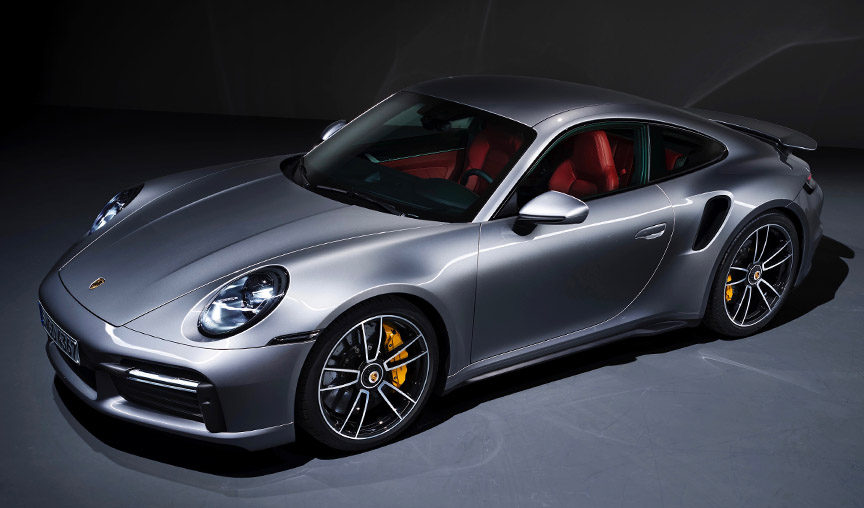
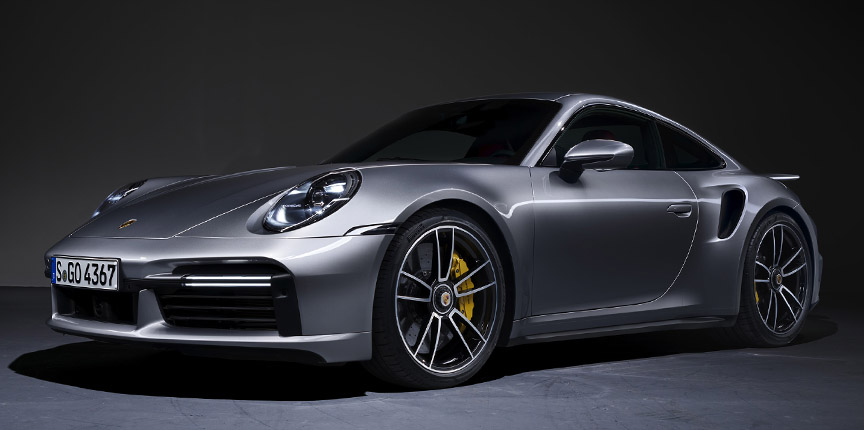
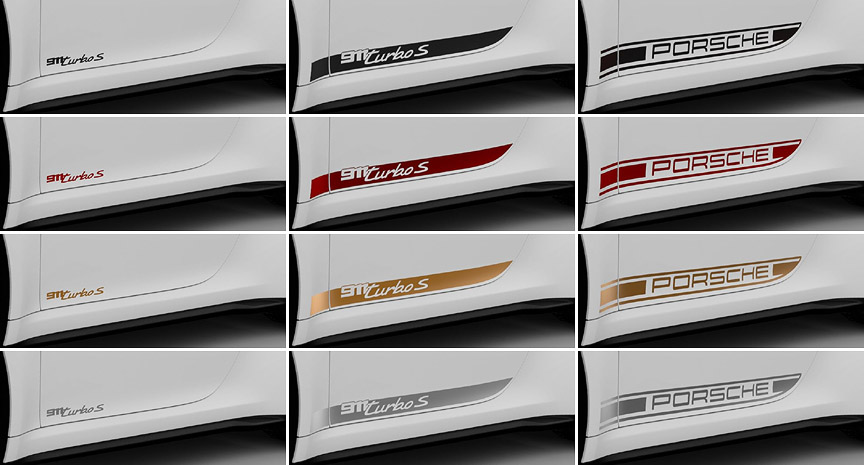
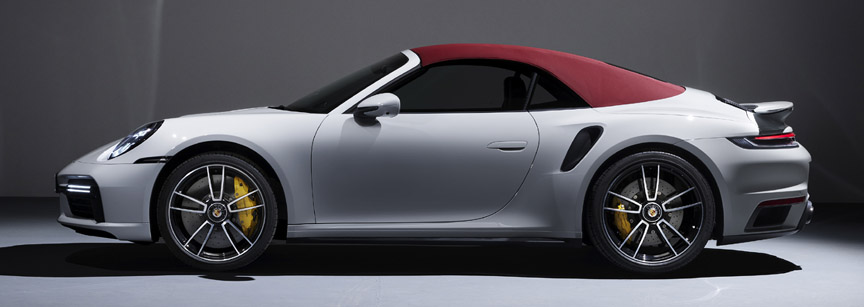

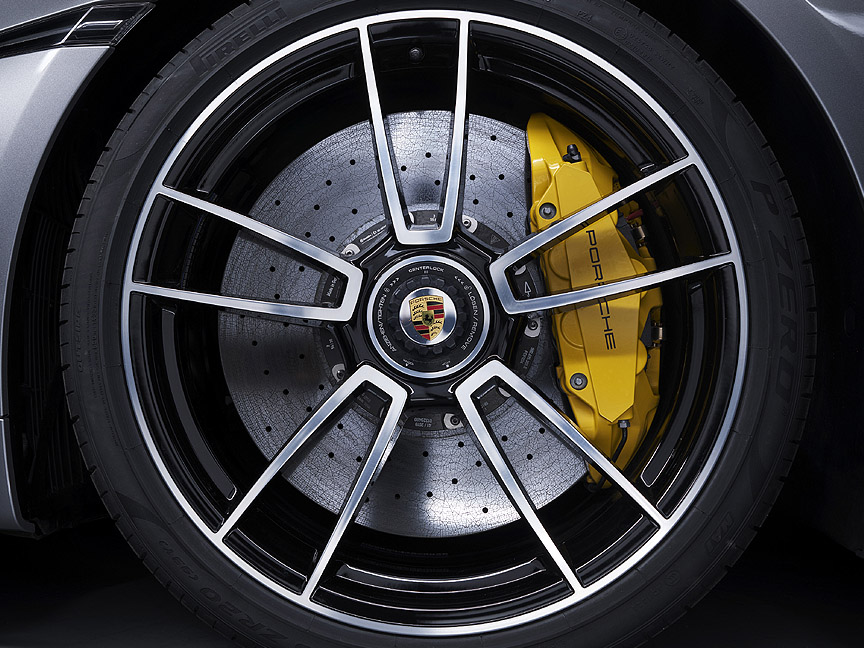
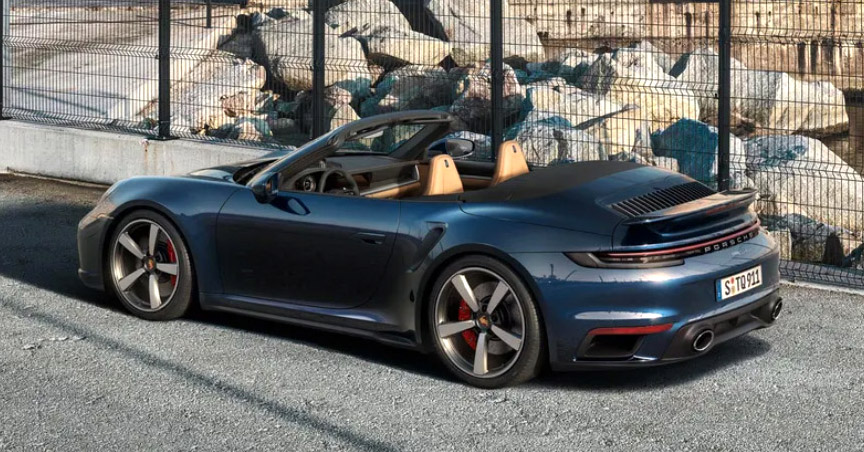
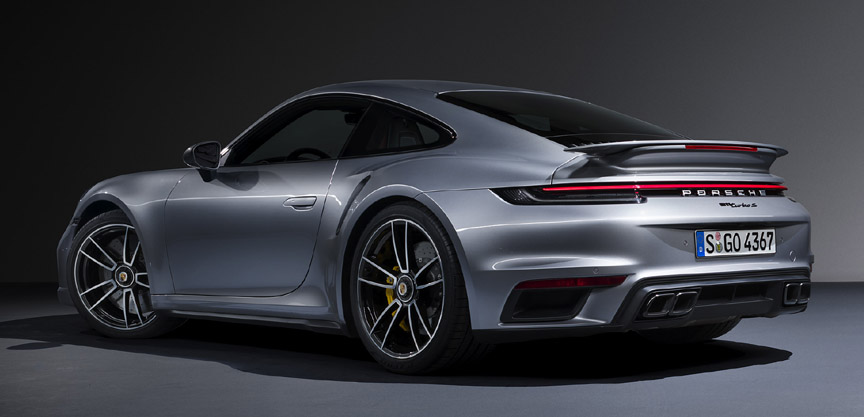
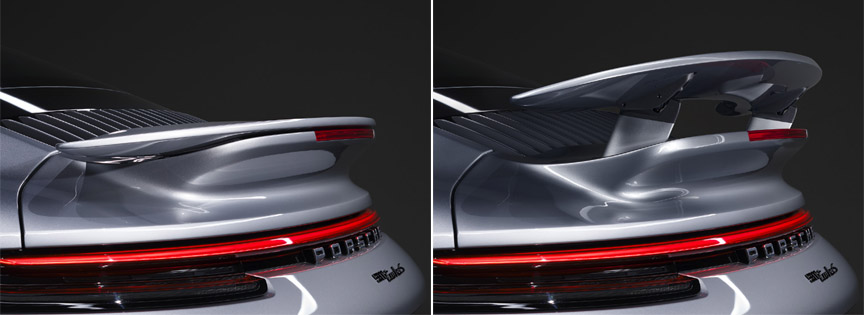
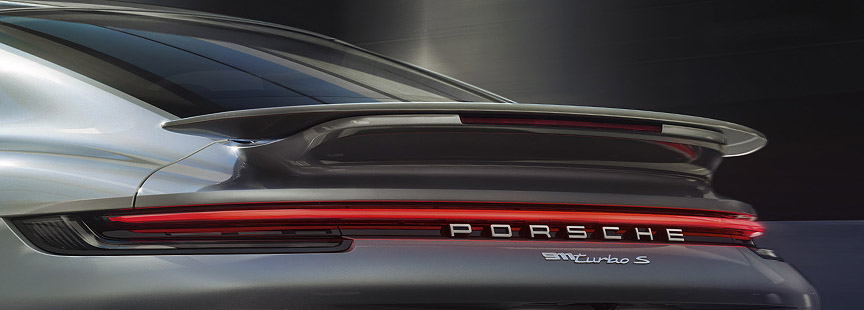
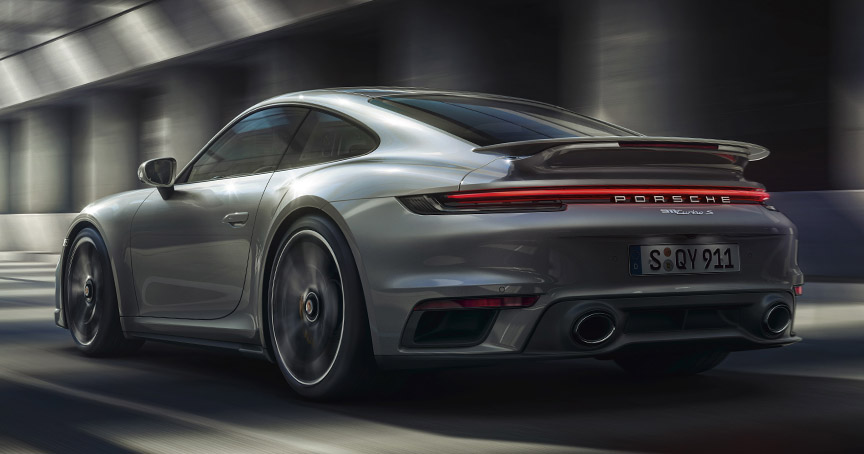

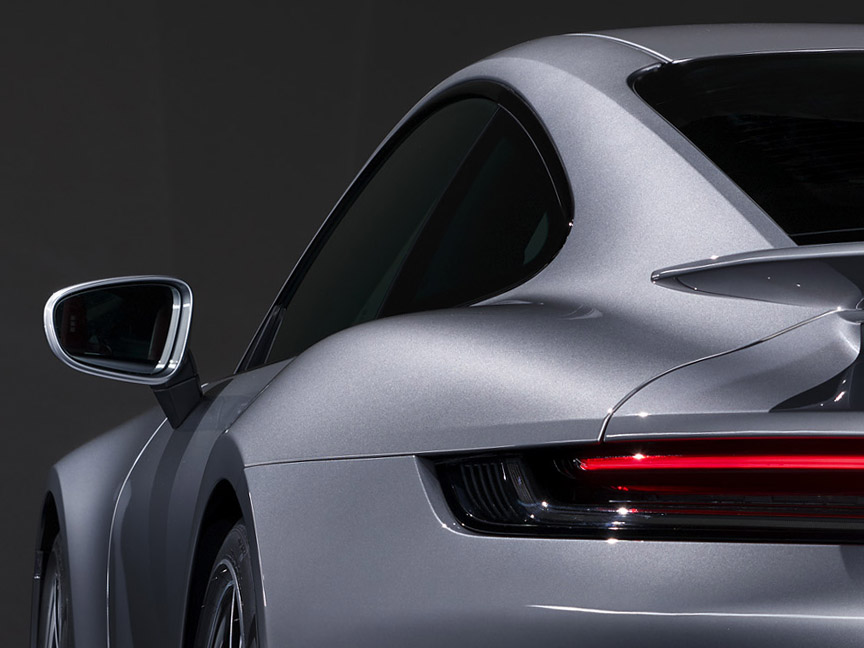
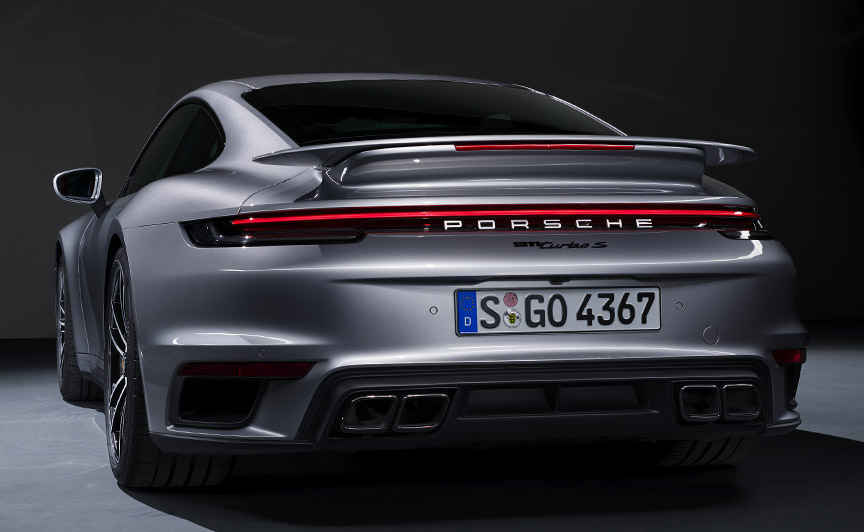
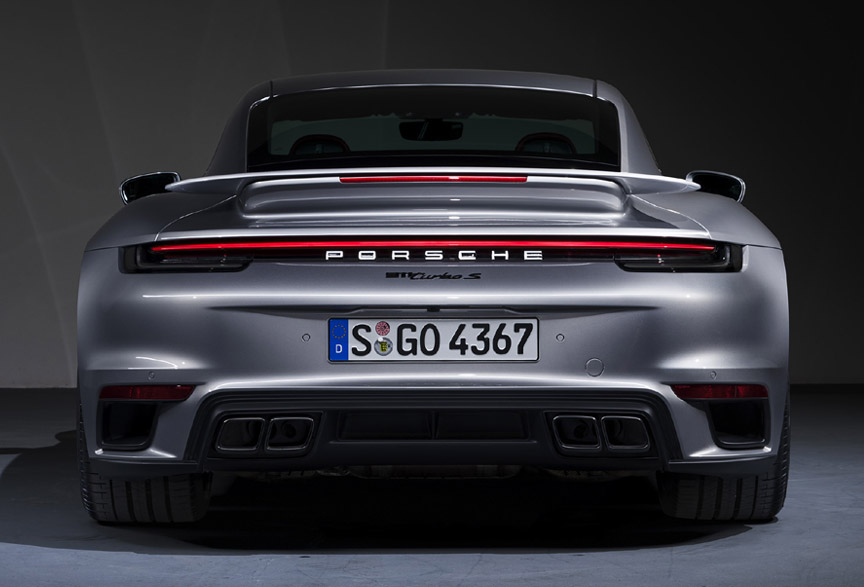
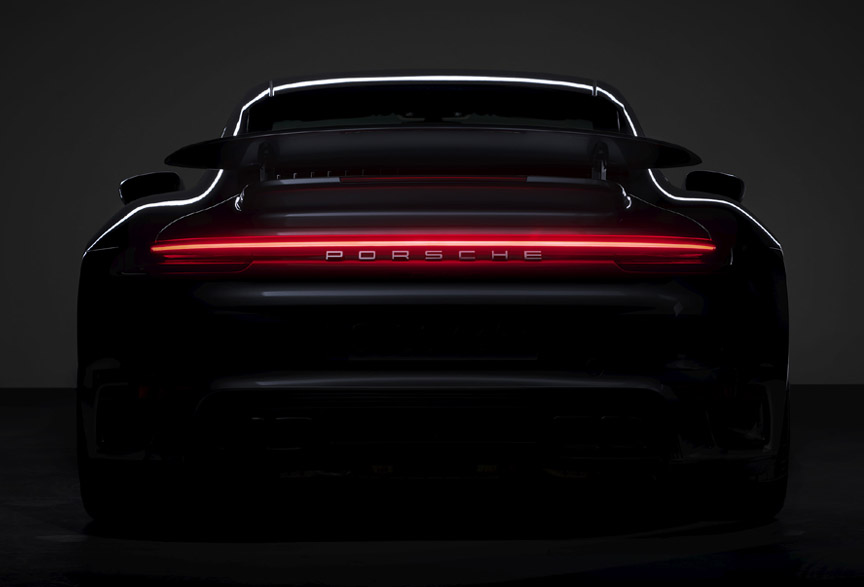
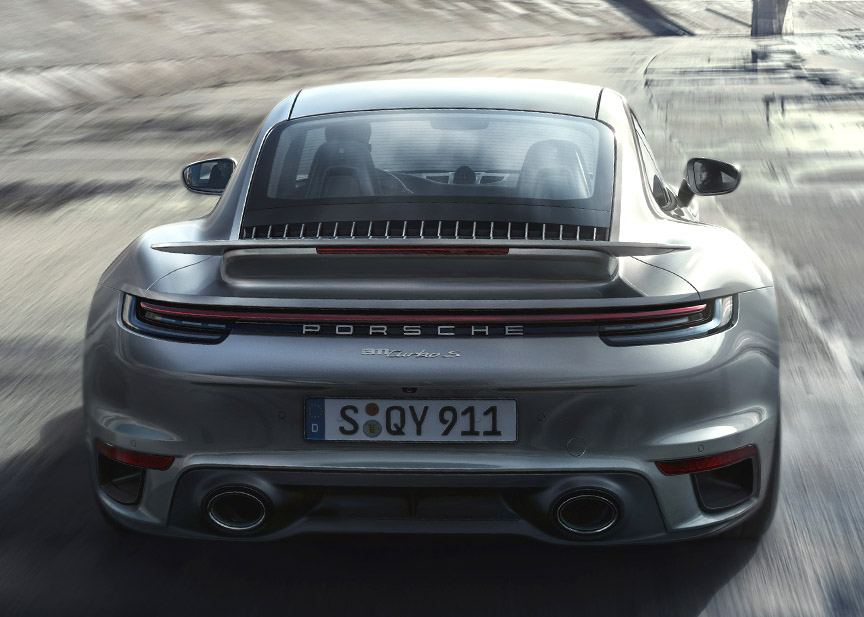
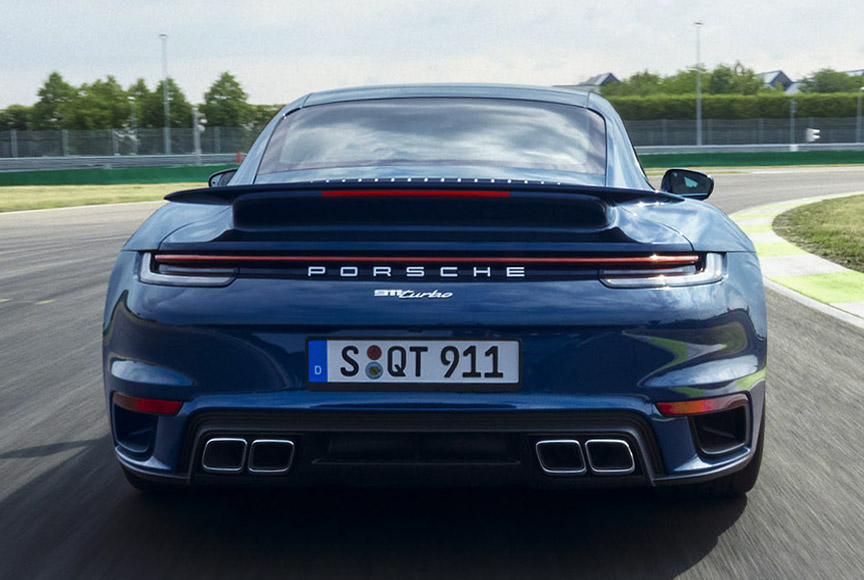
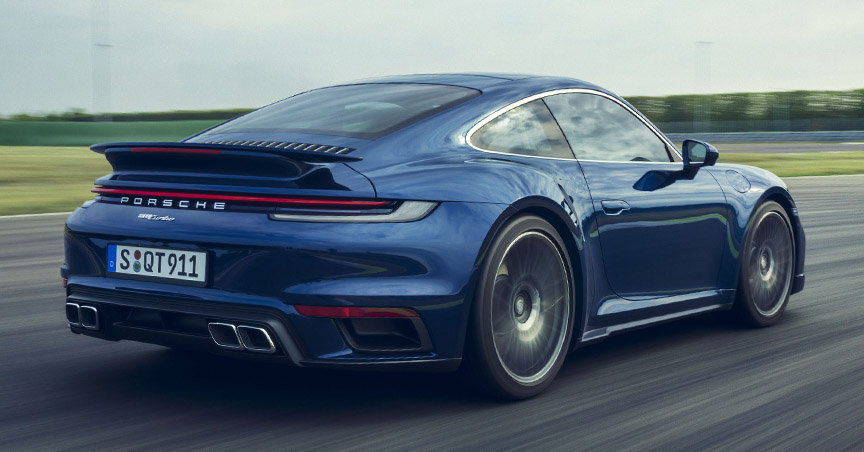

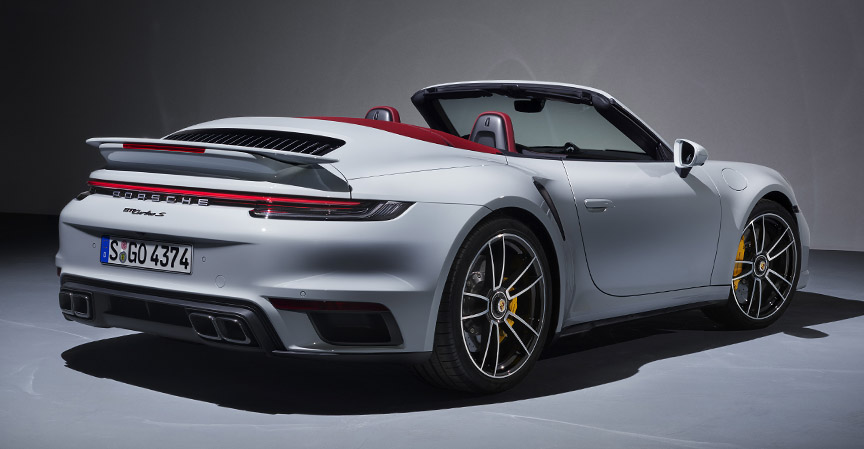
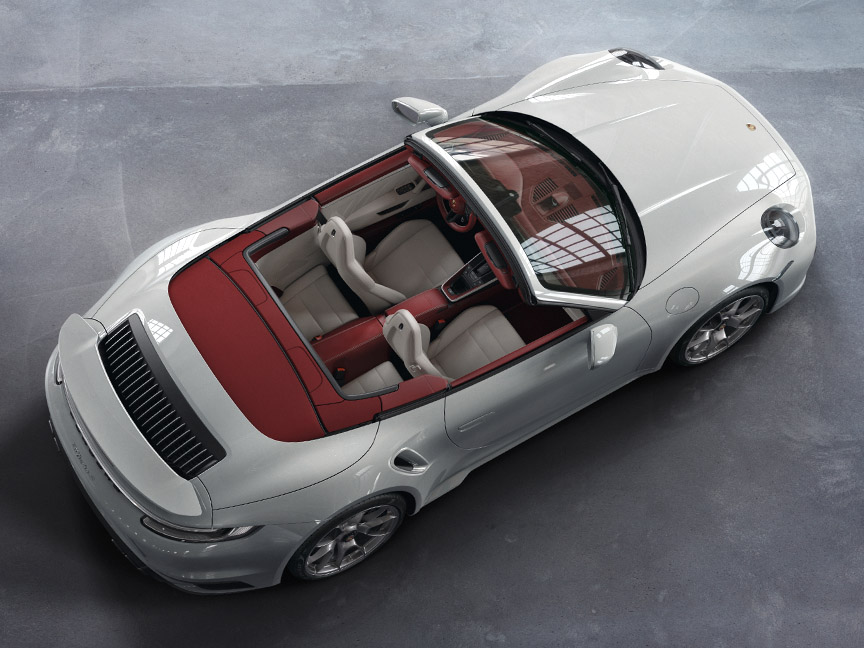
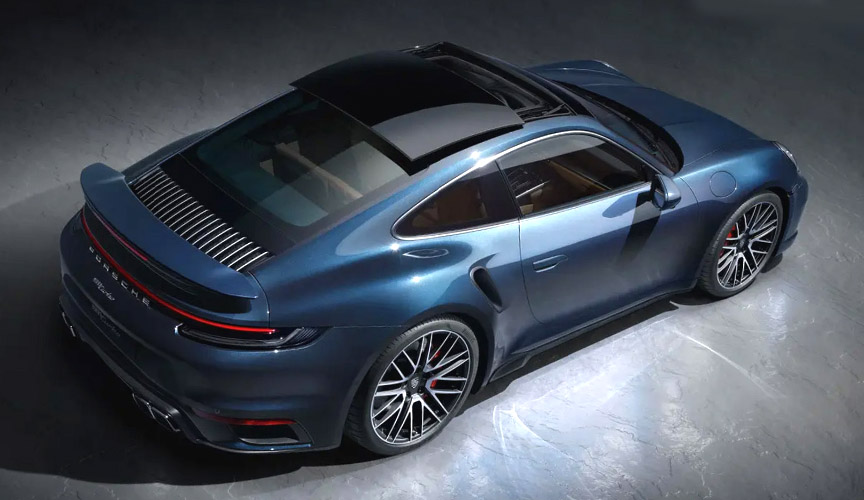
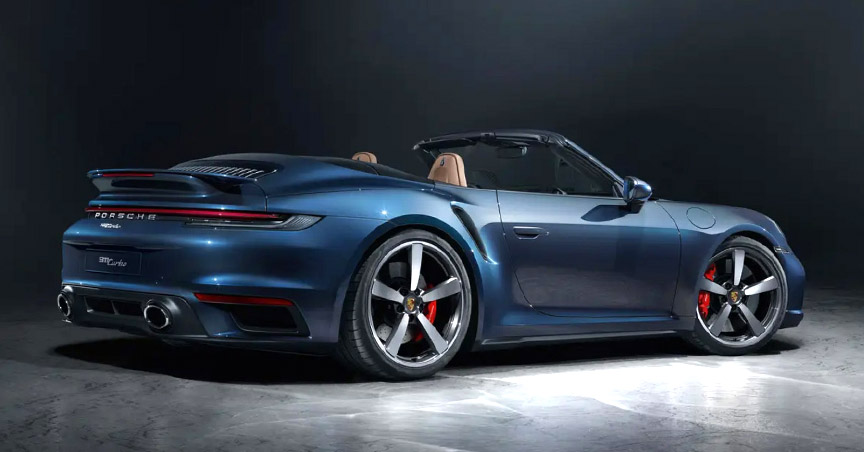
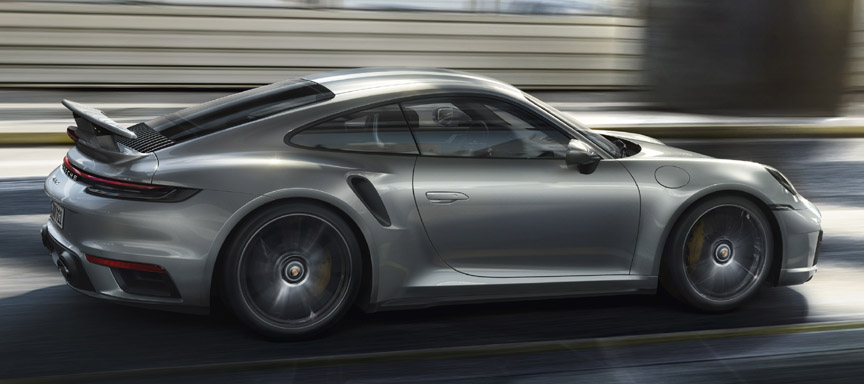
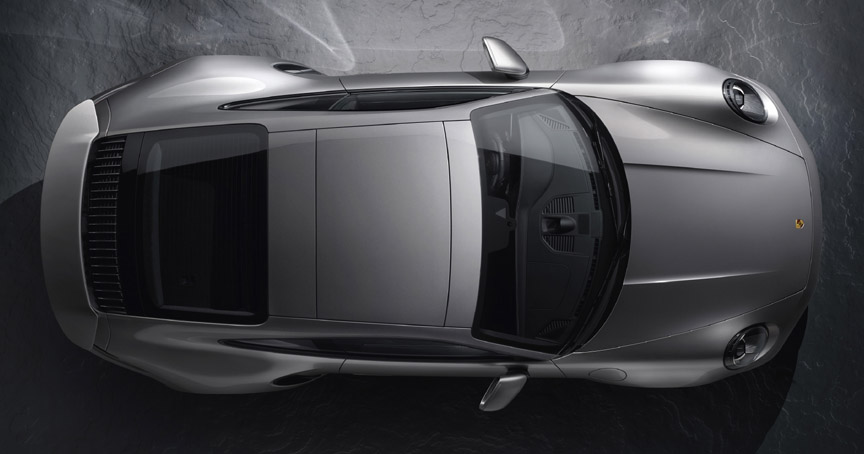
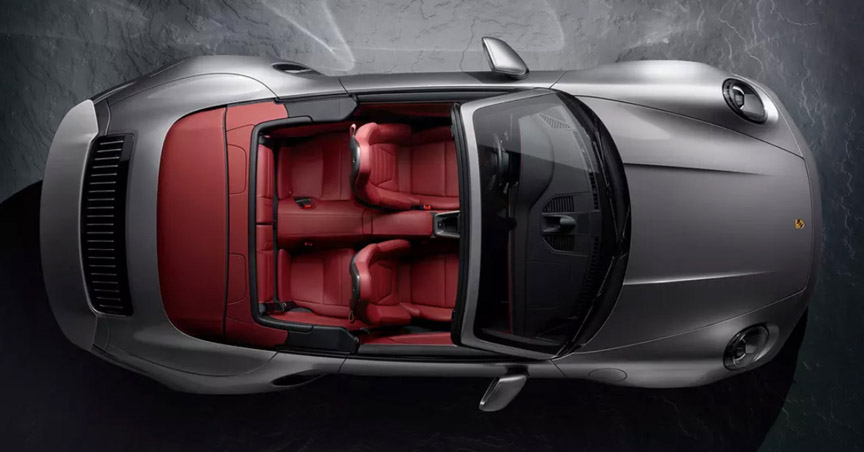
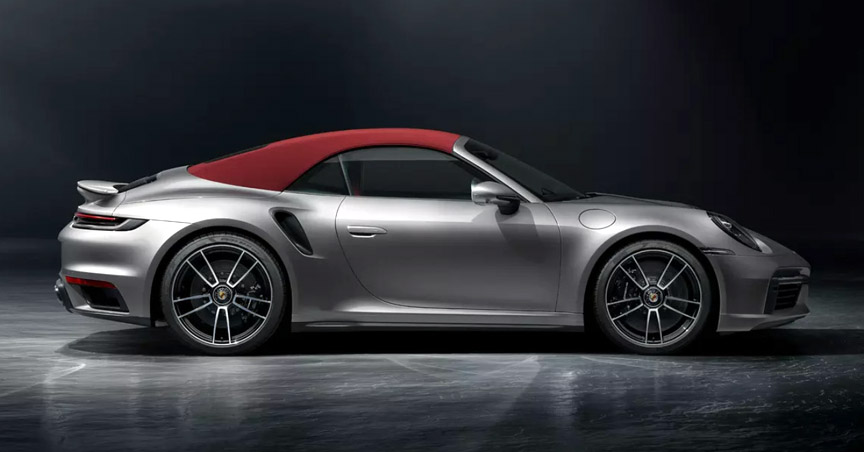
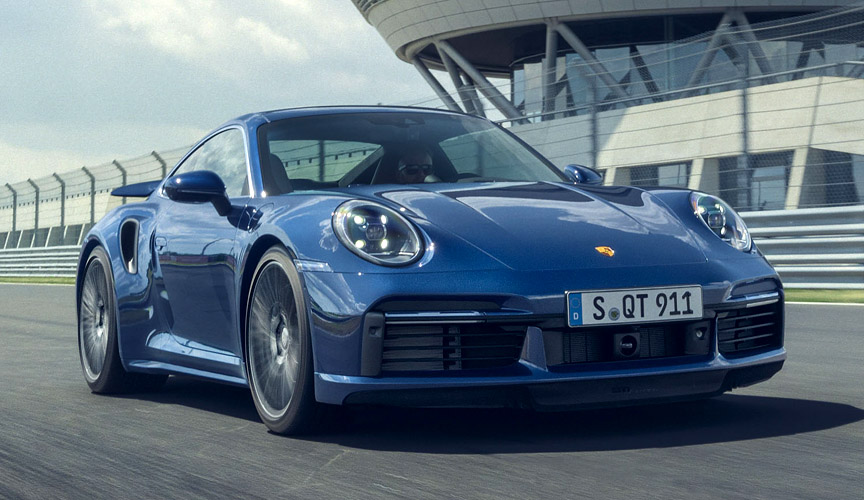
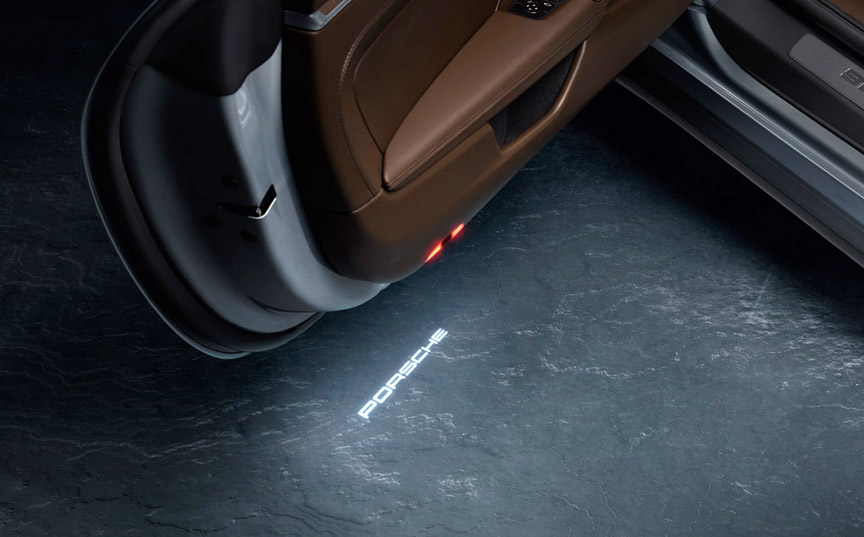
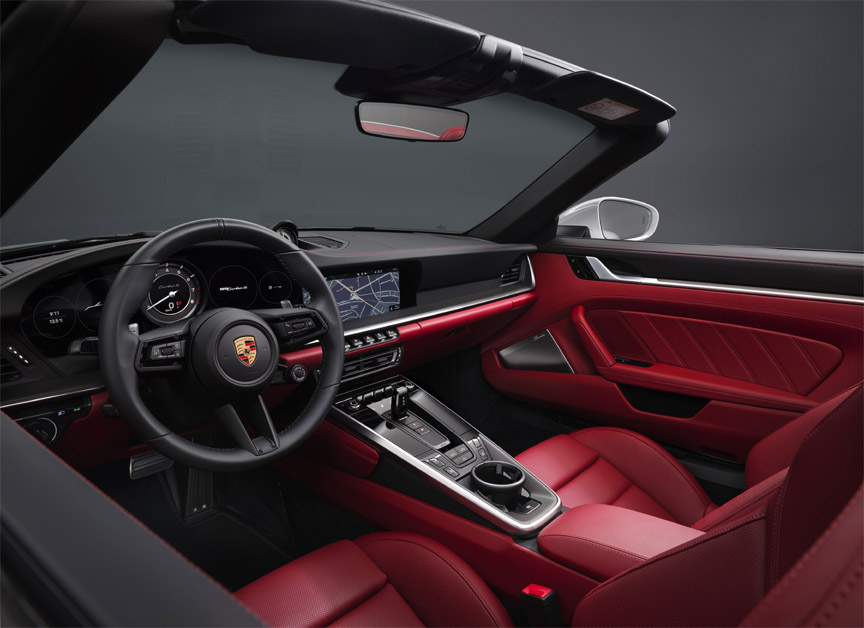
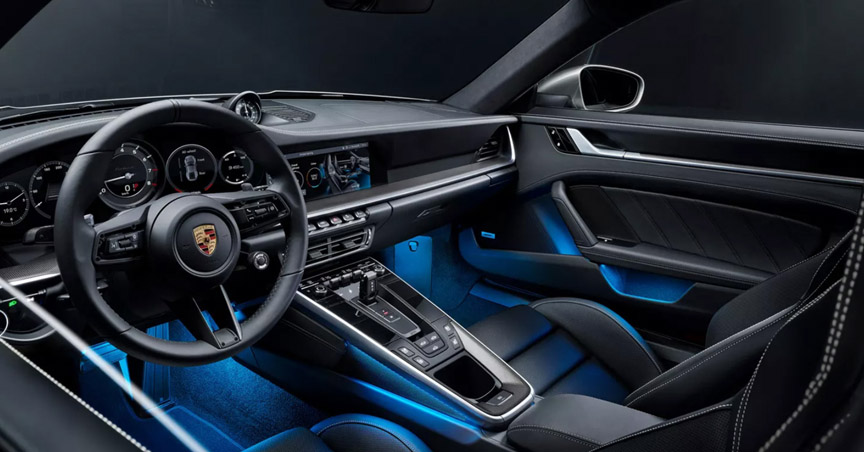
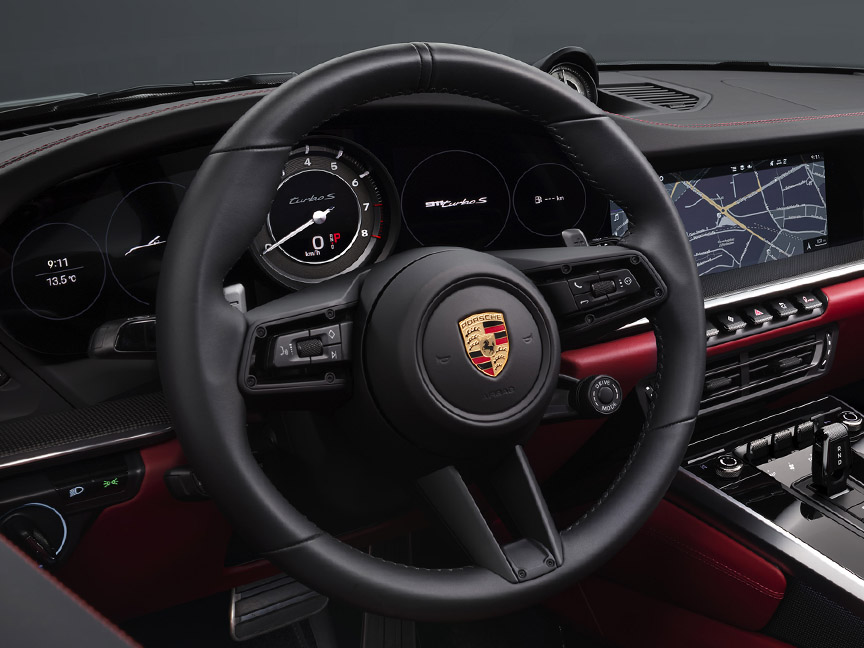
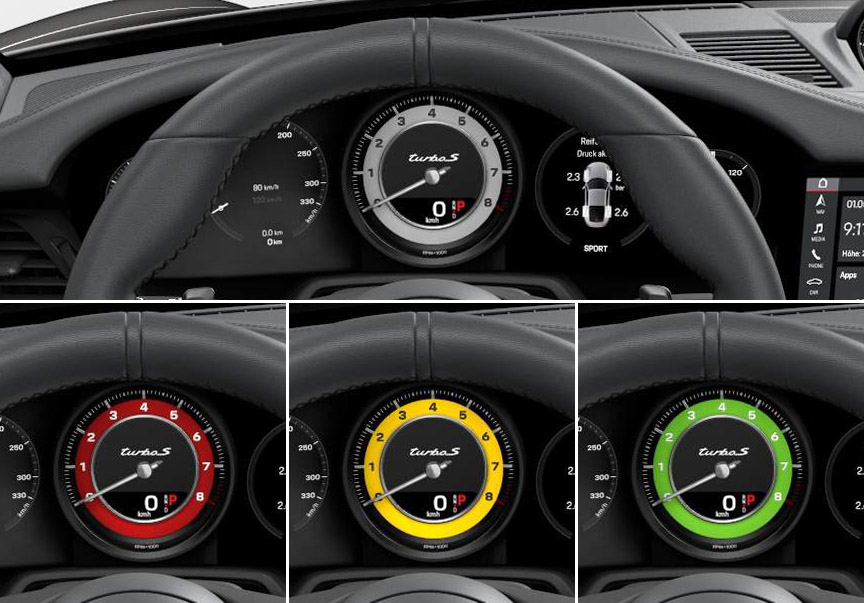
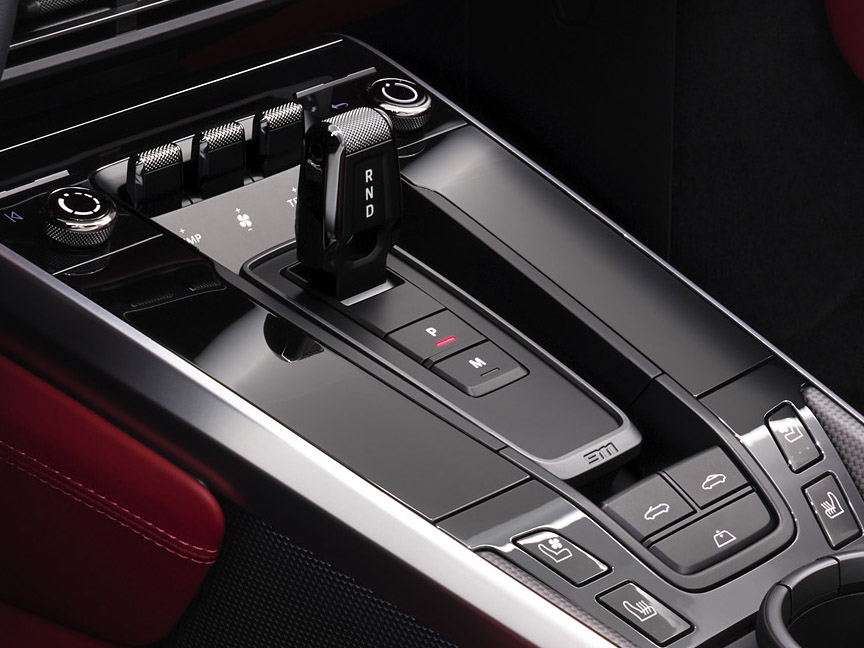
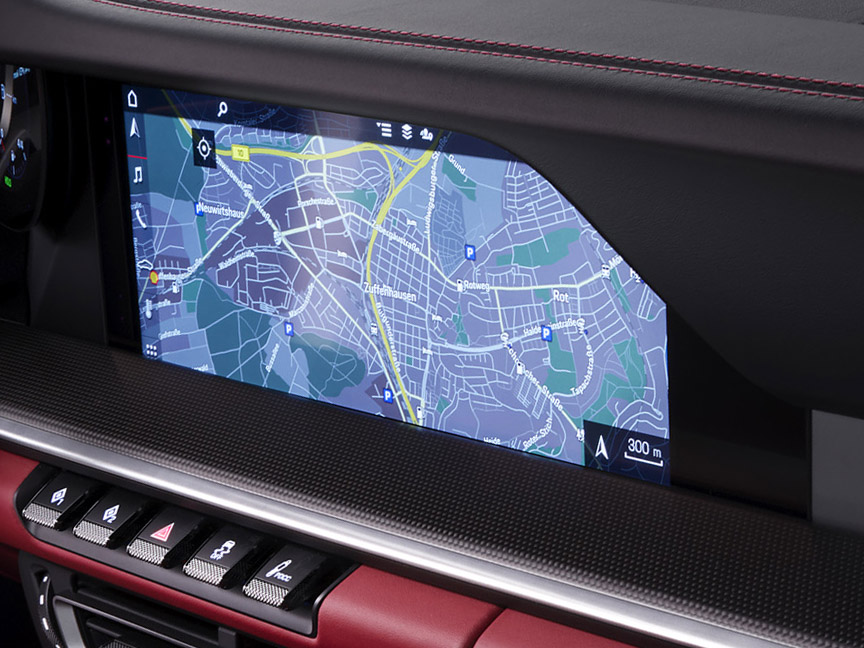
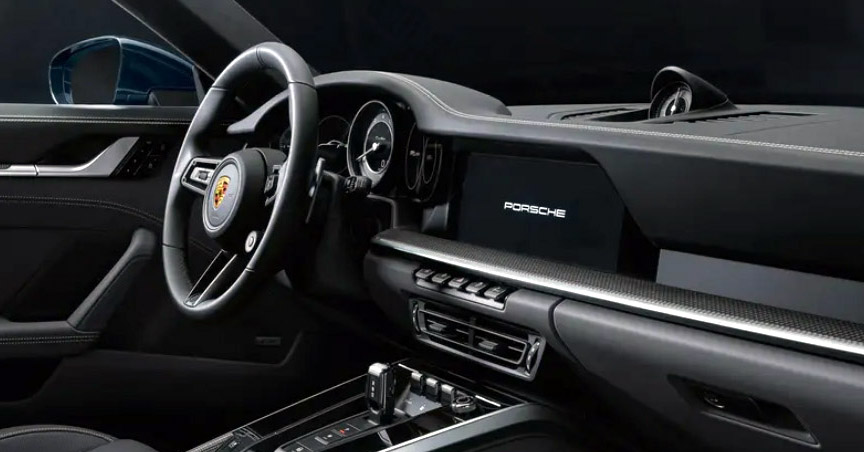
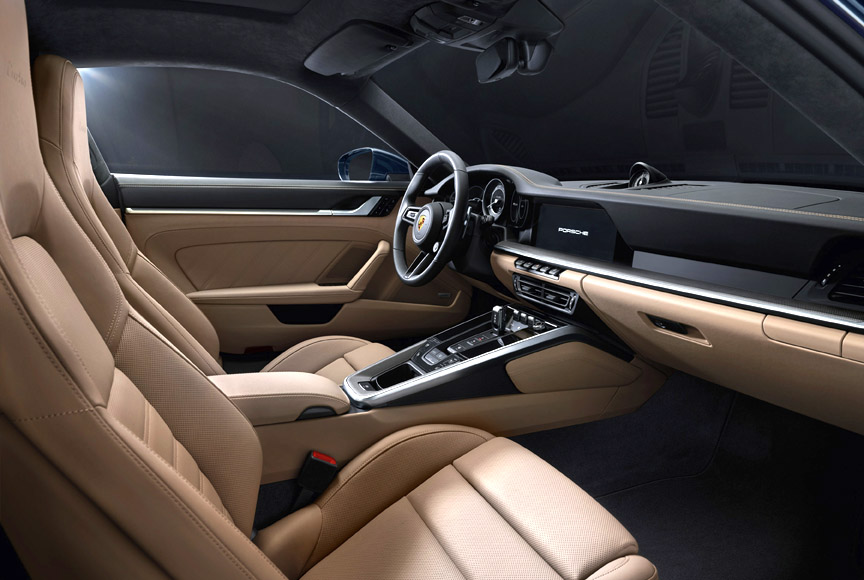
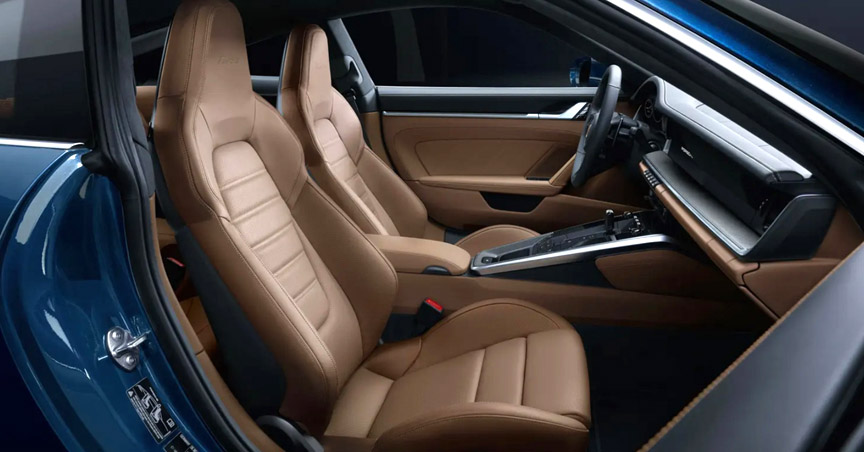
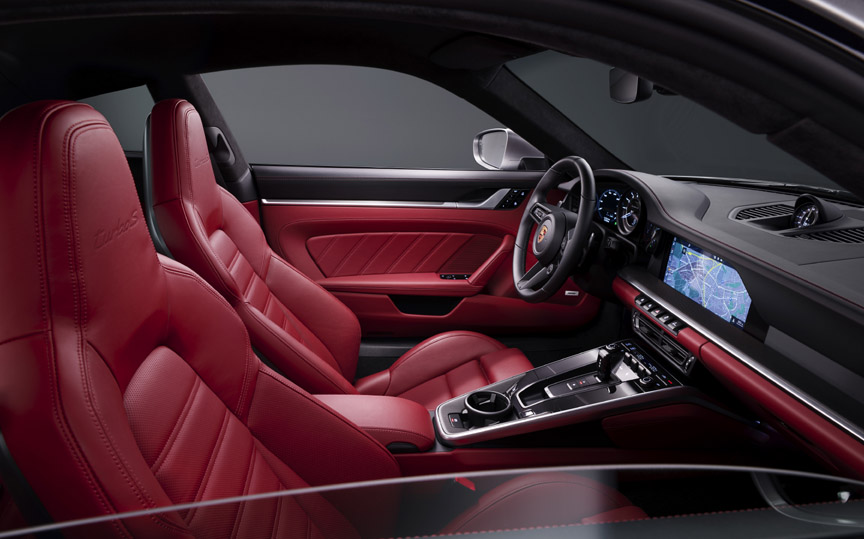
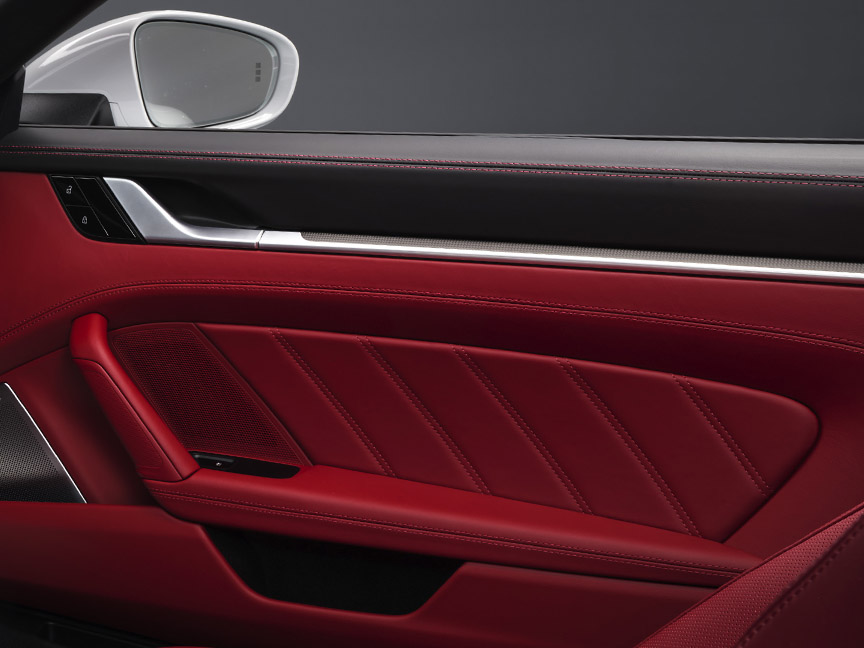
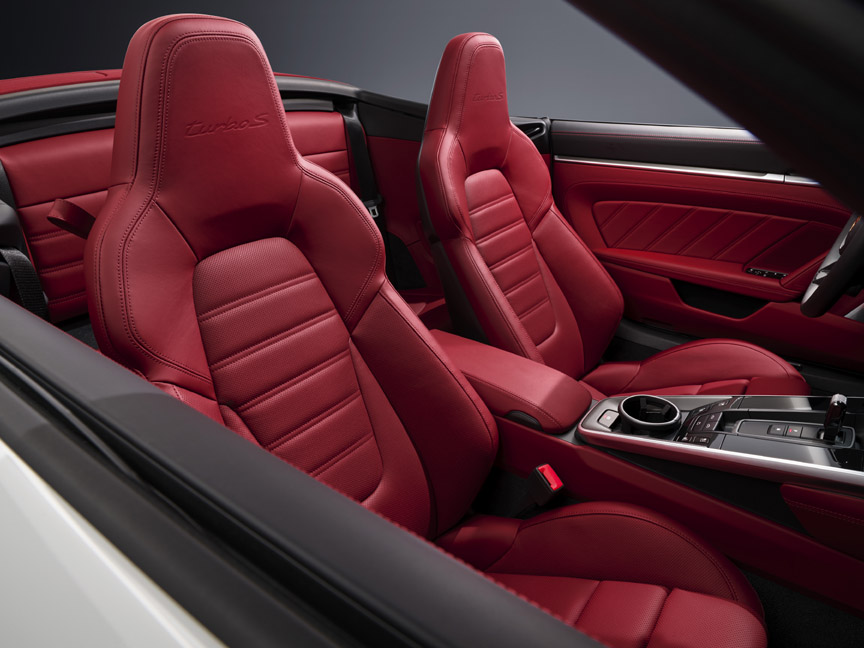
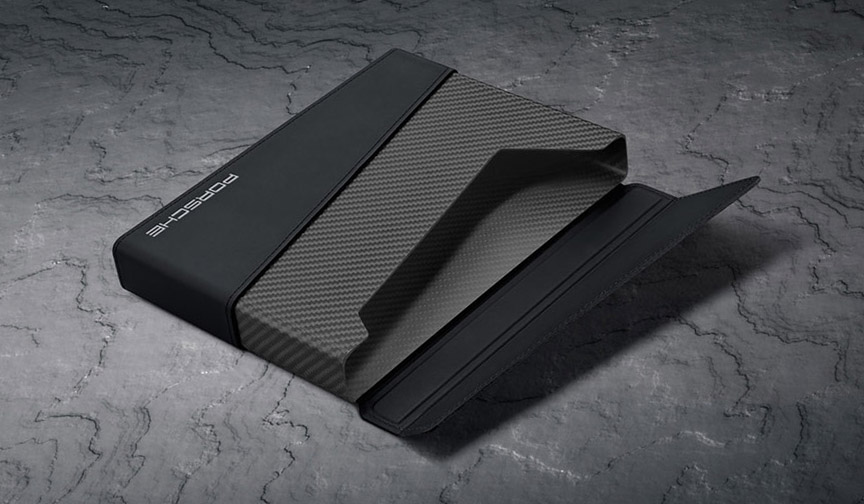
The 911 Hybrid is coming, but later
EU demands the CO2 levels to be decreased to under 95 grams per kilometre over the fleet of new cars by the end of 2020 (with even much lower targets for 2025 and 2030). This means Porsche not only has to offer fully electric vehicles, but has to hybridize the 911 aswell. Remember, 911 hybrid racing cars were made already in 2010 and 2011.

Examples of Porsche CO2 values
| CO2 emission | Peak power | Weight |
|---|---|---|
| 0 g/km 2019 Taycan Turbo S | 560 kW | 2295 kg/5060 lb |
| 56 g/km 2017 Panamera 4 e-hybrid | 340 kW | 2170 kg/4784 lb |
| 66 g/km 2017 Panamera Turbo S e-hybrid | 500 kW | 2310 kg/5093 lb |
| *** 95 g/km 2020 average in EU *** | ||
| 158 g/km 2016 718 PDK | 220 kW | 1365 kg/3009 lb |
| 169 g/km 2016 911 991 Carrera PDK | 272 kW | 1450 kg/3197 lb |
| 212 g/km 2016 911 991 Turbo S | 427 kW | 1600 kg/3527 lb |
| 215 g/km 2019 911 992 Carrera PDK | 283 kW | 1505 kg/3318 lb |
| 296 g/km 2016 911 991 GT3 RS | 368 kW | 1420 kg/3130 lb |
The downside in hybridizing a sports car is that it will gain weight. The weight increase on the hybrid versions of the Panamera and the Cayenne was 15-18% for the plug-in (e-hybrid) versions, but don’t expect that much on the sports cars. As the Panamera and Cayenne hybrids are comfortably under the EU CO2 emission requirements, the 911 hybrid doesn’t have to strive that much – the fleet average is the target. The 911 hybrids can be well over 100 g/km cars, which means they don’t have to carry much batteries.
Going over the 95 g/km (9.5 kg/100 km) CO2 emissions in fleet average in 2021 translates to the penalty of 95 EUR per every gram over the limit per every car sold in Europe. For example, every 992 Carrera (215 g/km) would be liable for 11.400 EUR penalty if not balanced out by electric and hybrid cars. It is not probably the amount of penalty that would take the customers away from the high CO2 cars in the future, but it is that nobody wants to be a bad person.
All the 4-door Porsches will become electric and hybrid, versions with just an internal combustion engine (ICE) will disappear for them. In Europe, which is behind the CO2 regulations, Porsche’s sales divide into 55% for 4-door and 45% for 2-door cars. Roughly speaking, if half of the cars (4-door) will be under CO2 limits, then the second half (2-door cars) can keep on polluting. This means some 2-door ICE Porsches can remain for time being.
As Europe only makes 20% of Porsche sales, the EU environmental rules will not affect all the models sold in USA, China and other markets. The 4-cylinder 911, the 912, might also make its comeback after more than 40 years.
The ones who have driven Taycan or Tesla Model S, know, that electric acceleration makes you smile as much as you have used to in your 911 when flooring it. The acceleration feeling is like in a 911 Turbo. If you don’t agree, it means you haven’t floored a powerful electric car. The 992 Hybrid (and the 992.2 Electric?) will naturally be heavier compared to the 992 GT, but 991 Targas and Turbos have shown that heavy weight hasn’t decreased the sales. With Panamera Turbo S e-hybrid Porsche showed that the extra weight will be balanced out with extra power (500 kW in the case of Panamera Turbo S e-hybrid). If you are not going to the race track – which most of the Porsche owners don’t – you never focus on the weight of the car. And for going to the track there will always be a dedicated 911.


